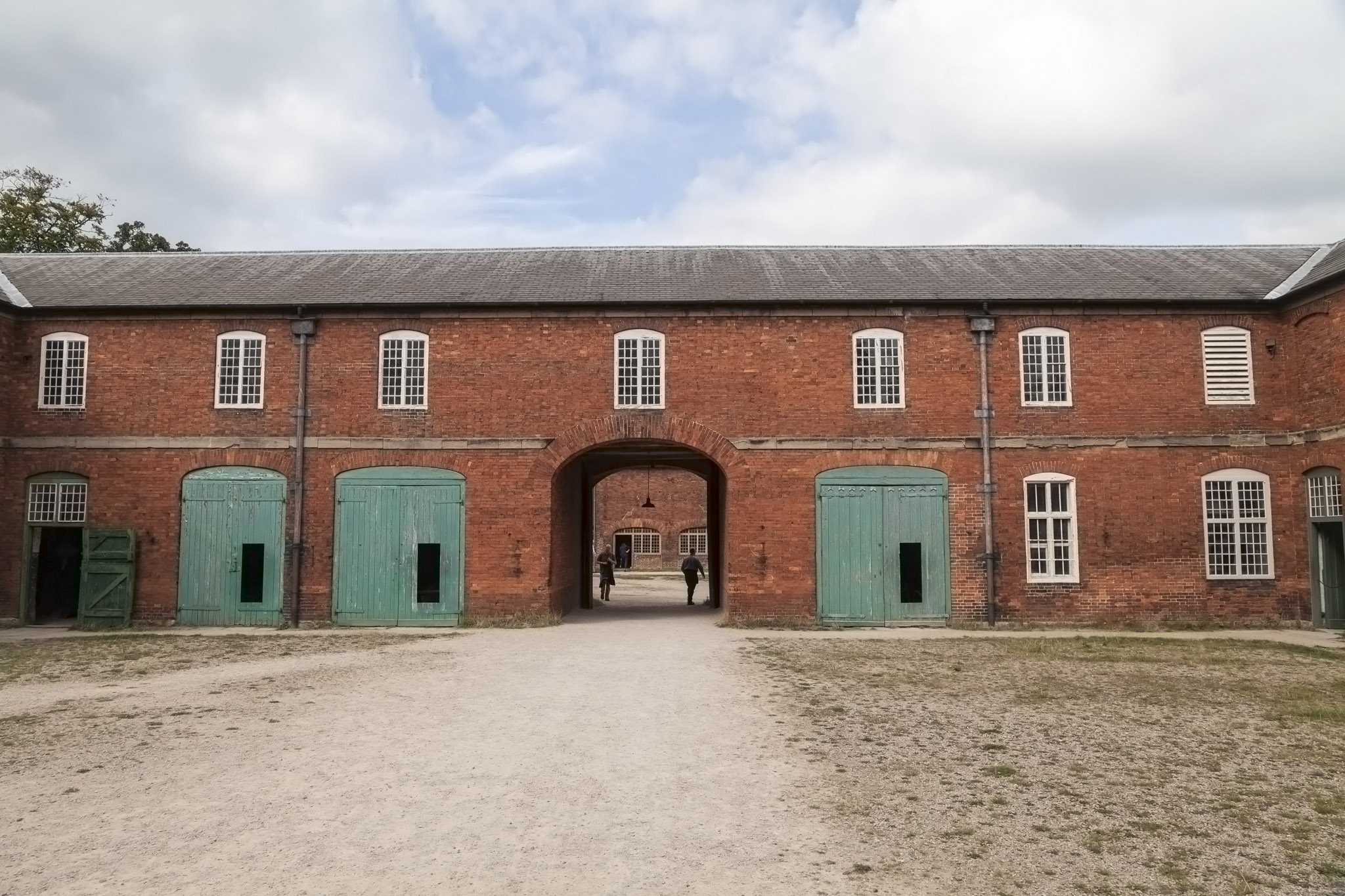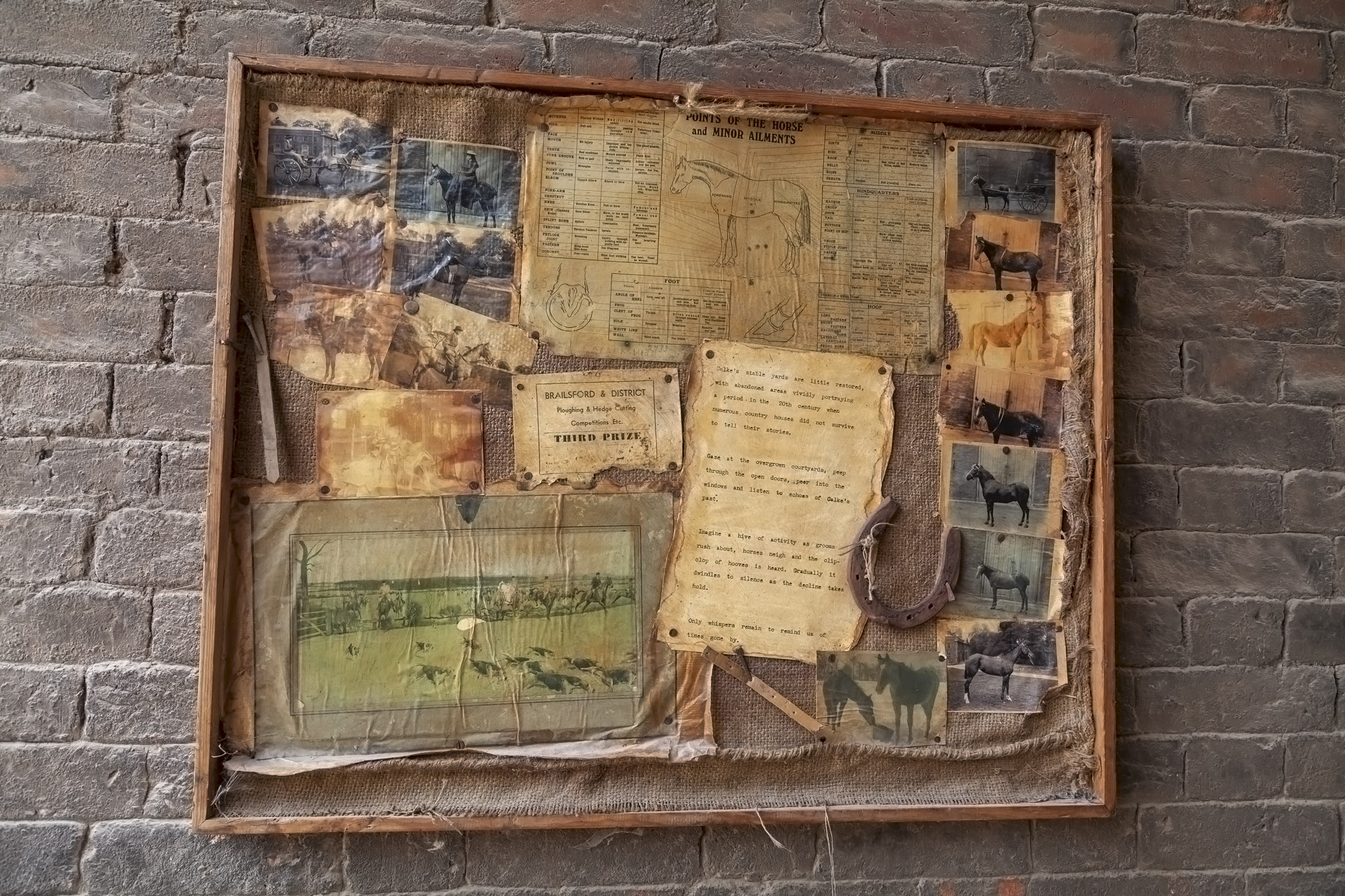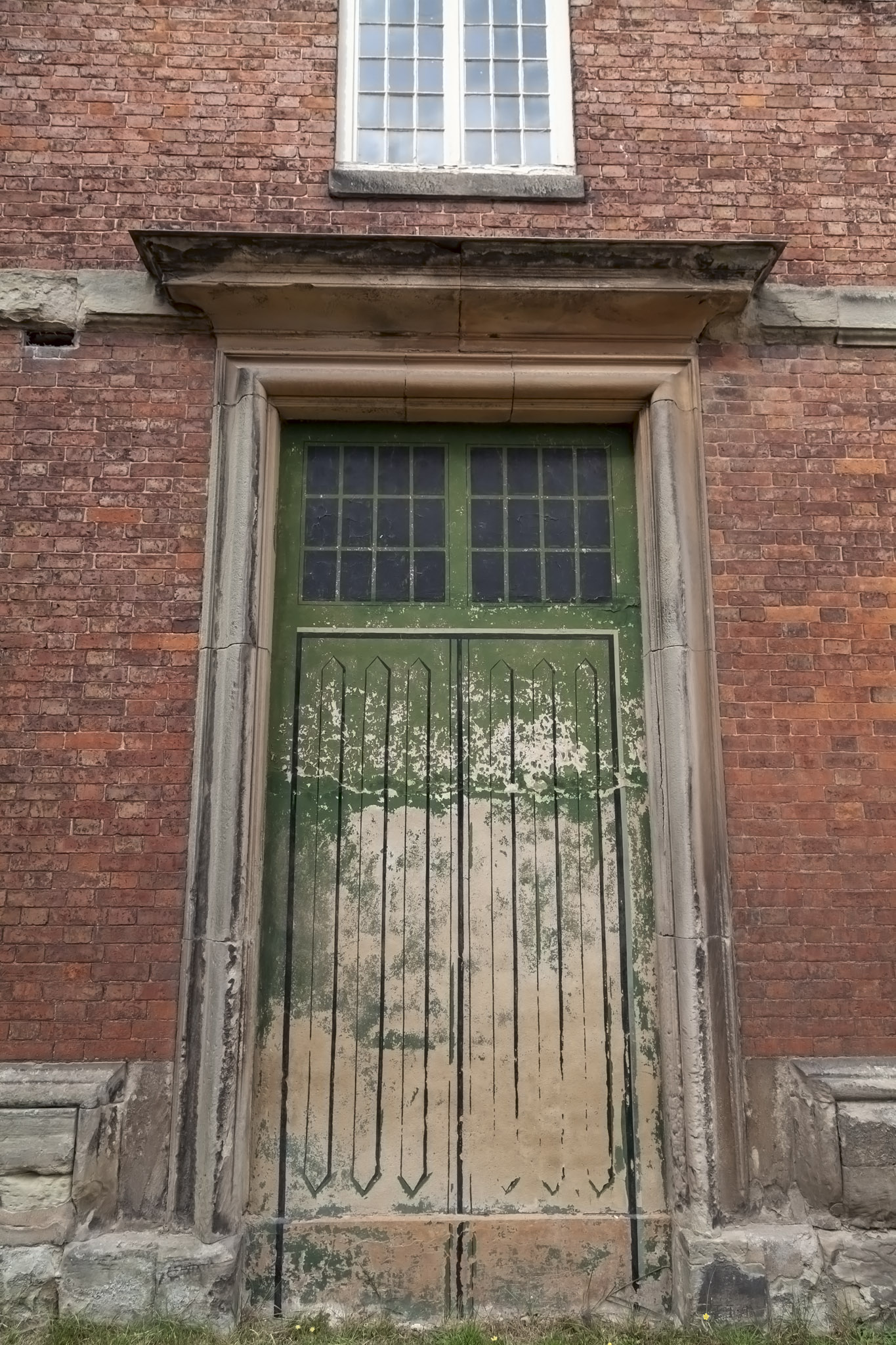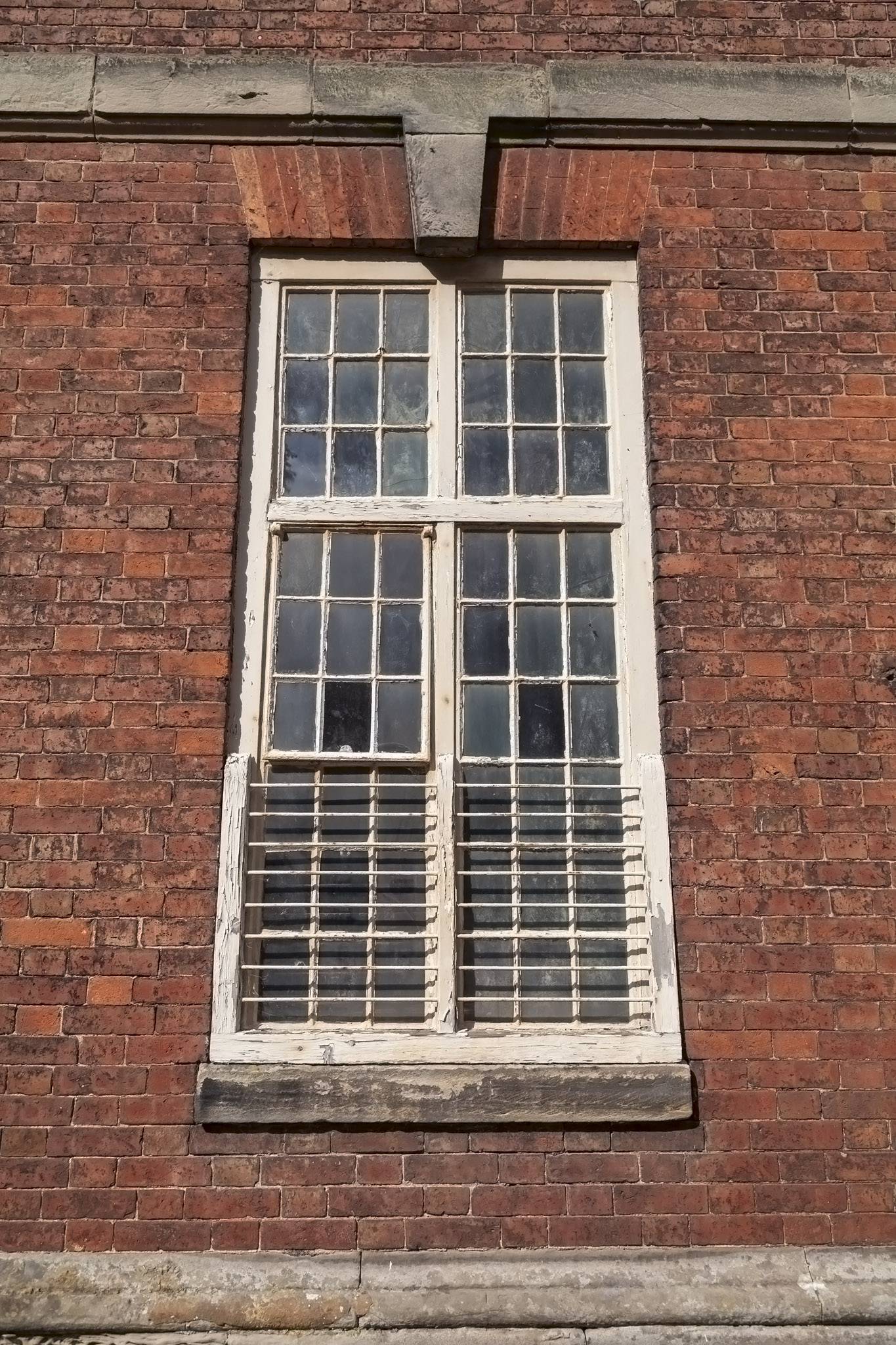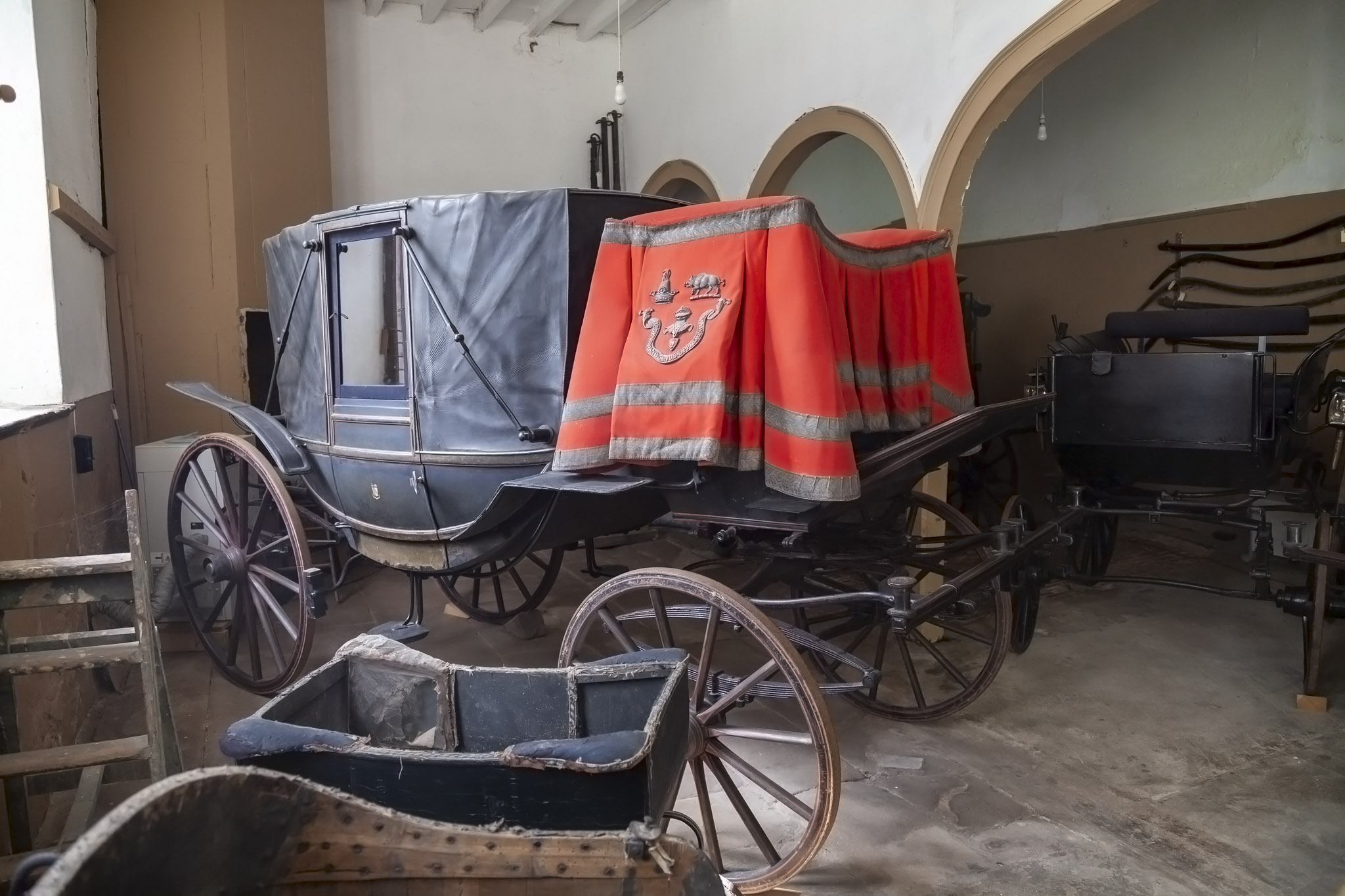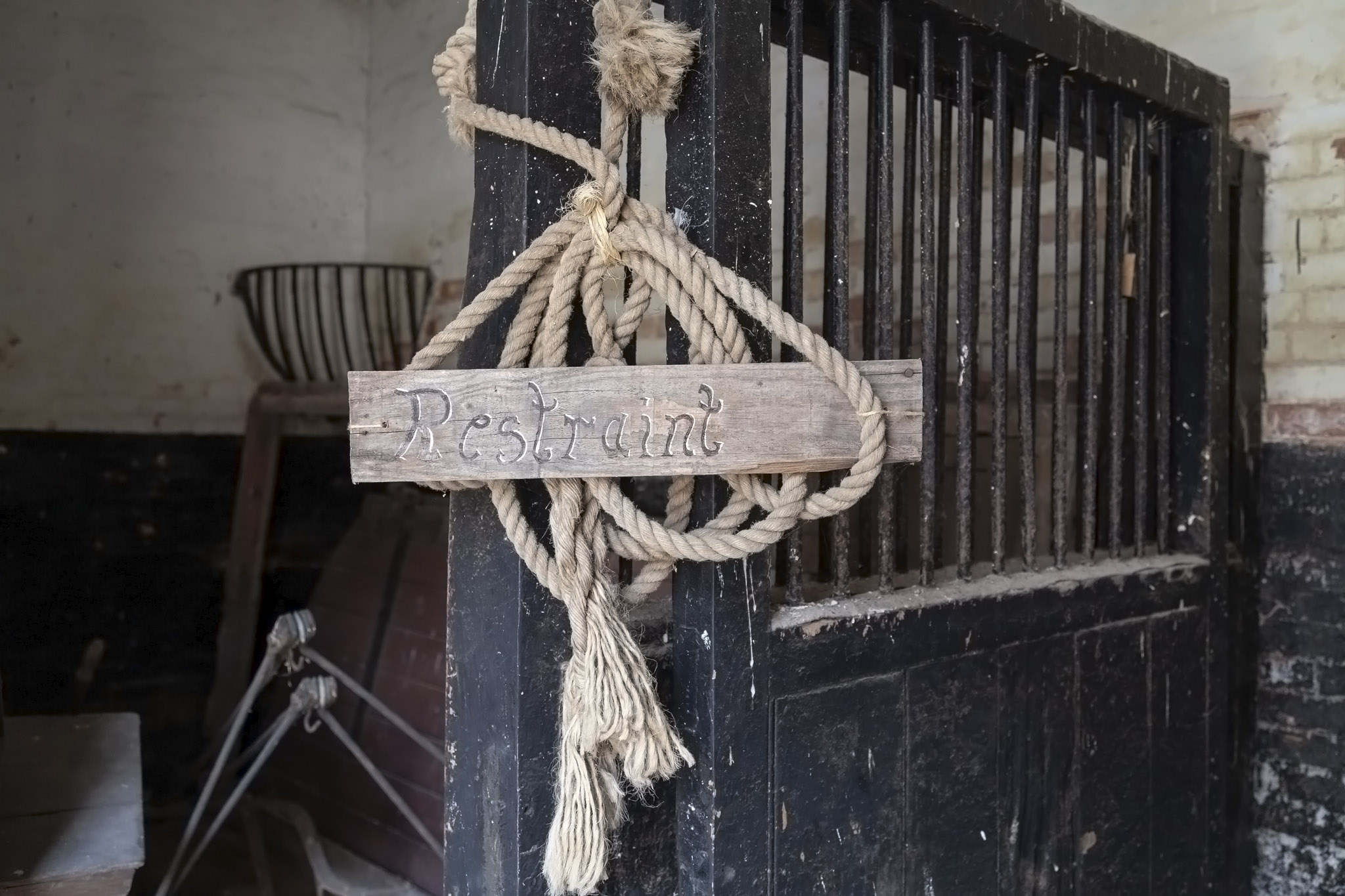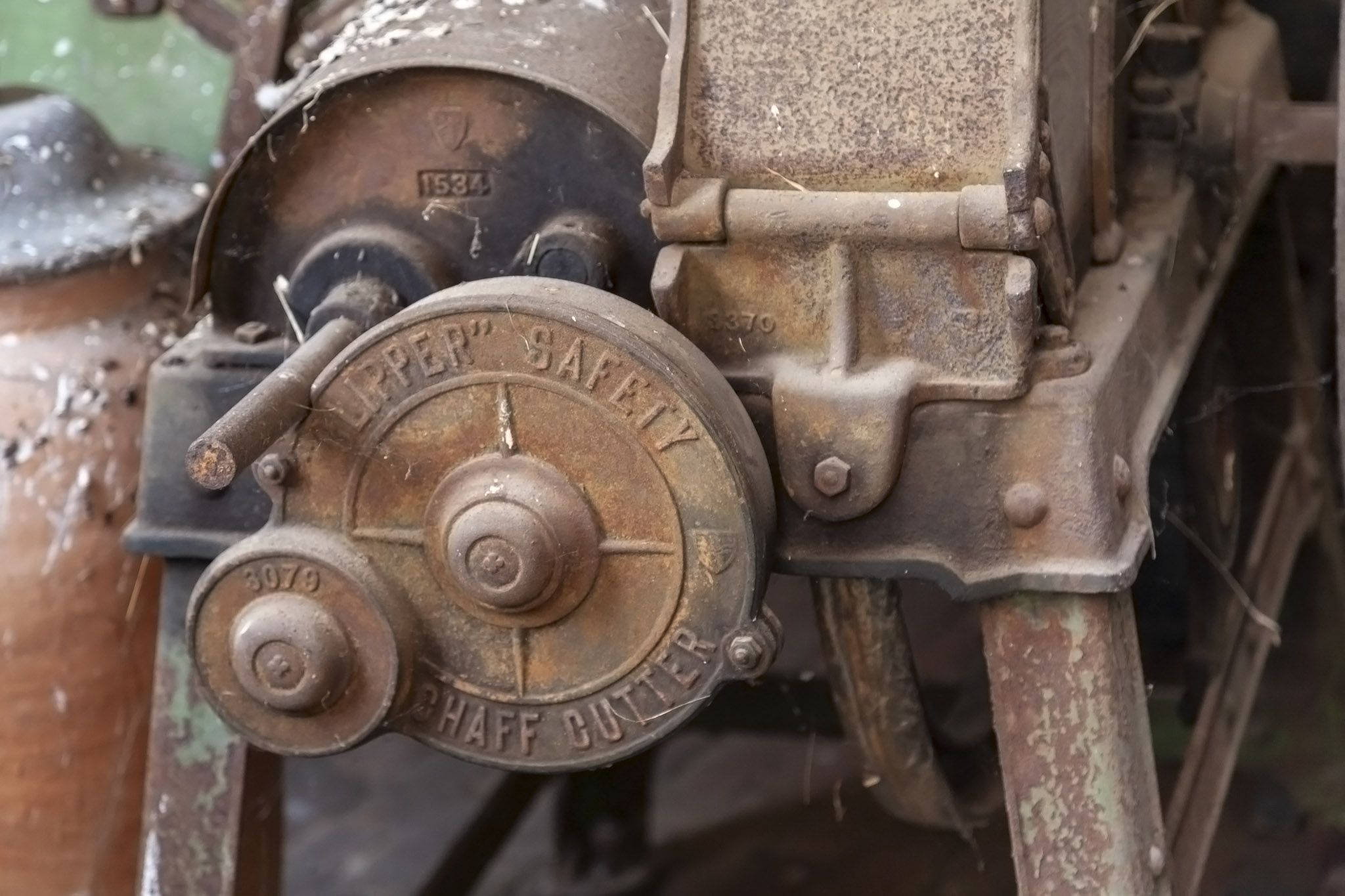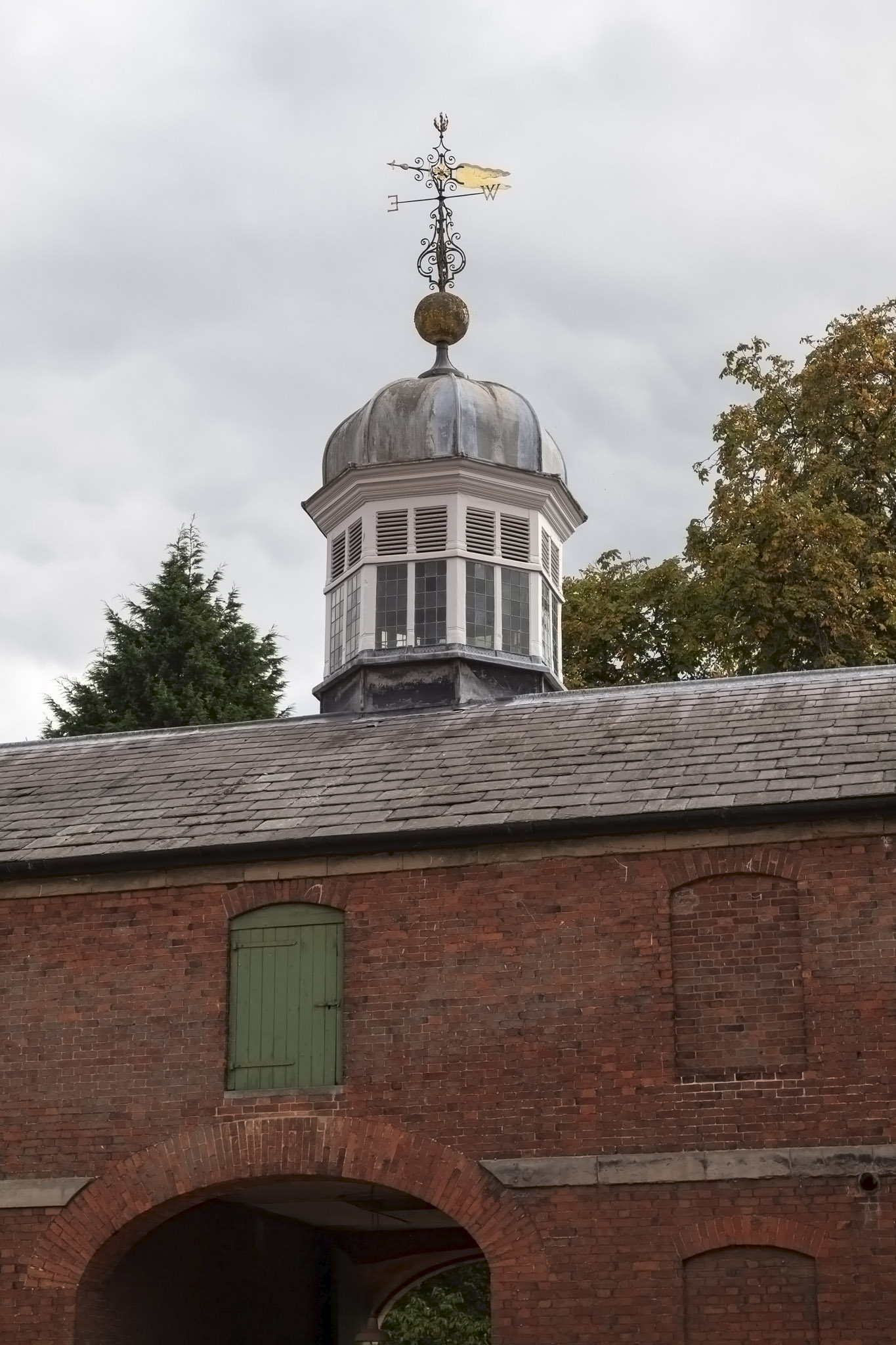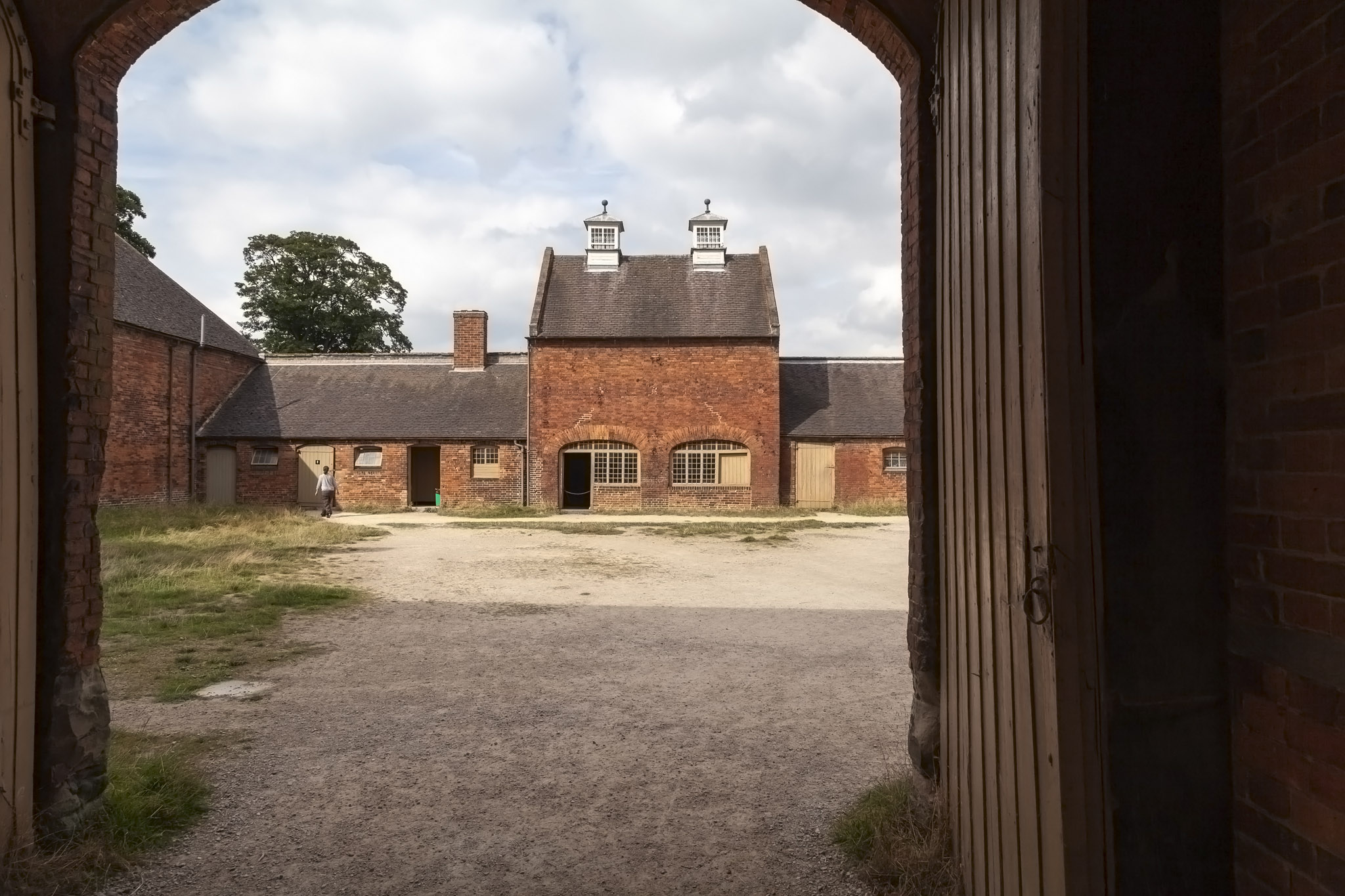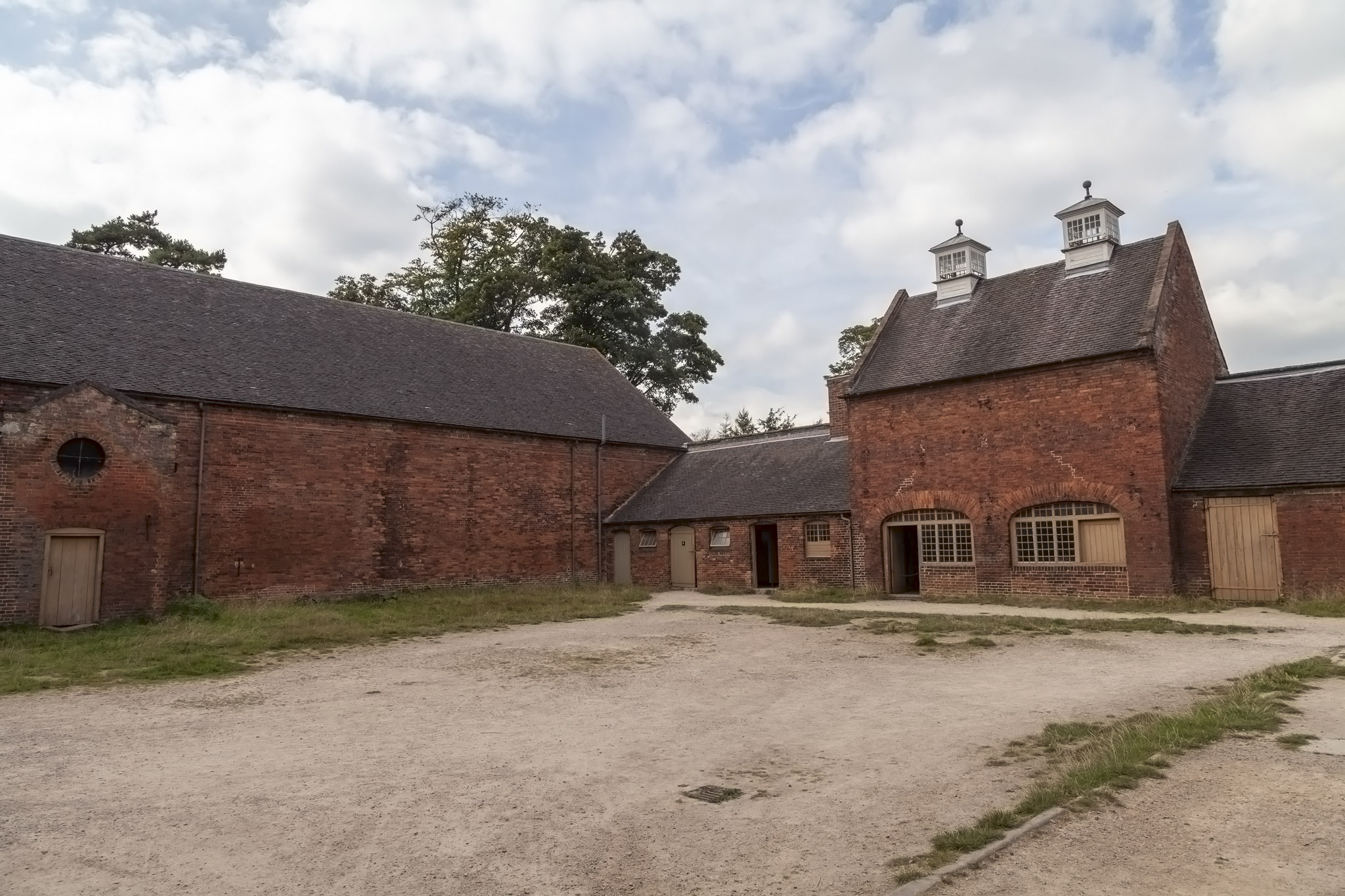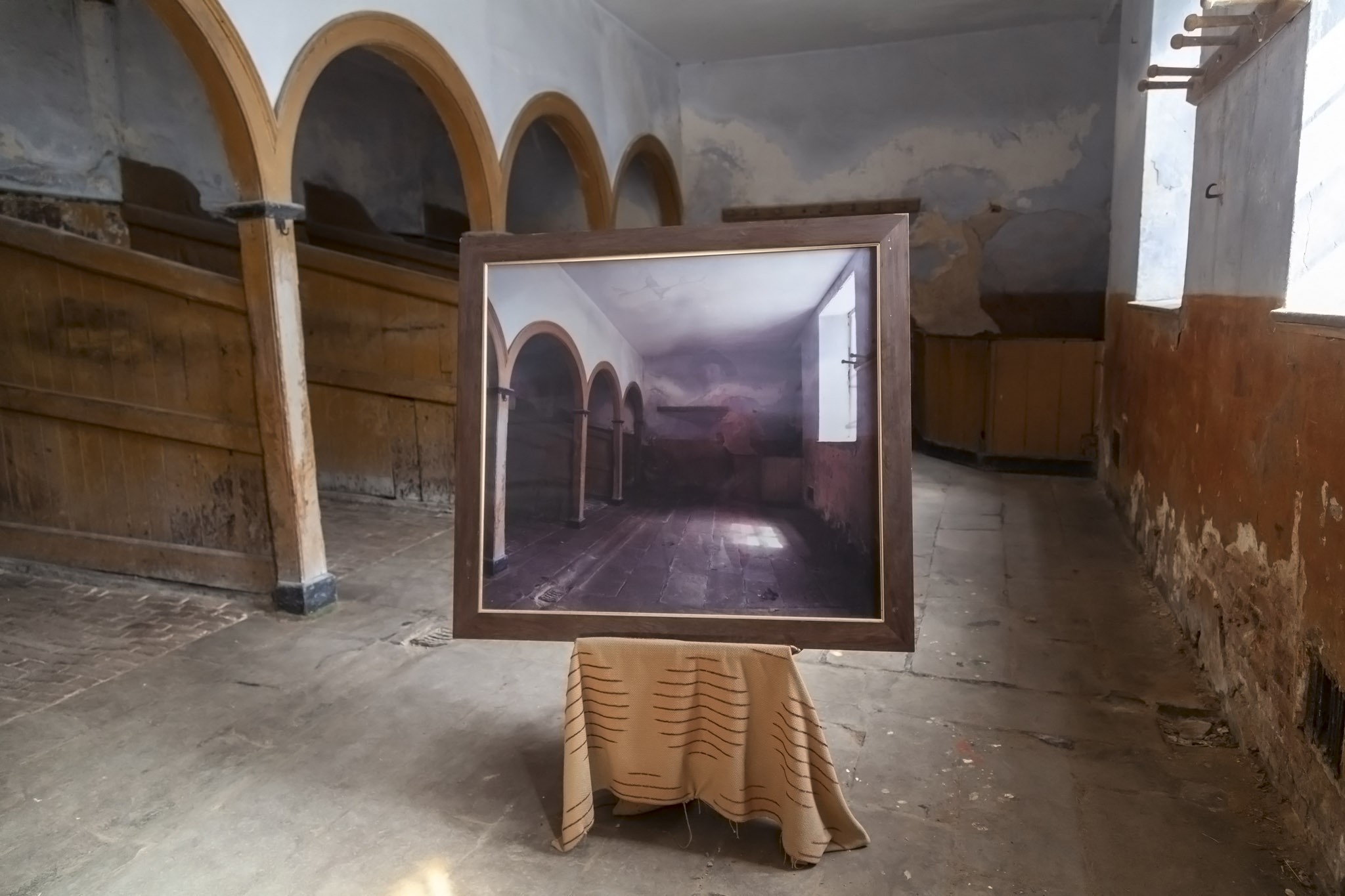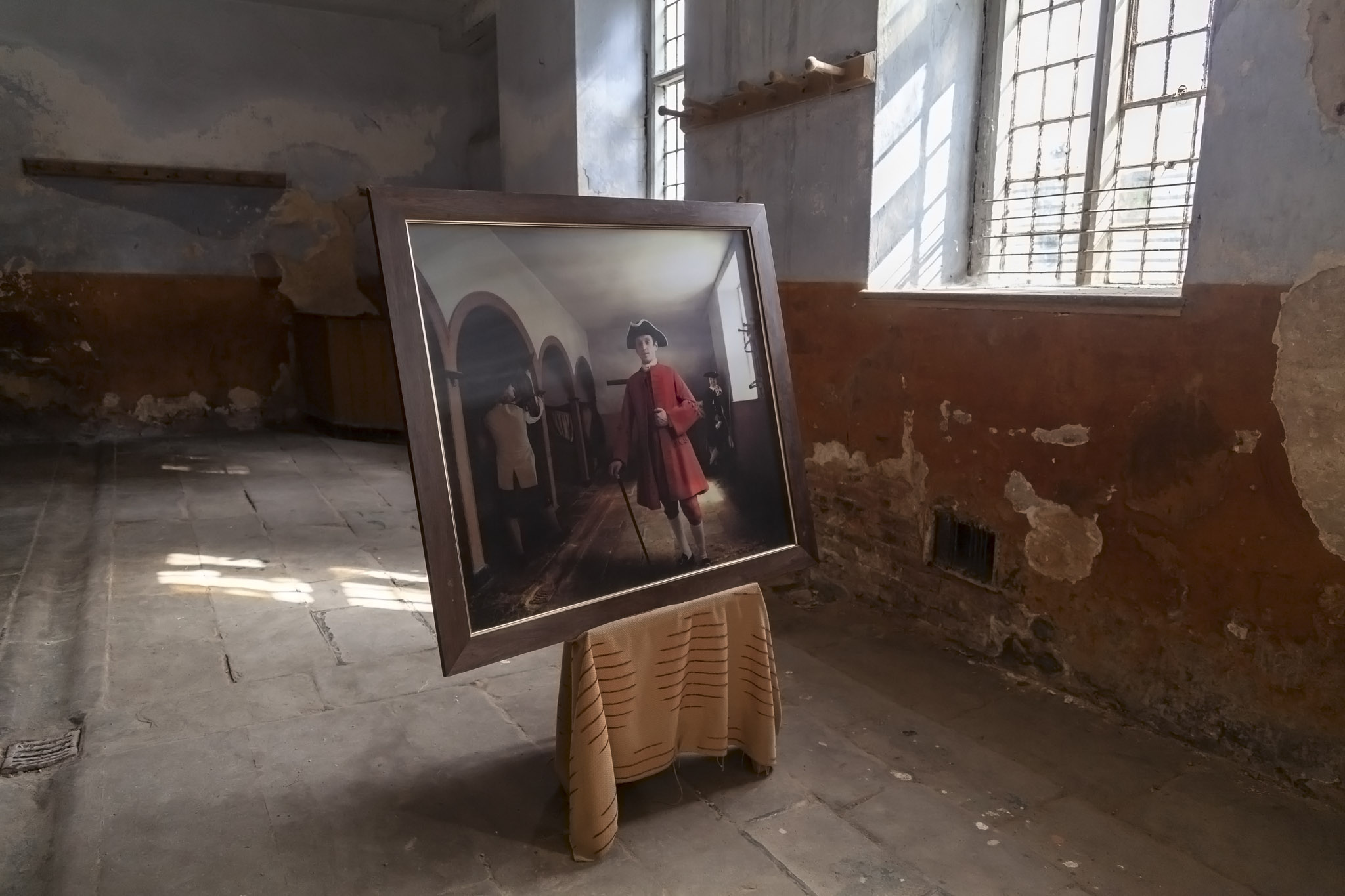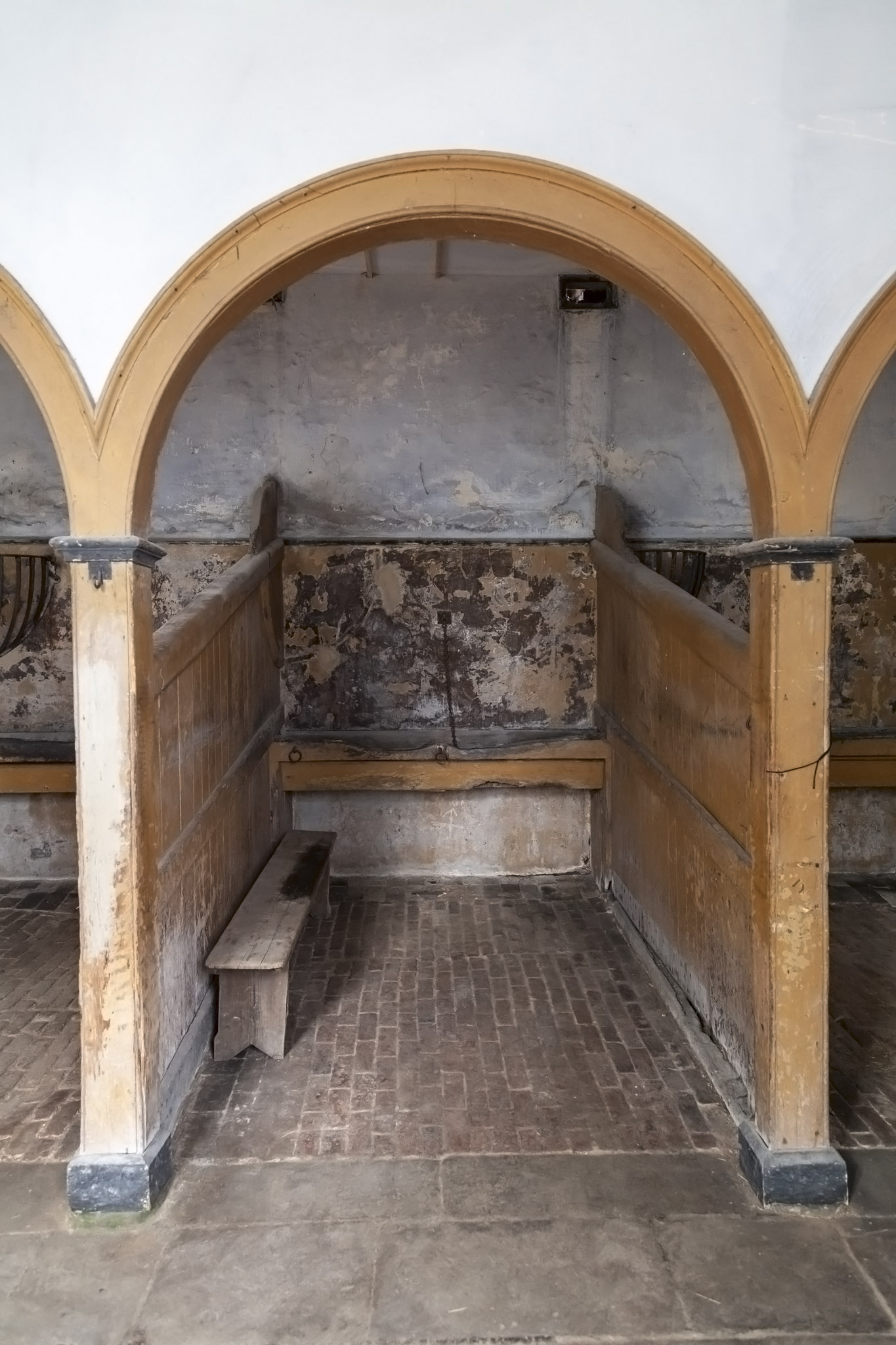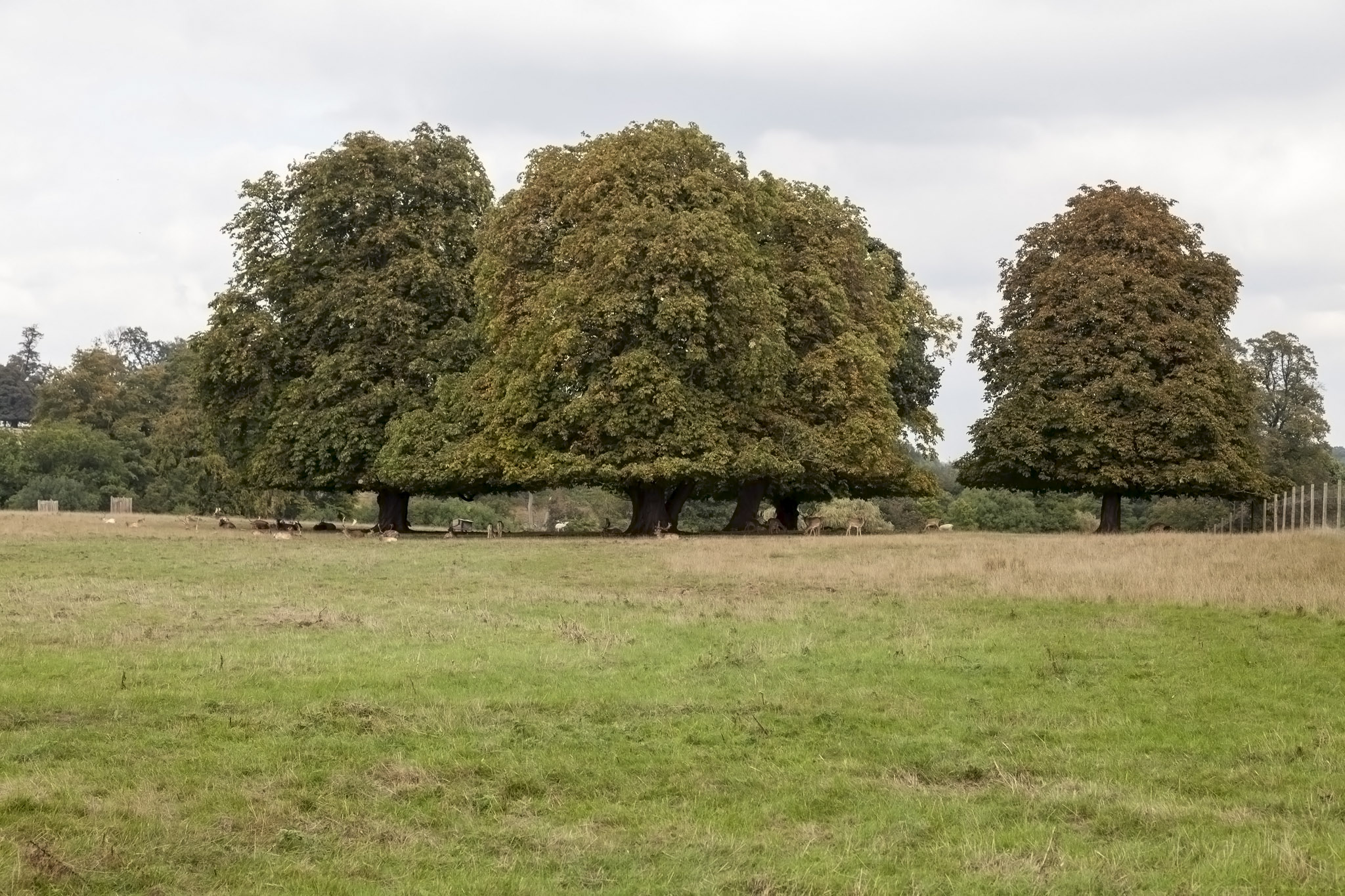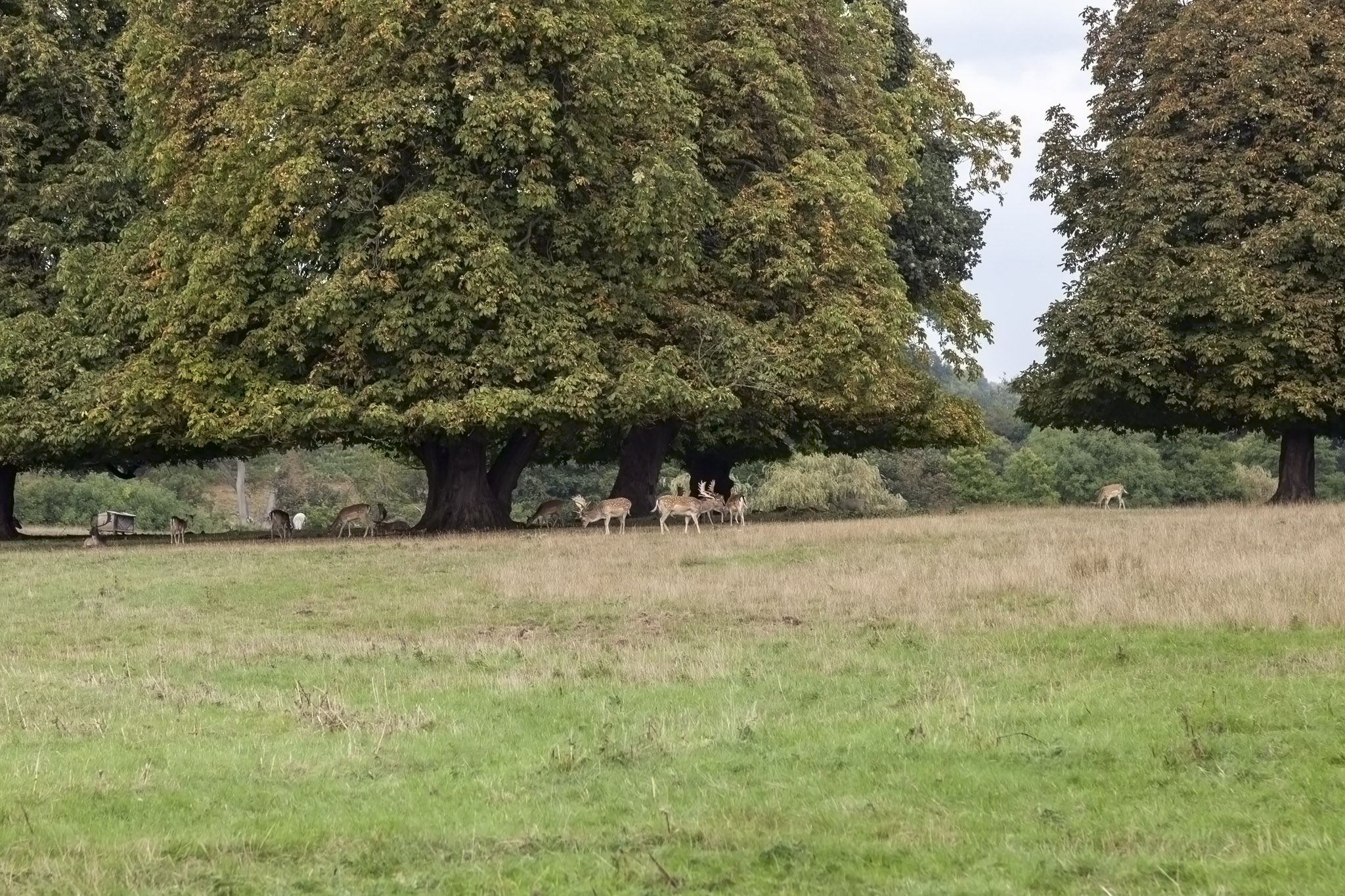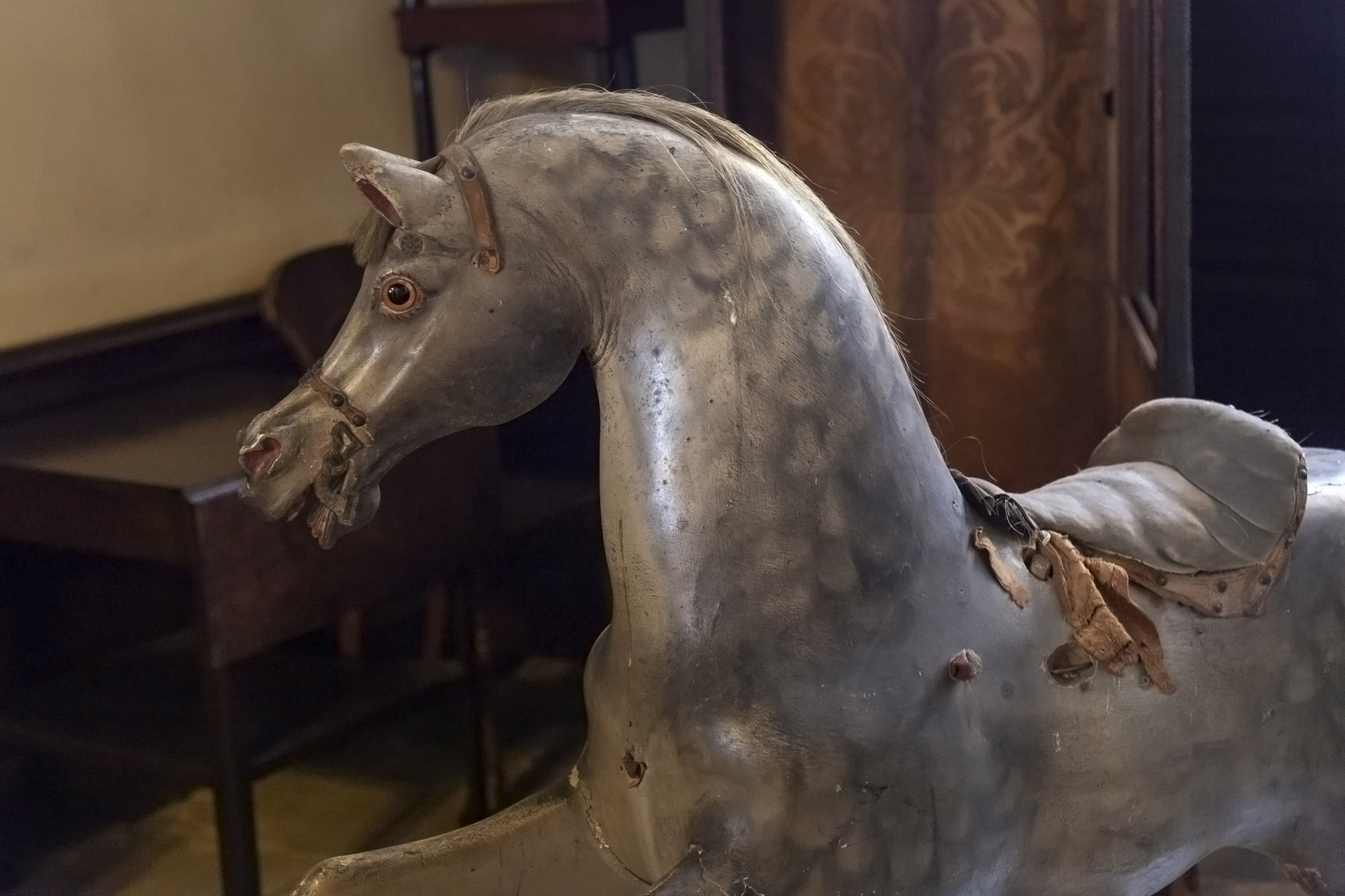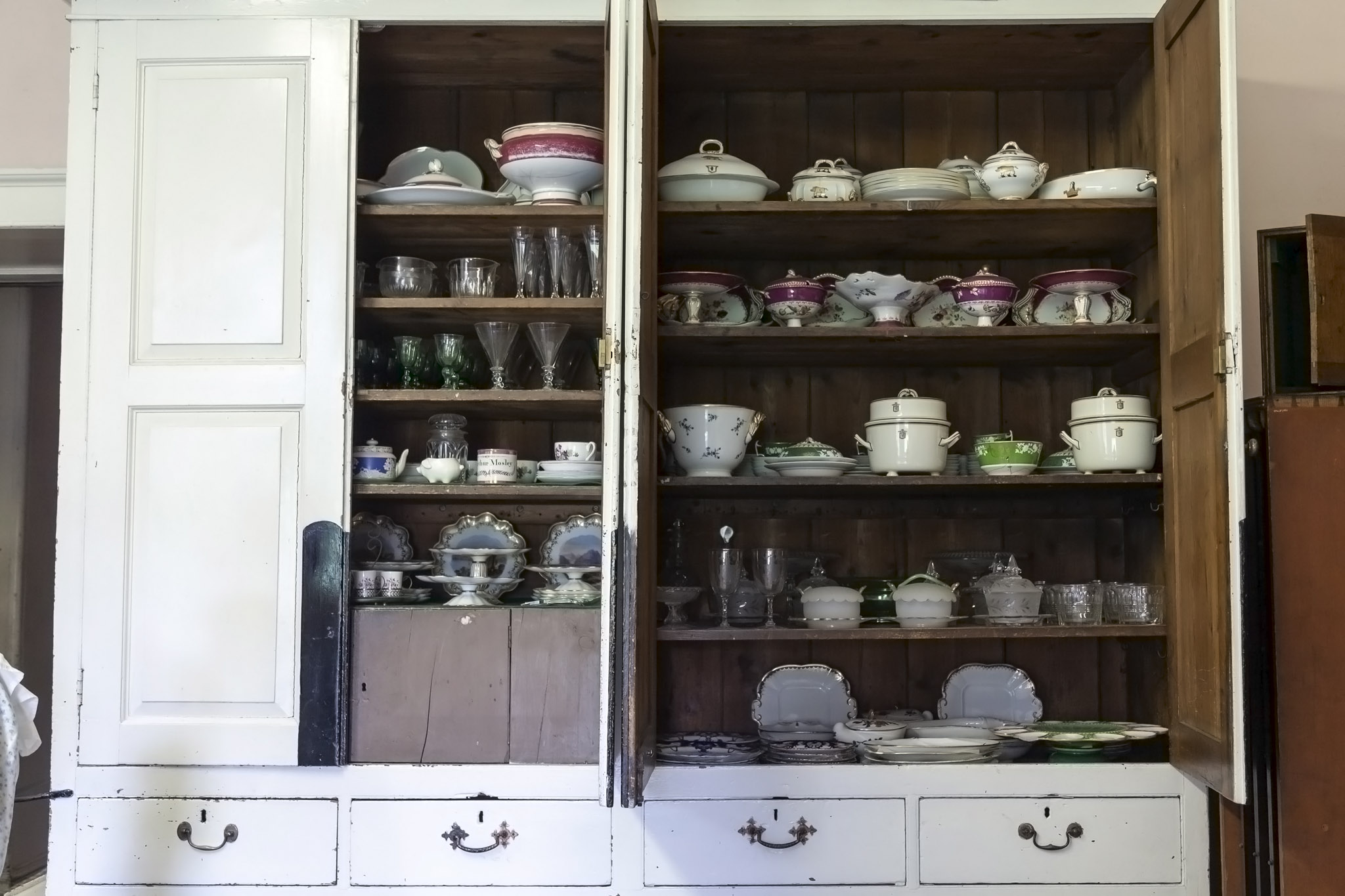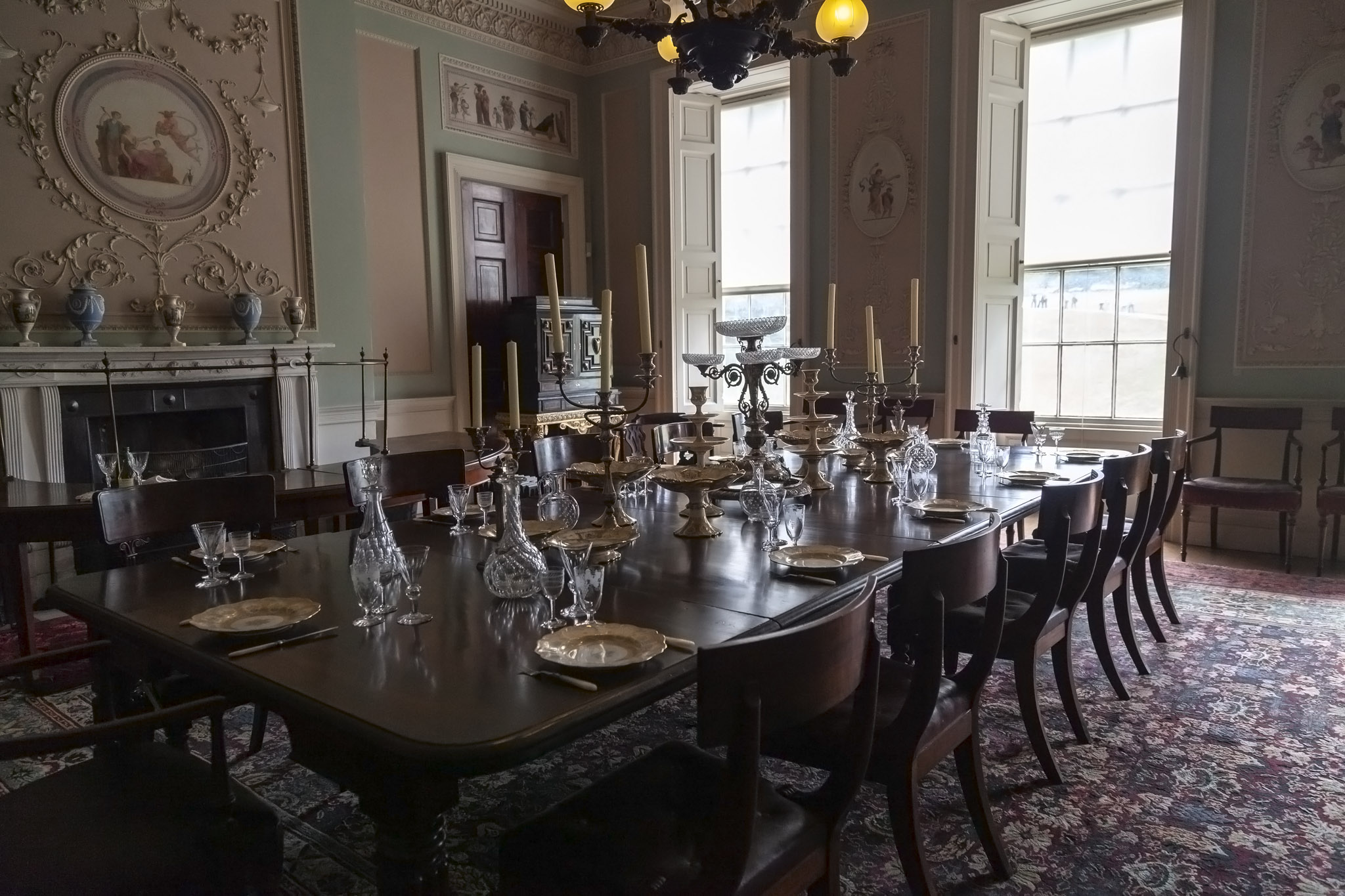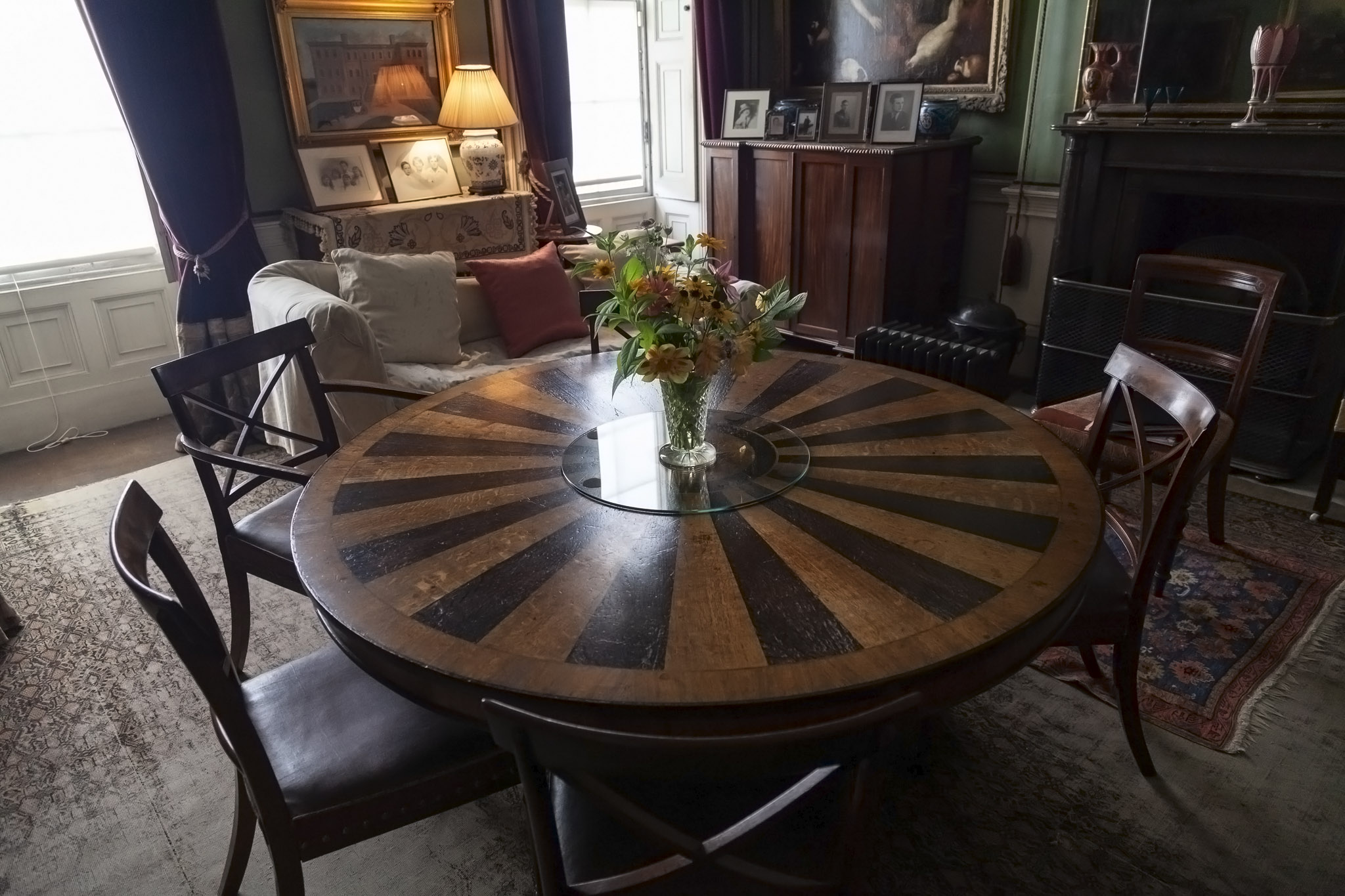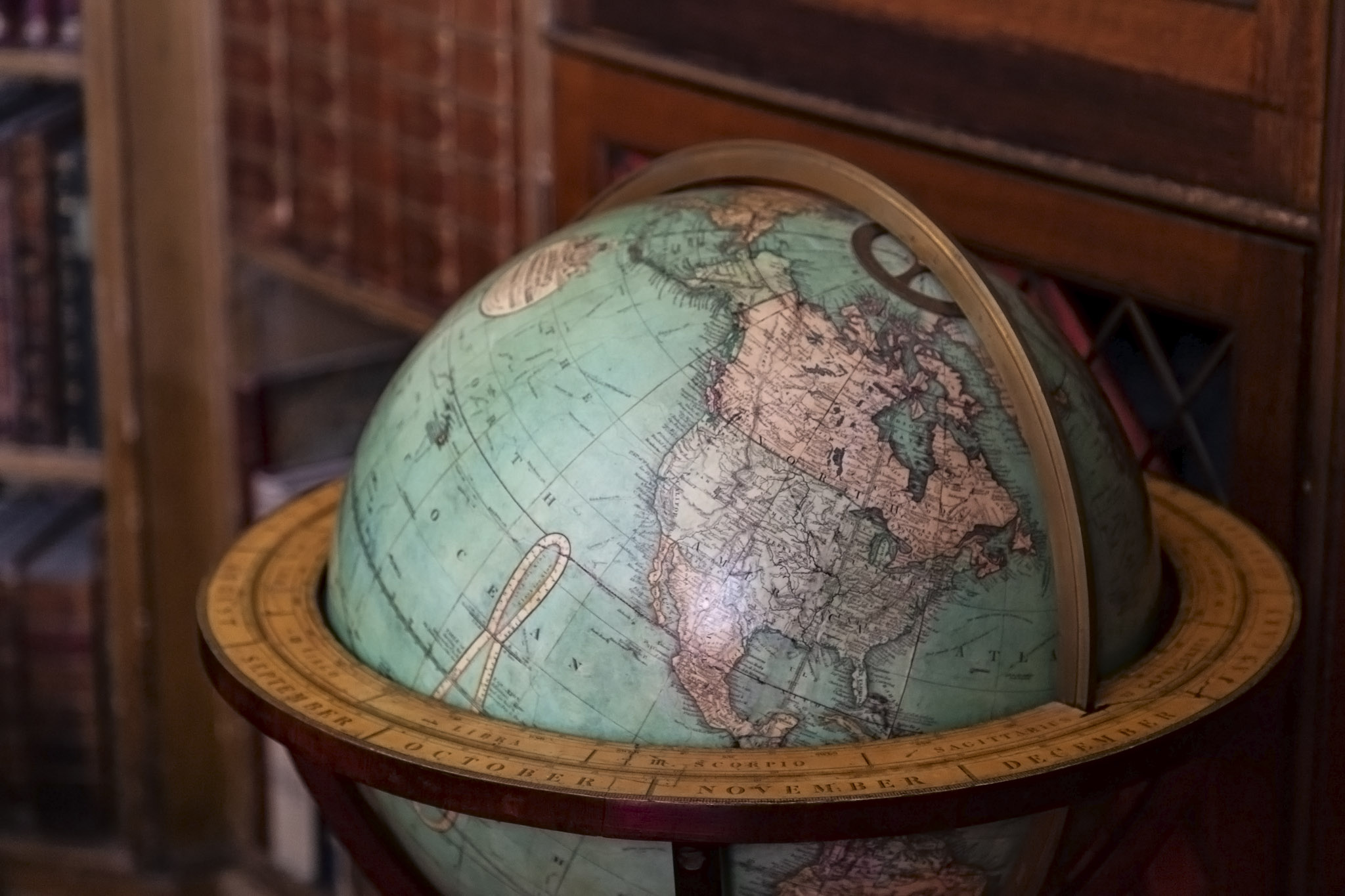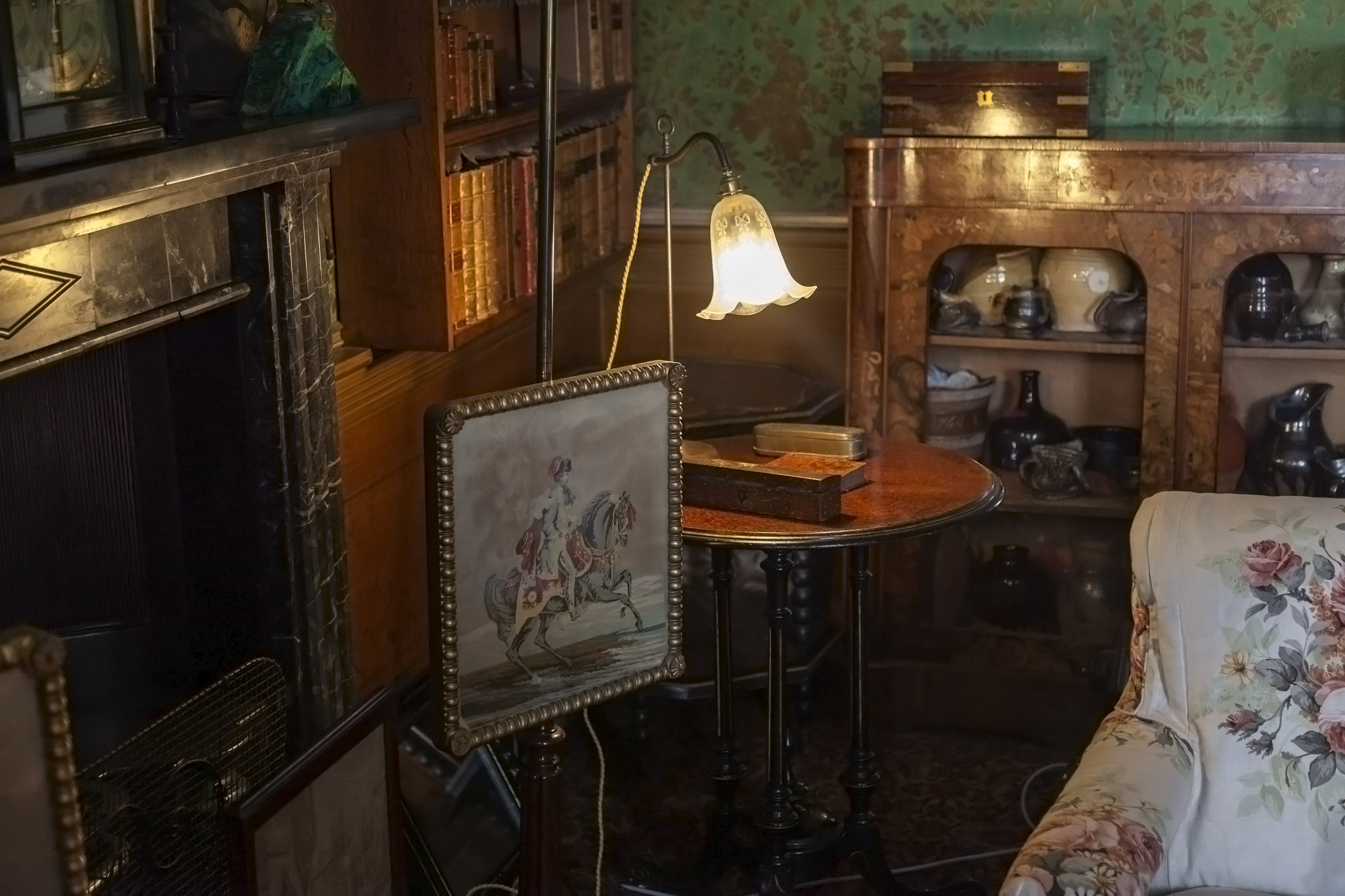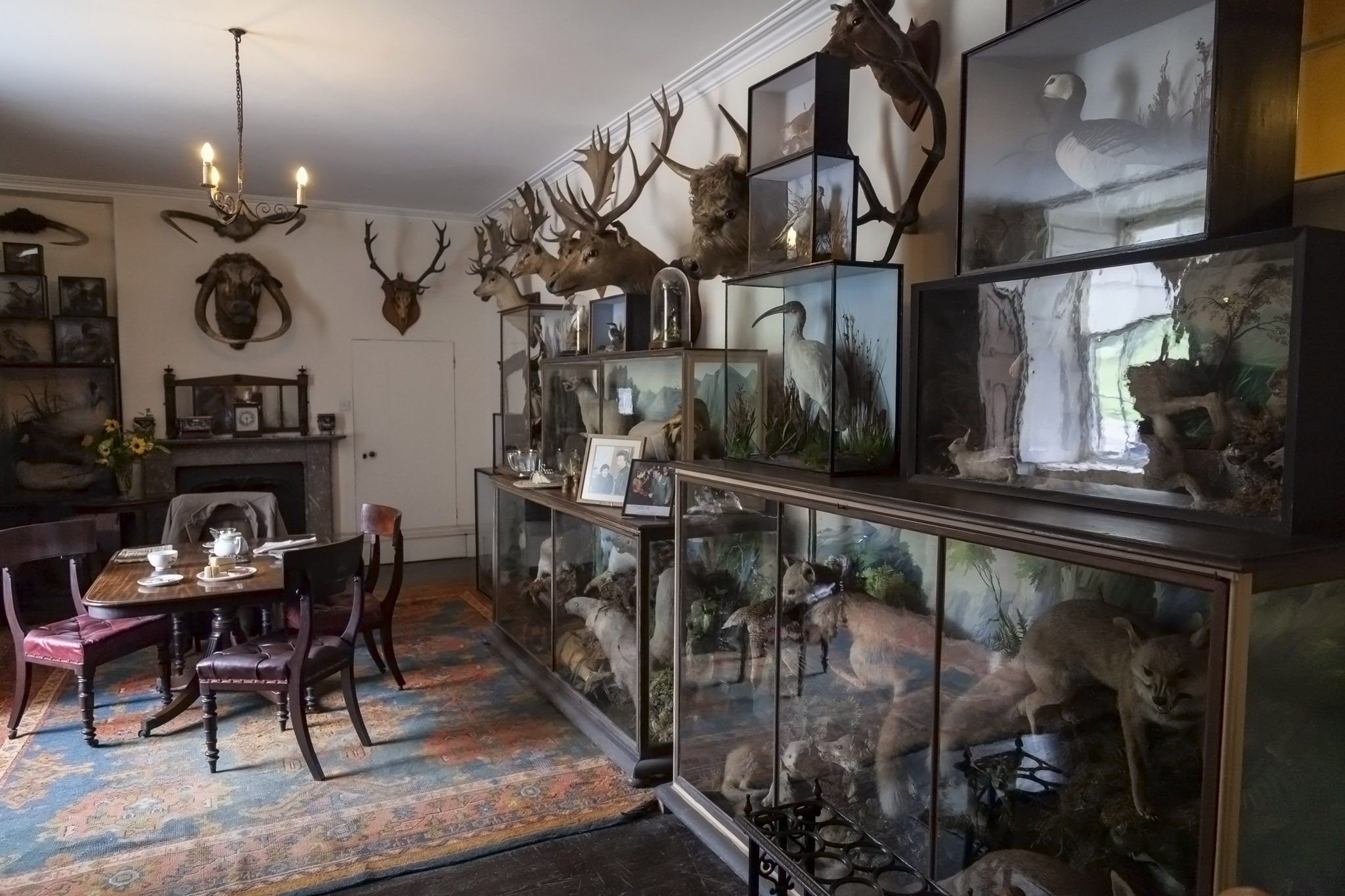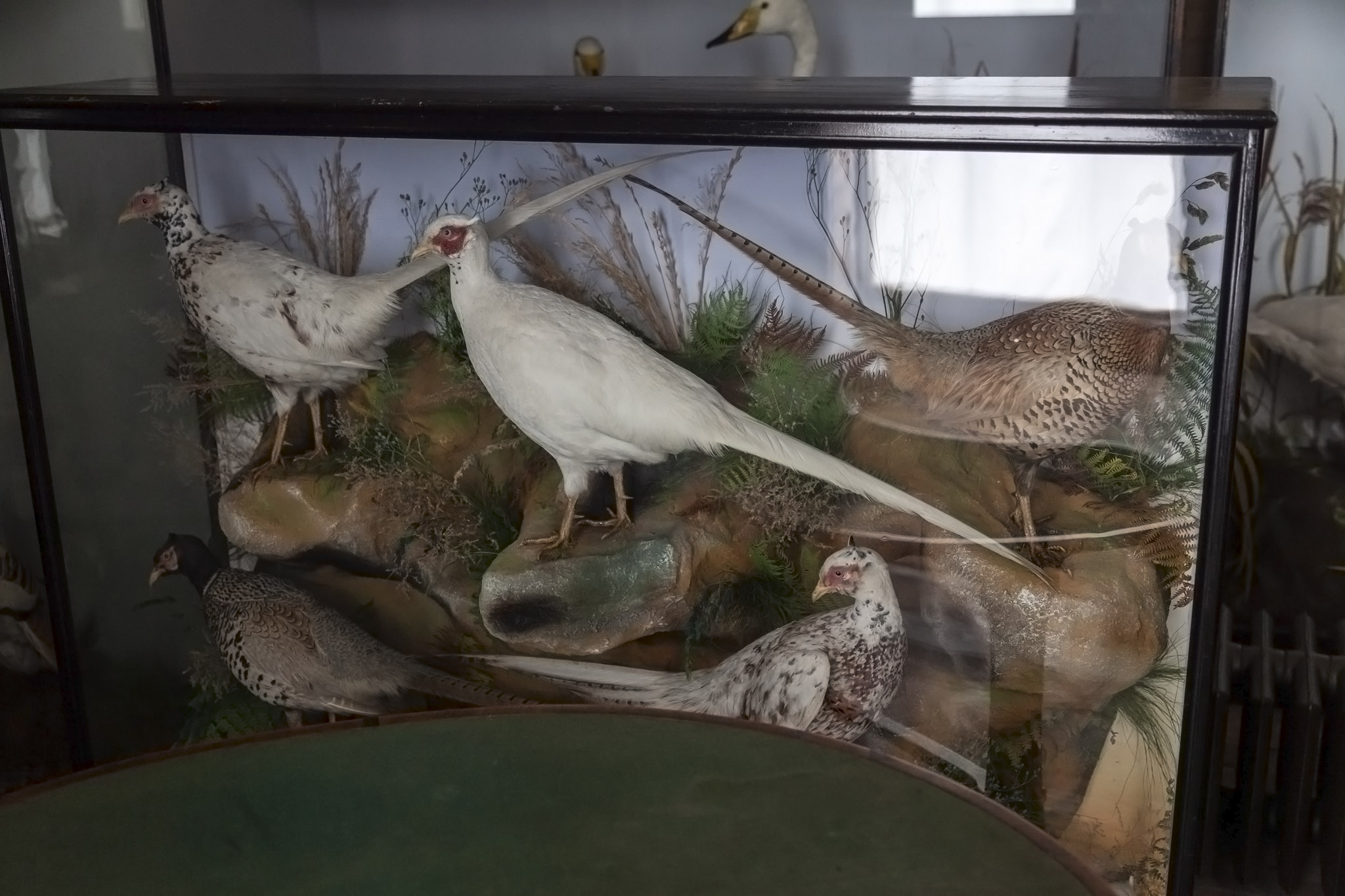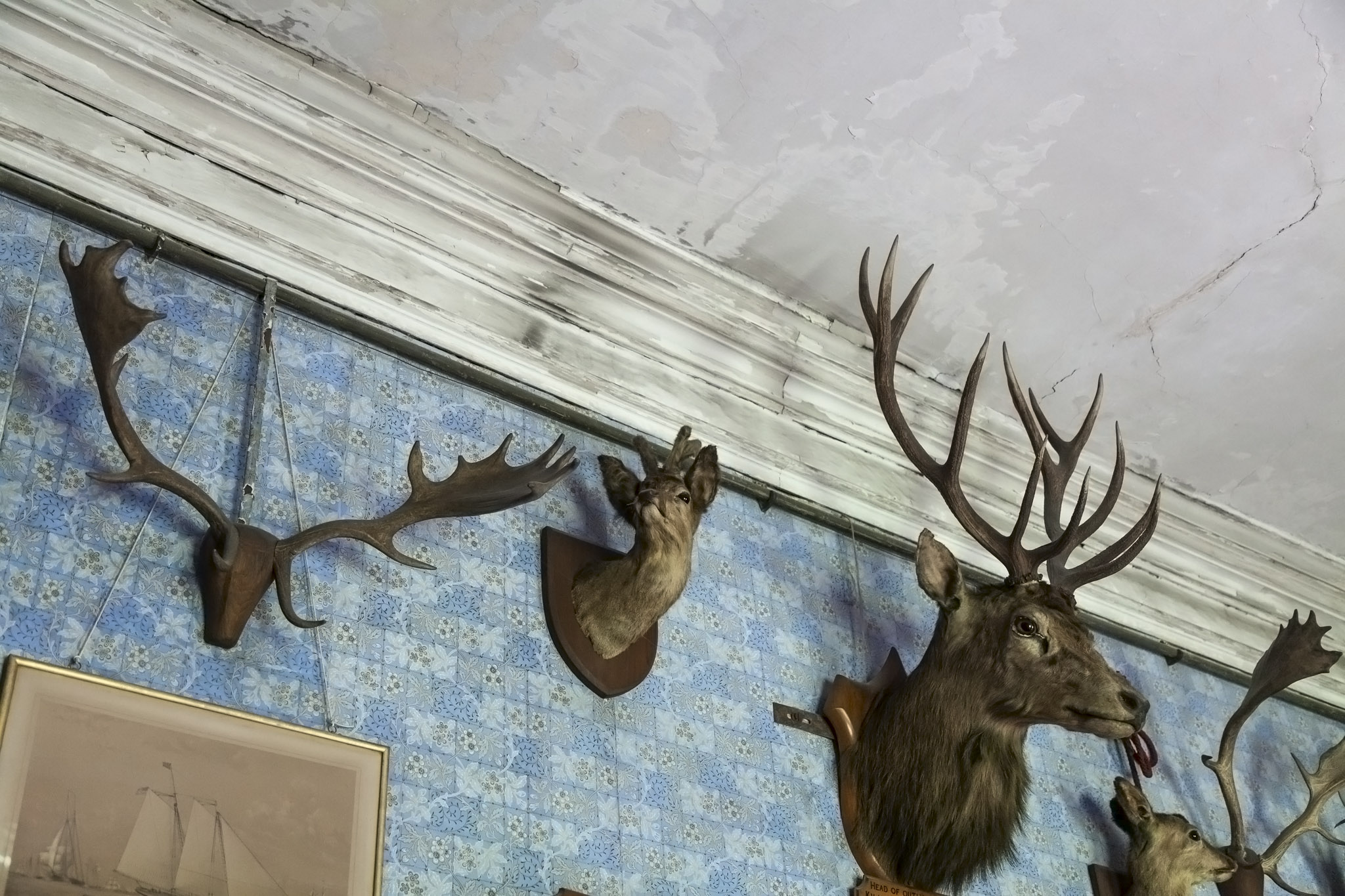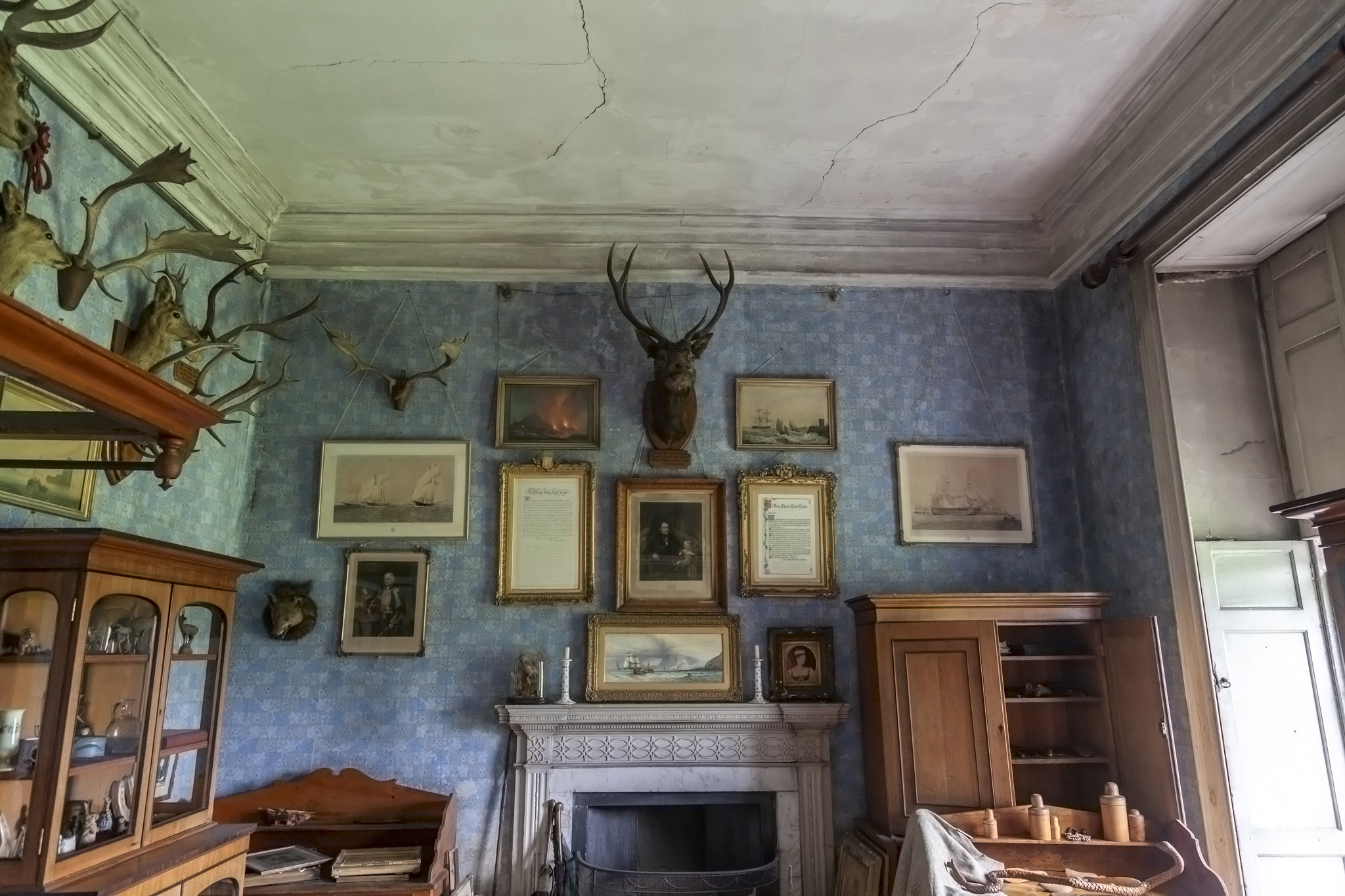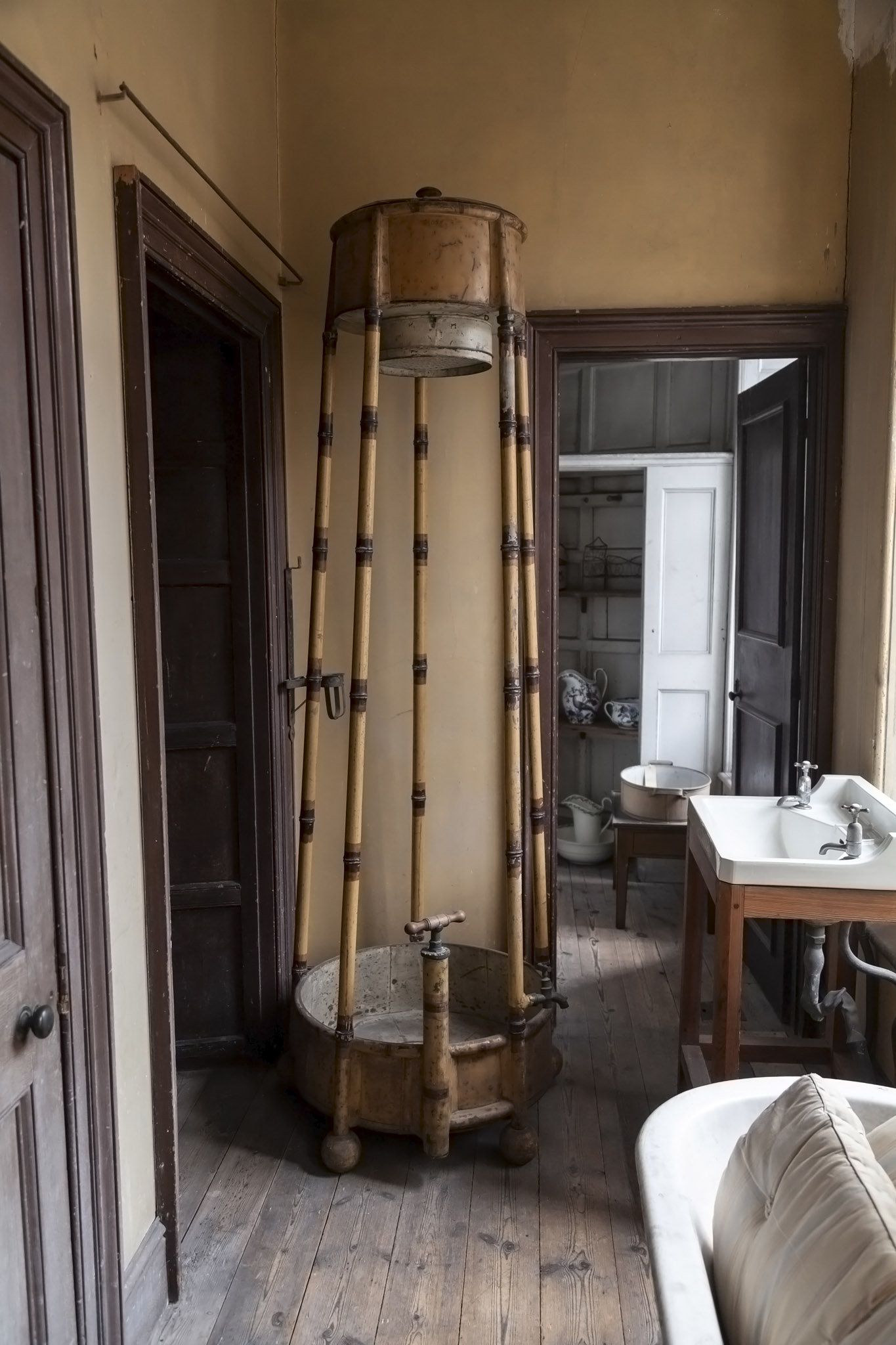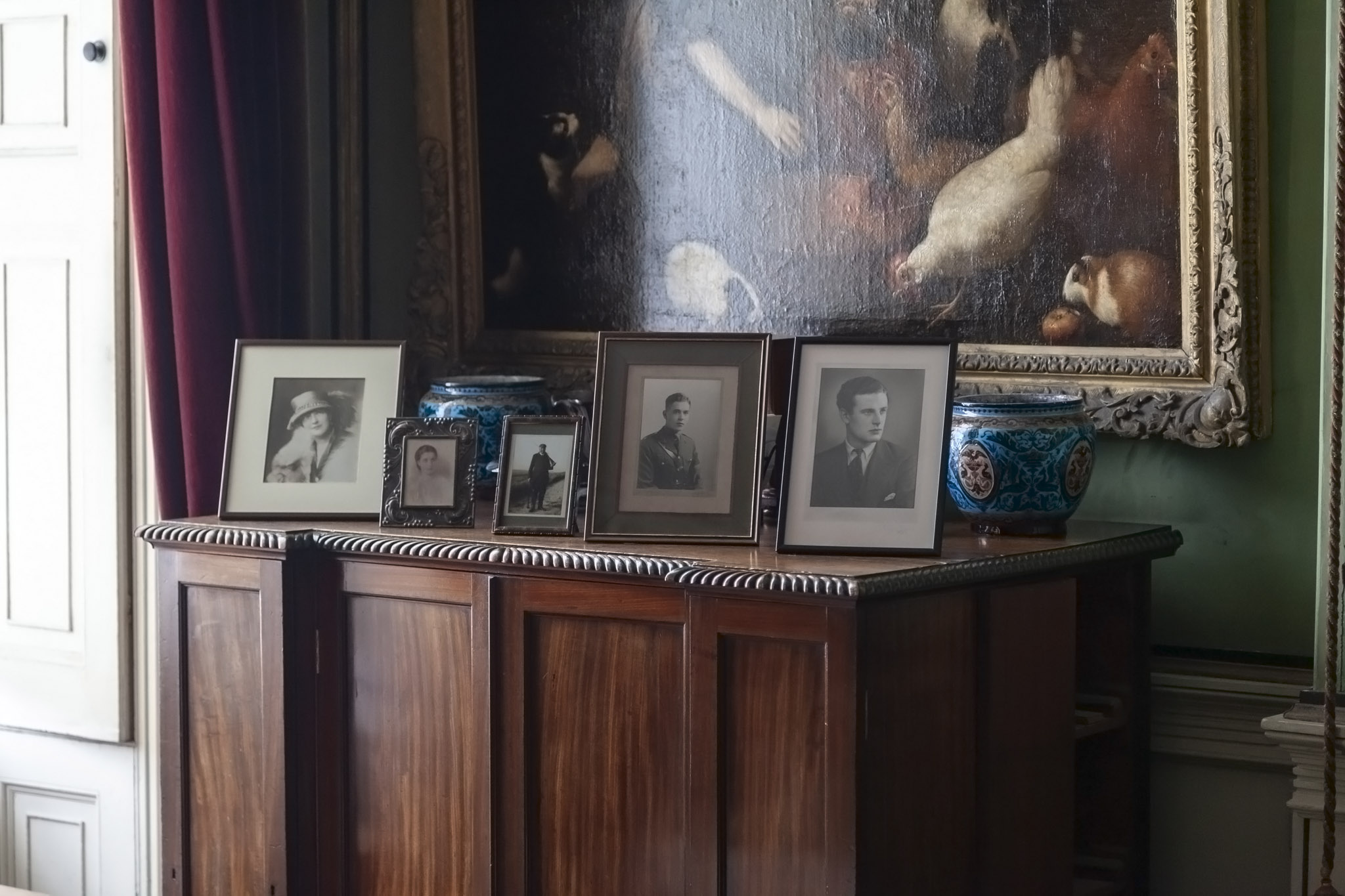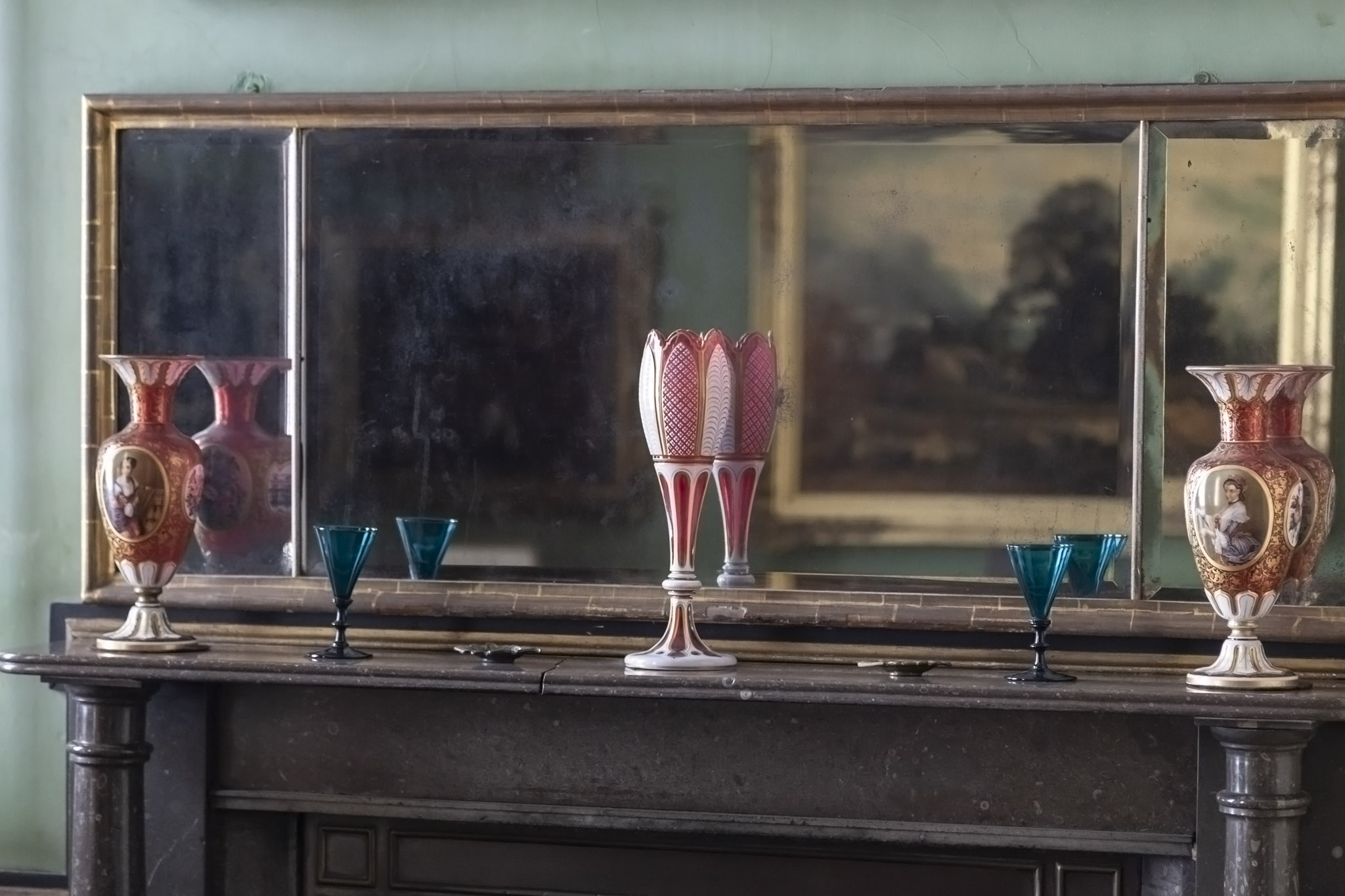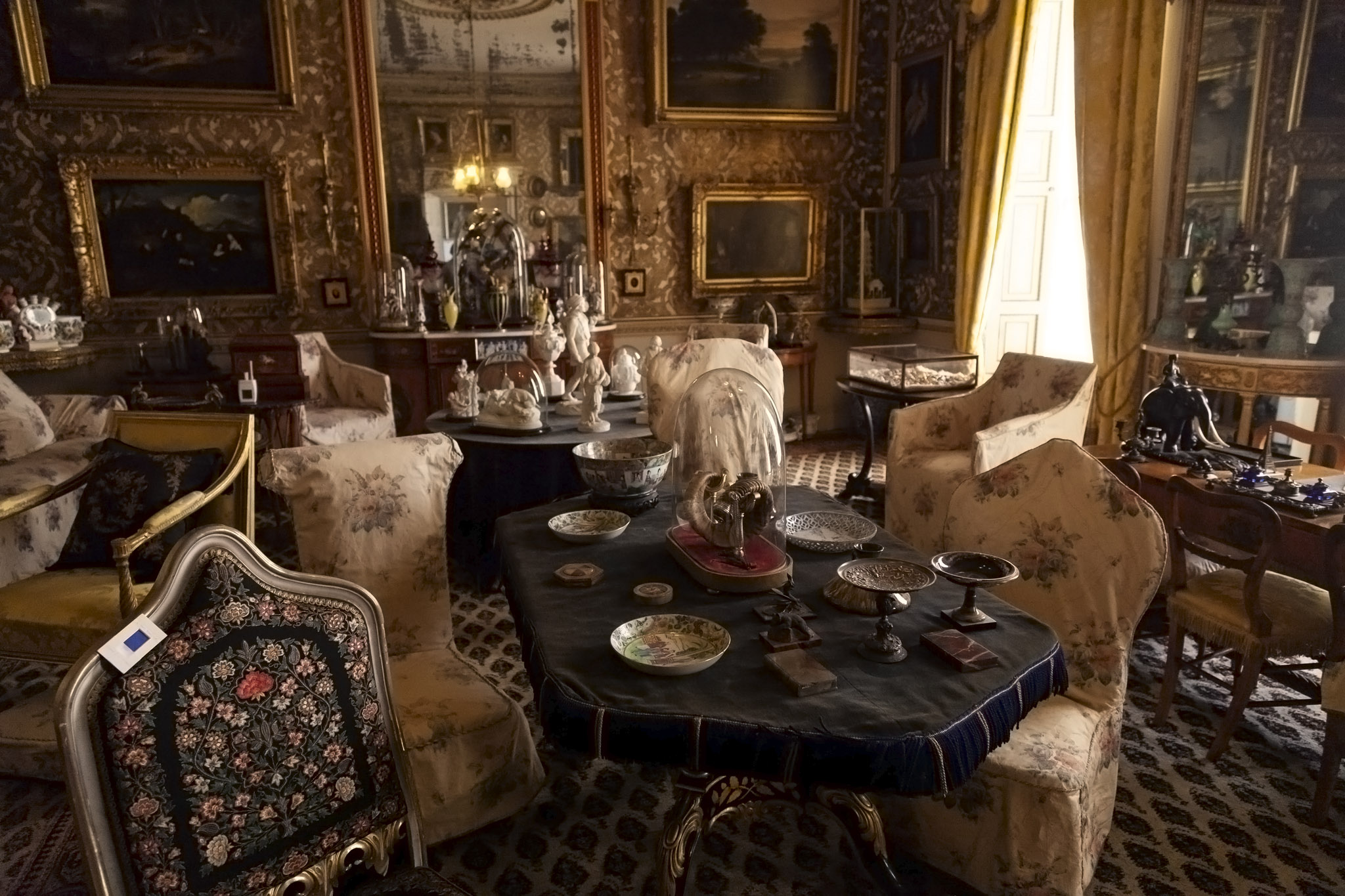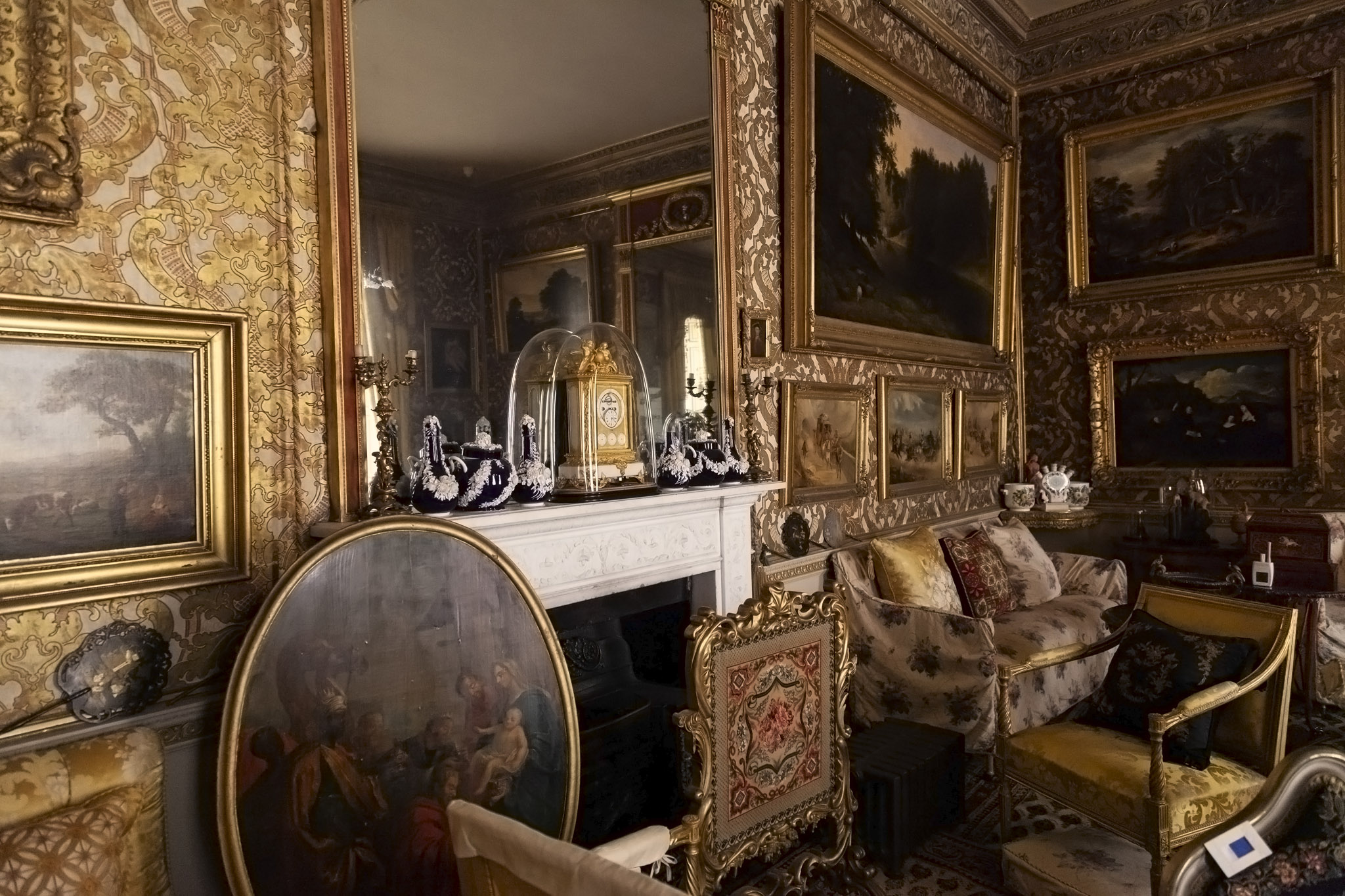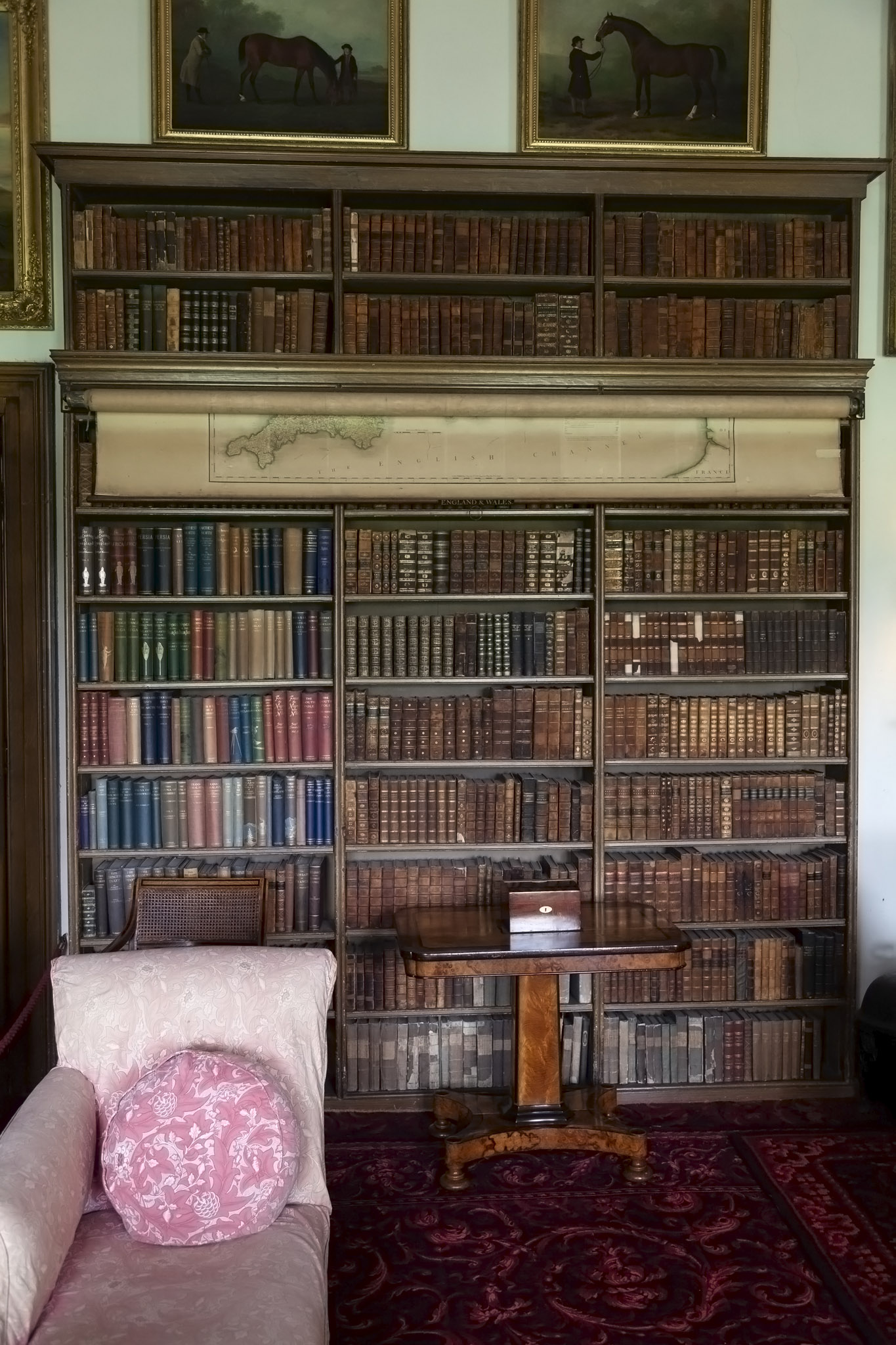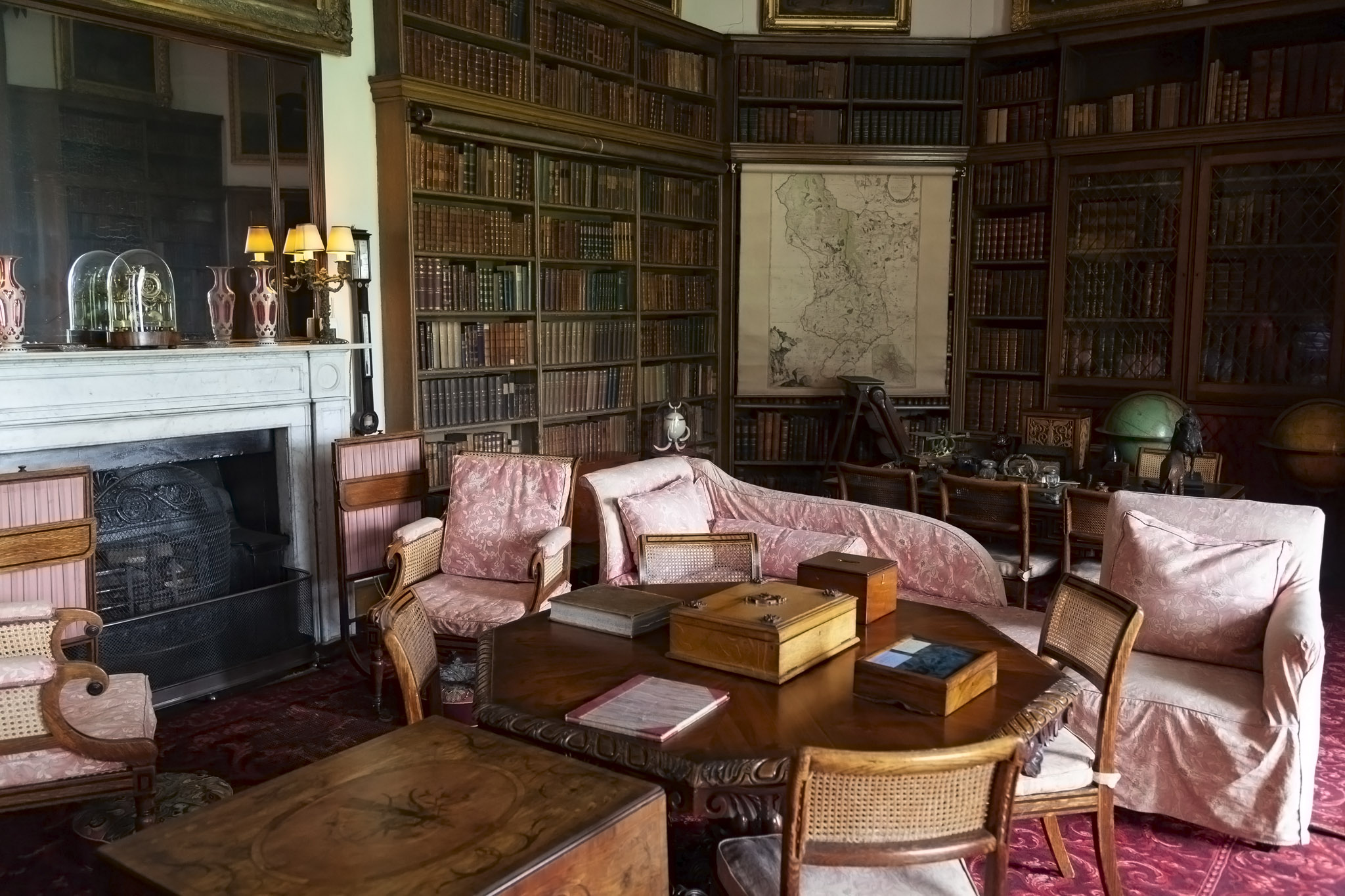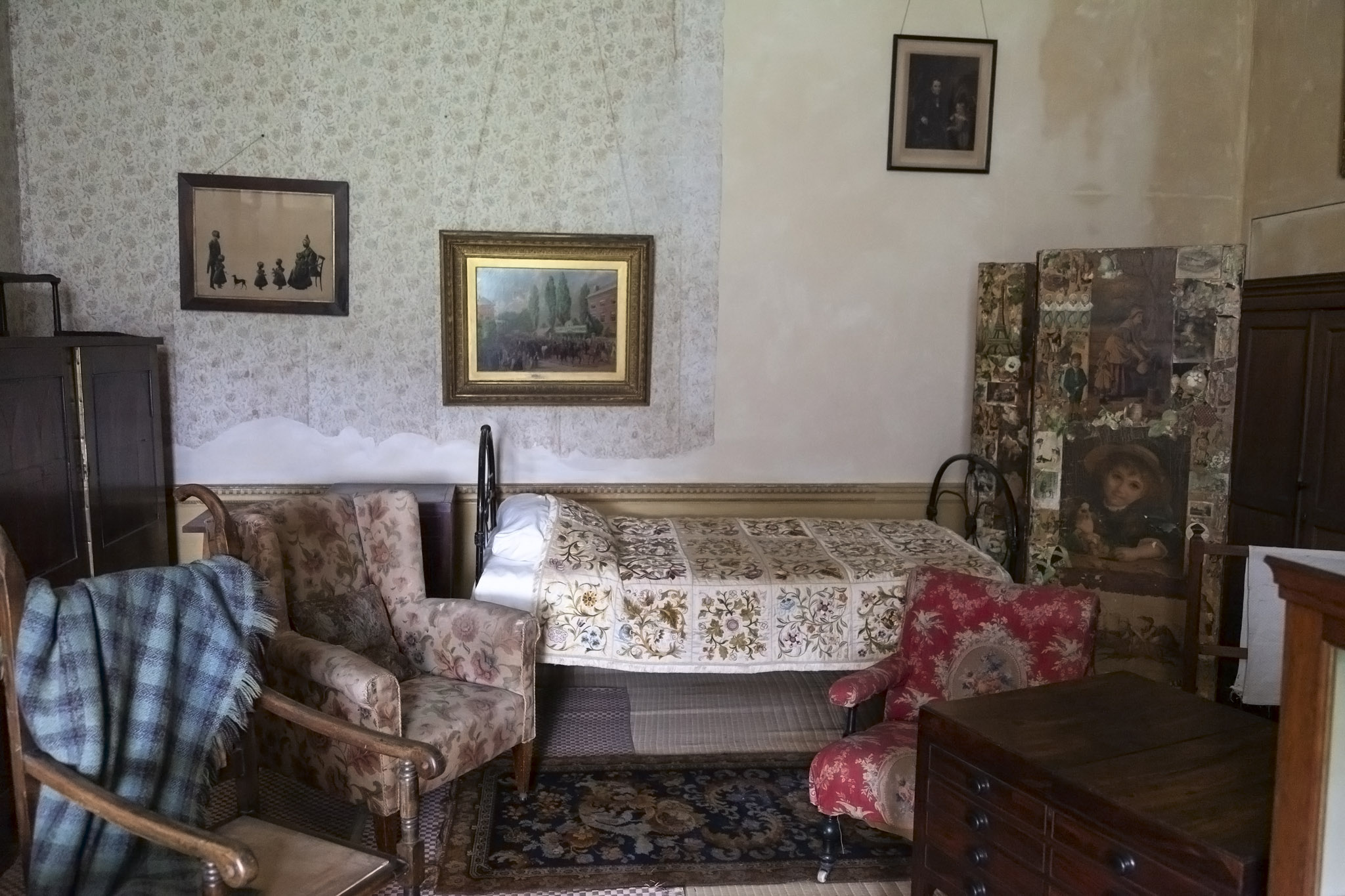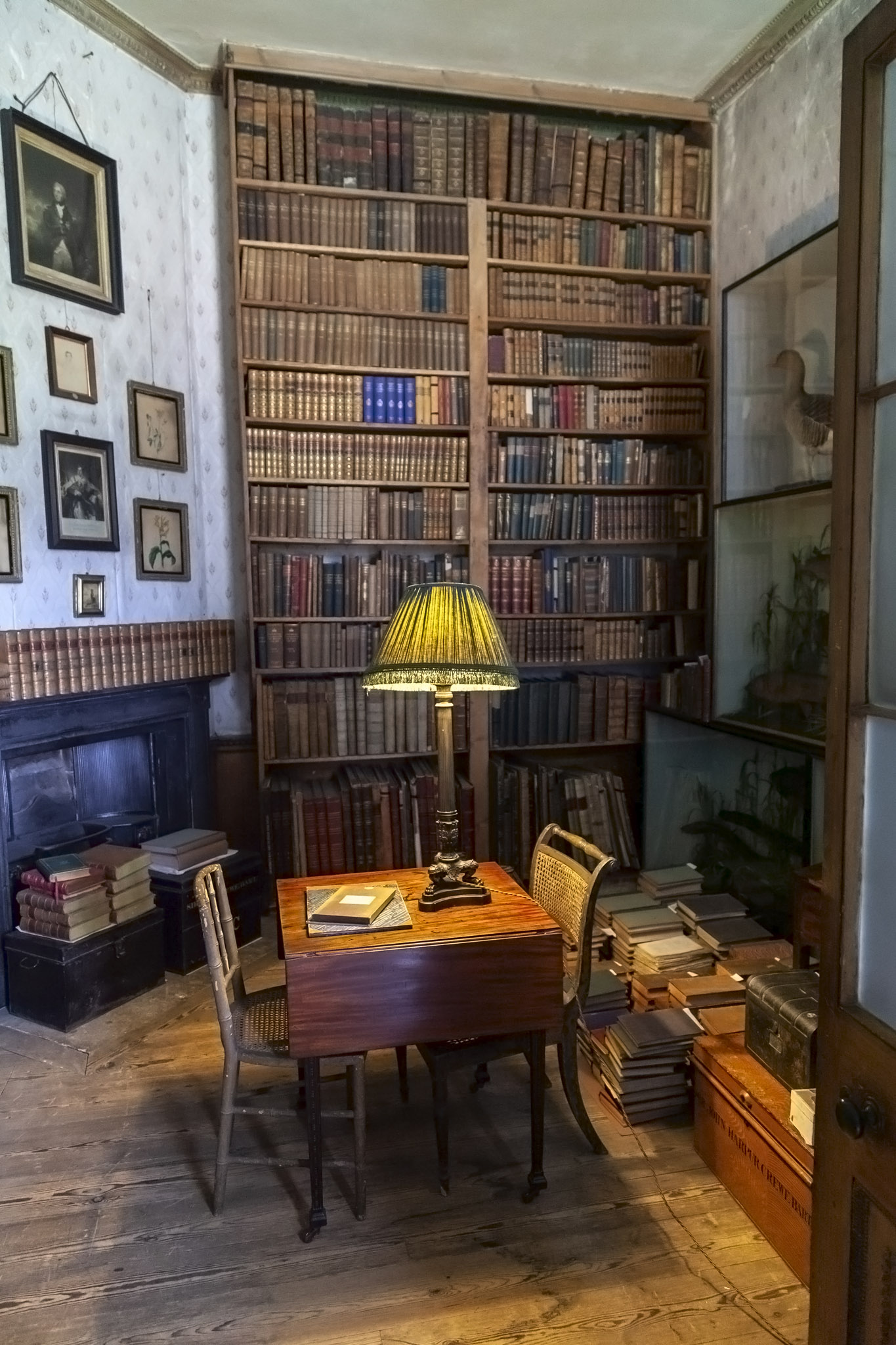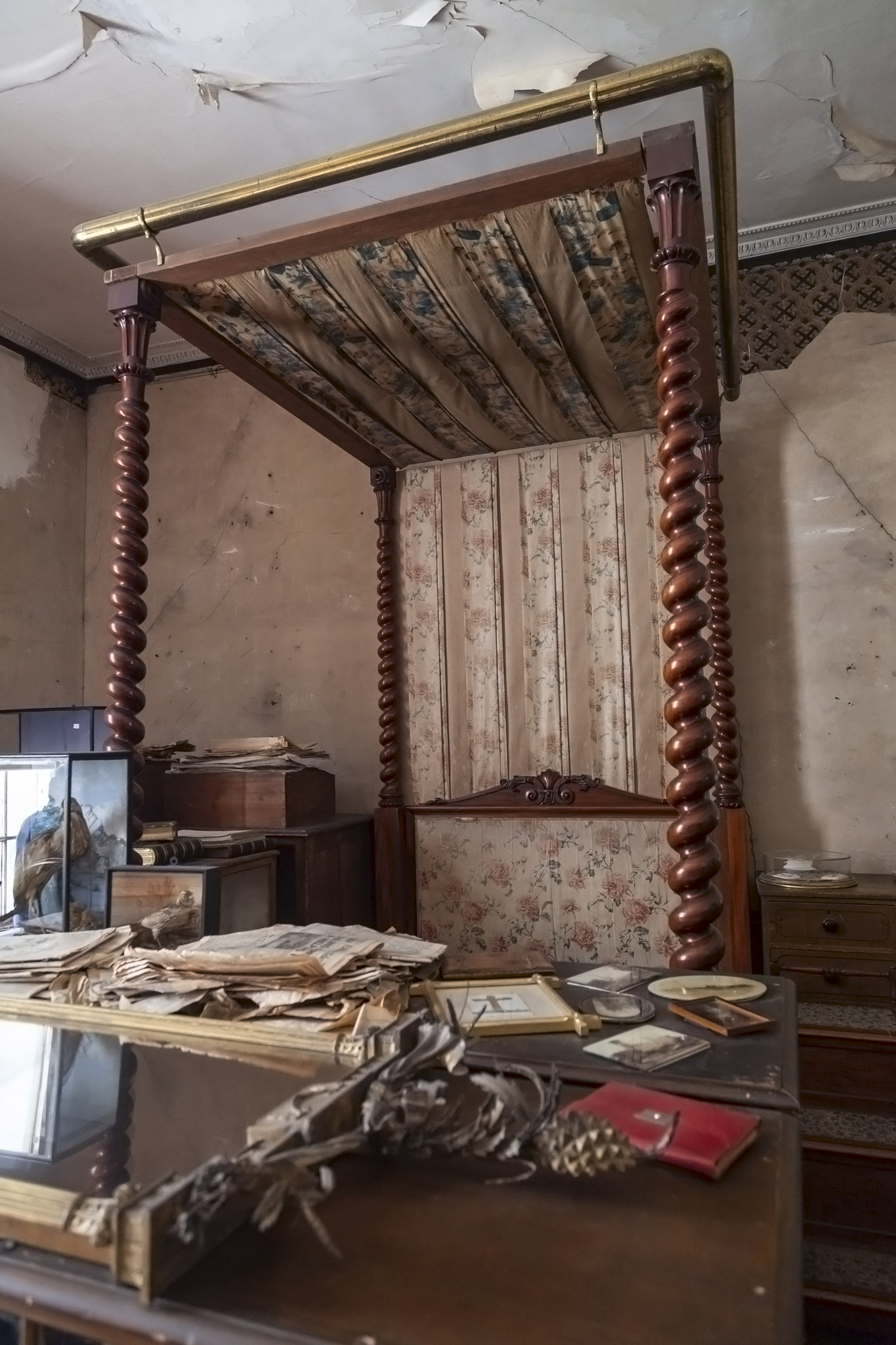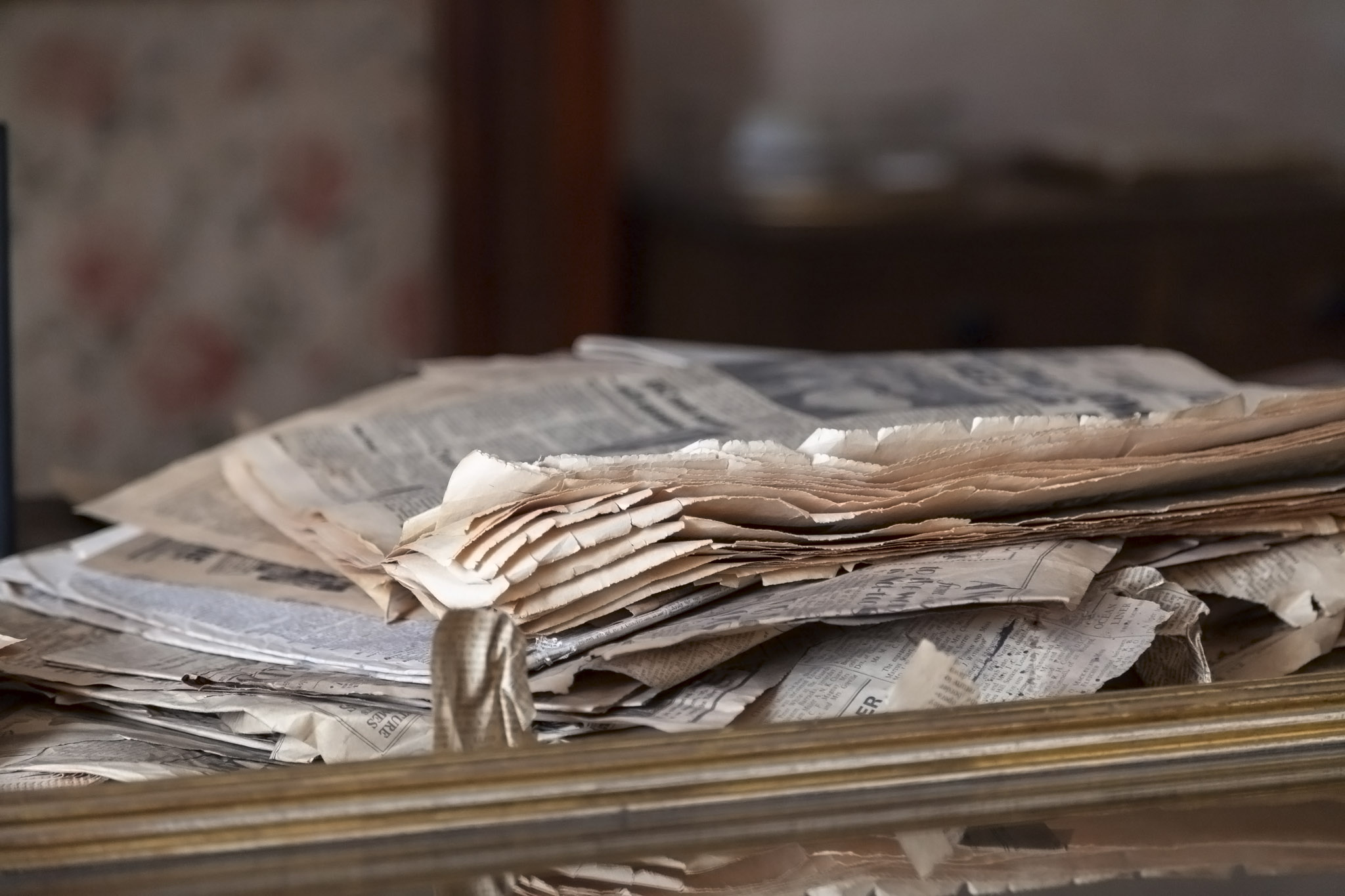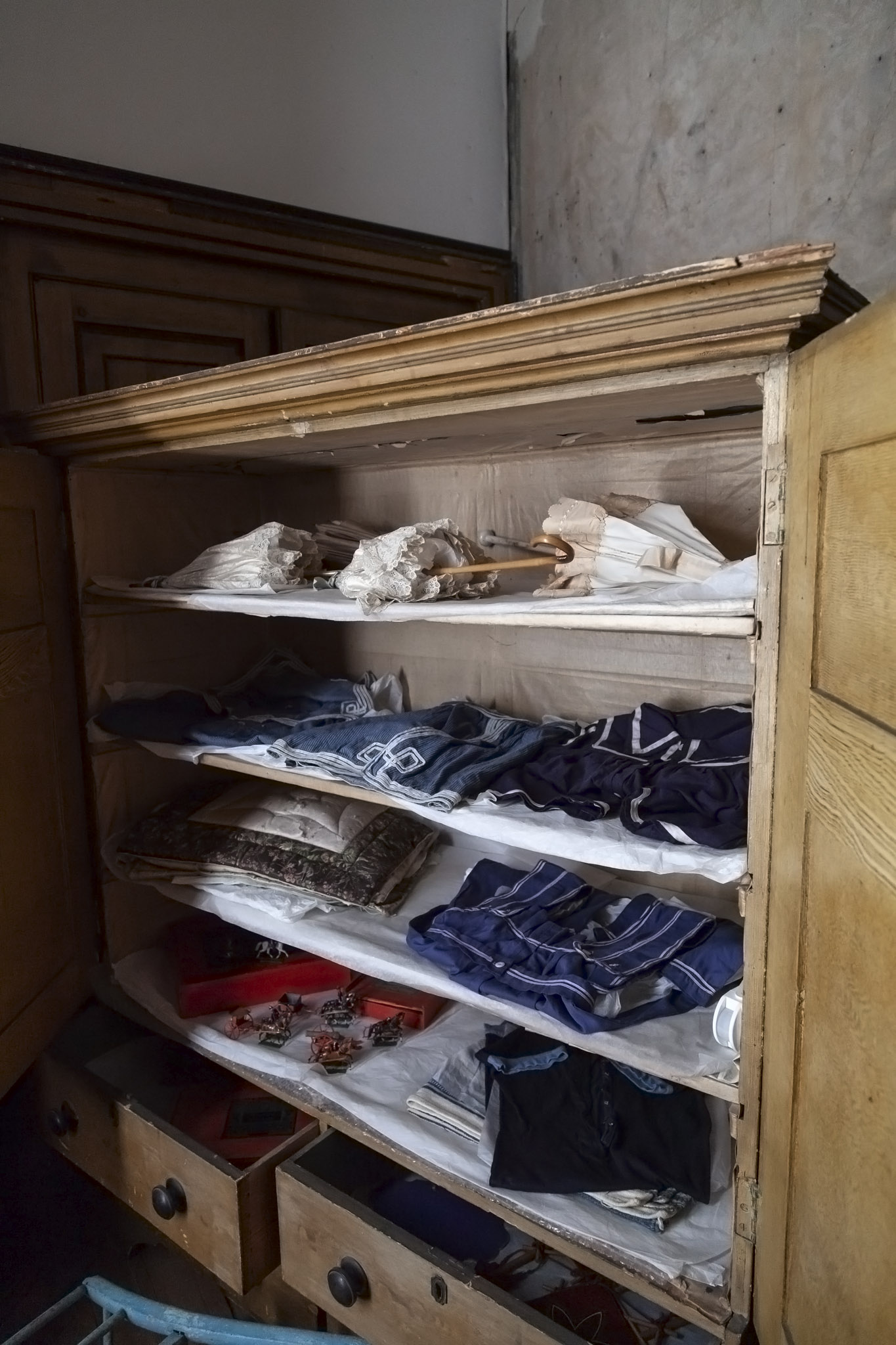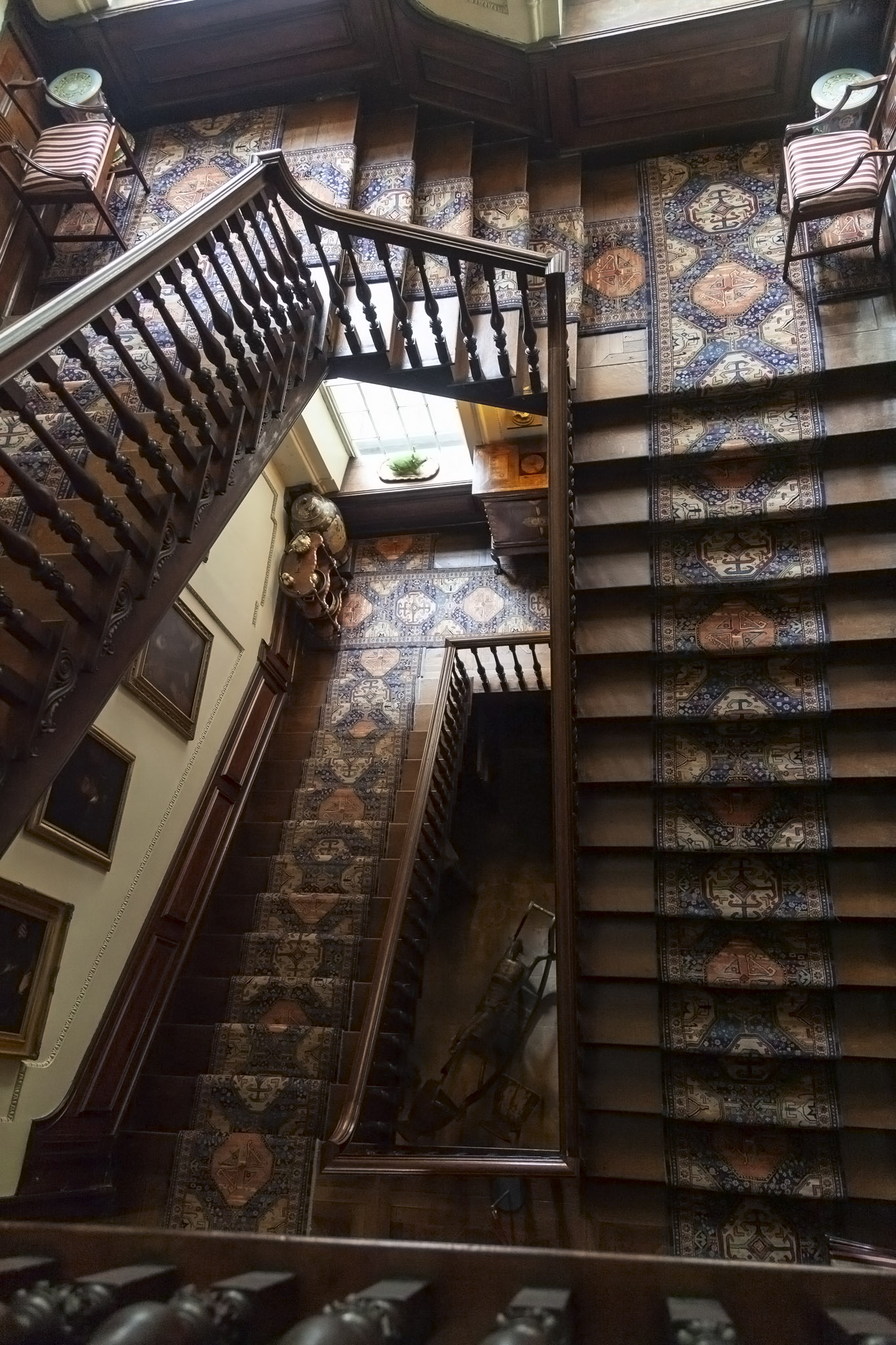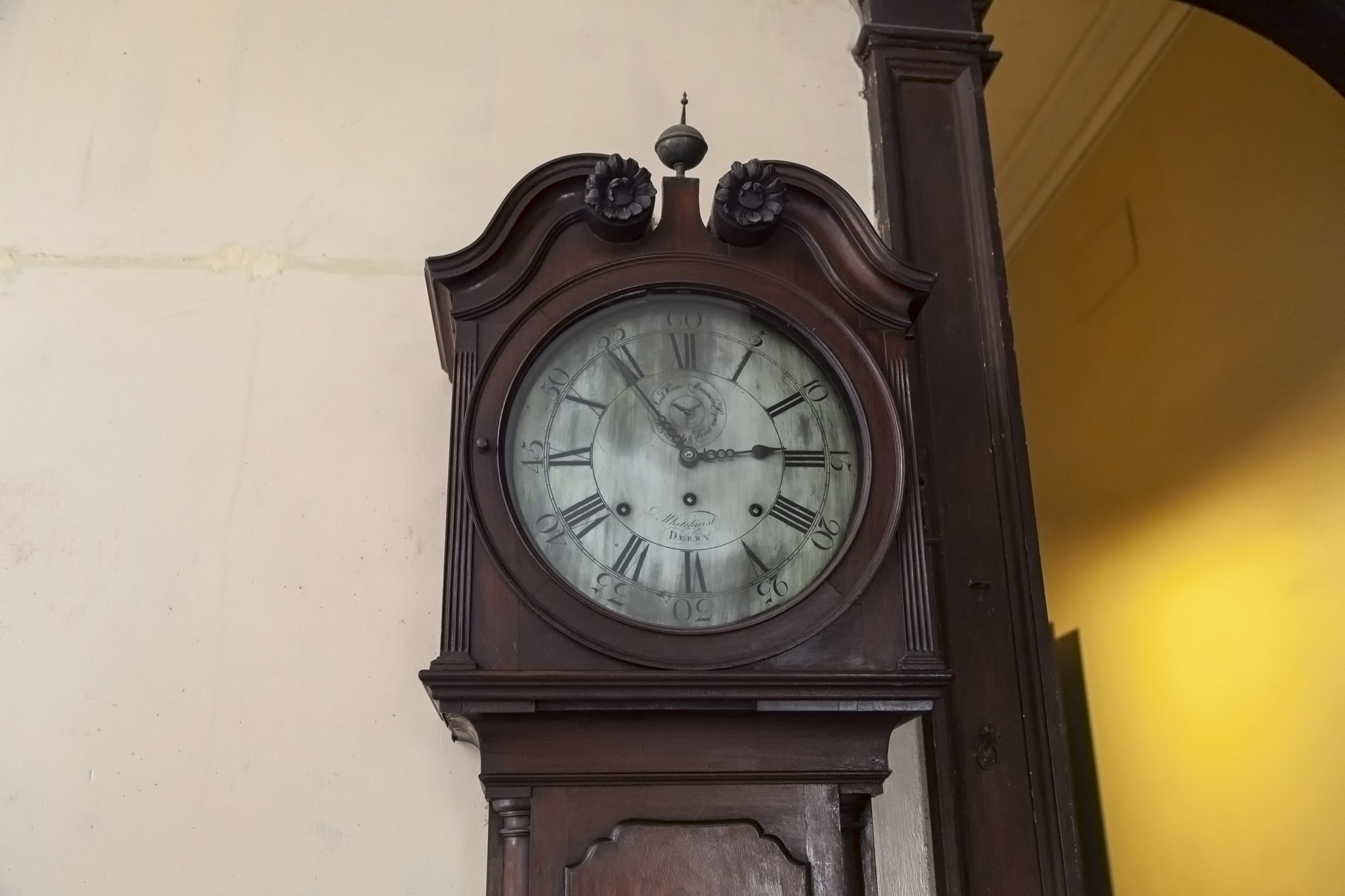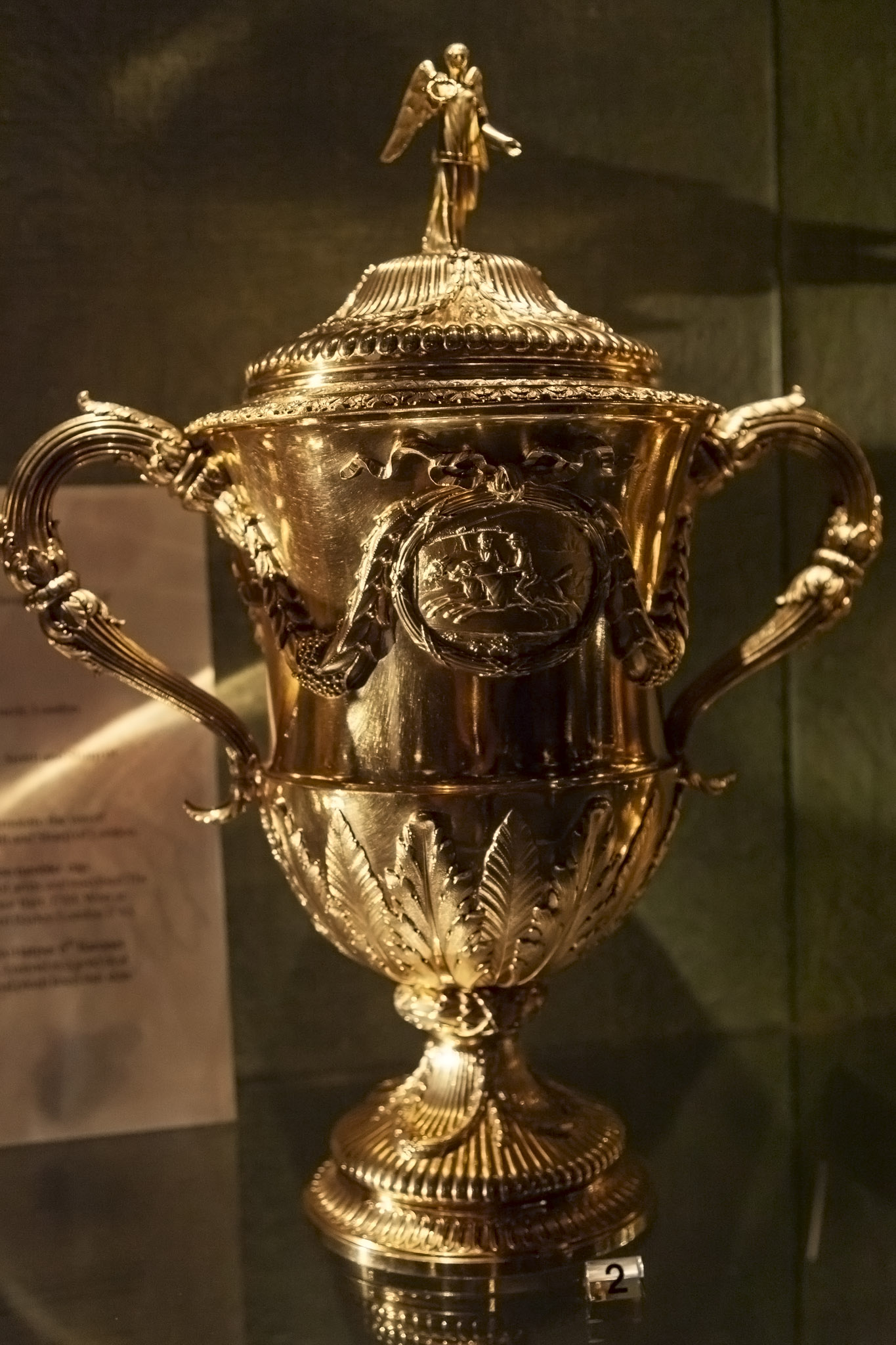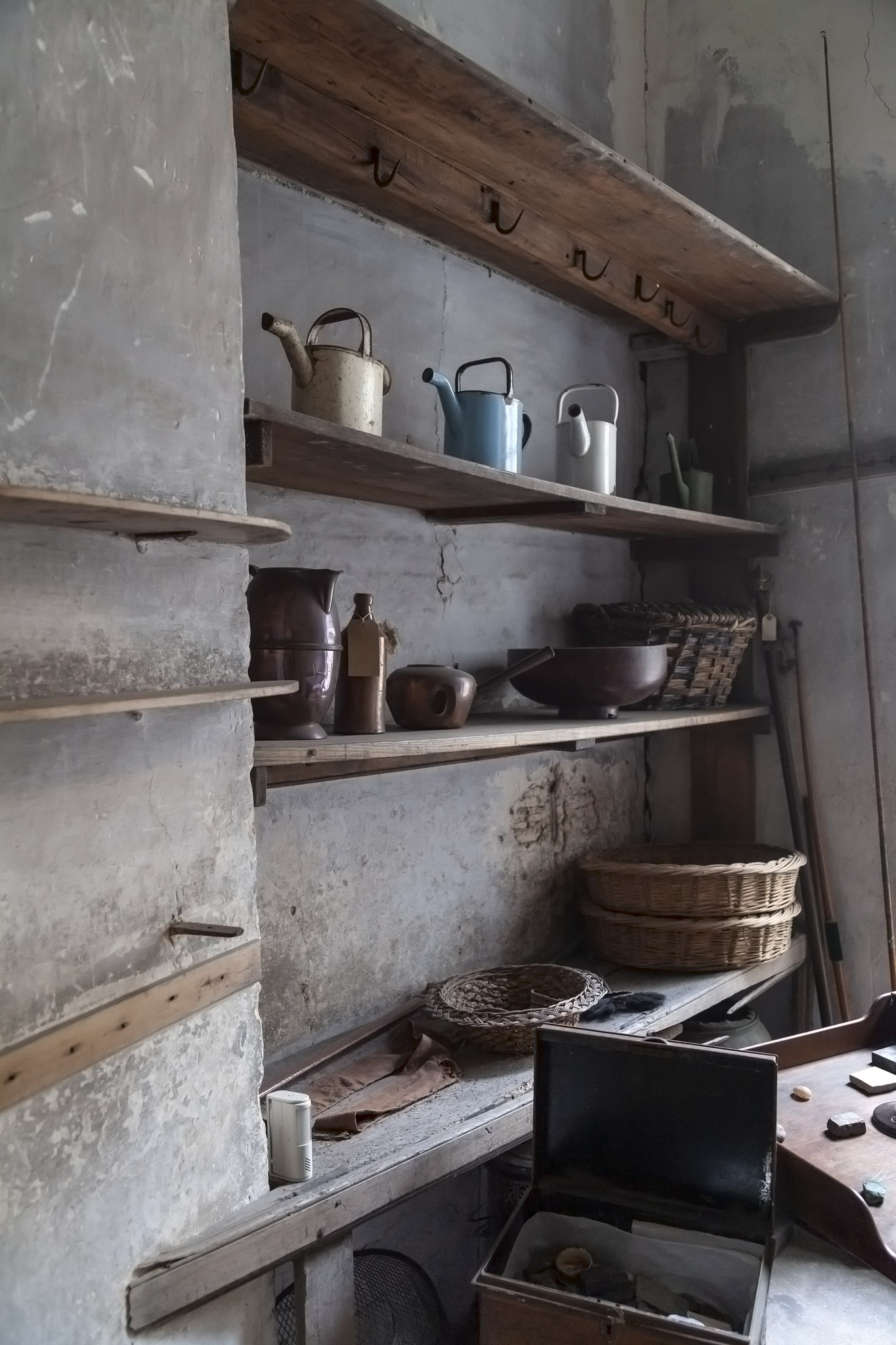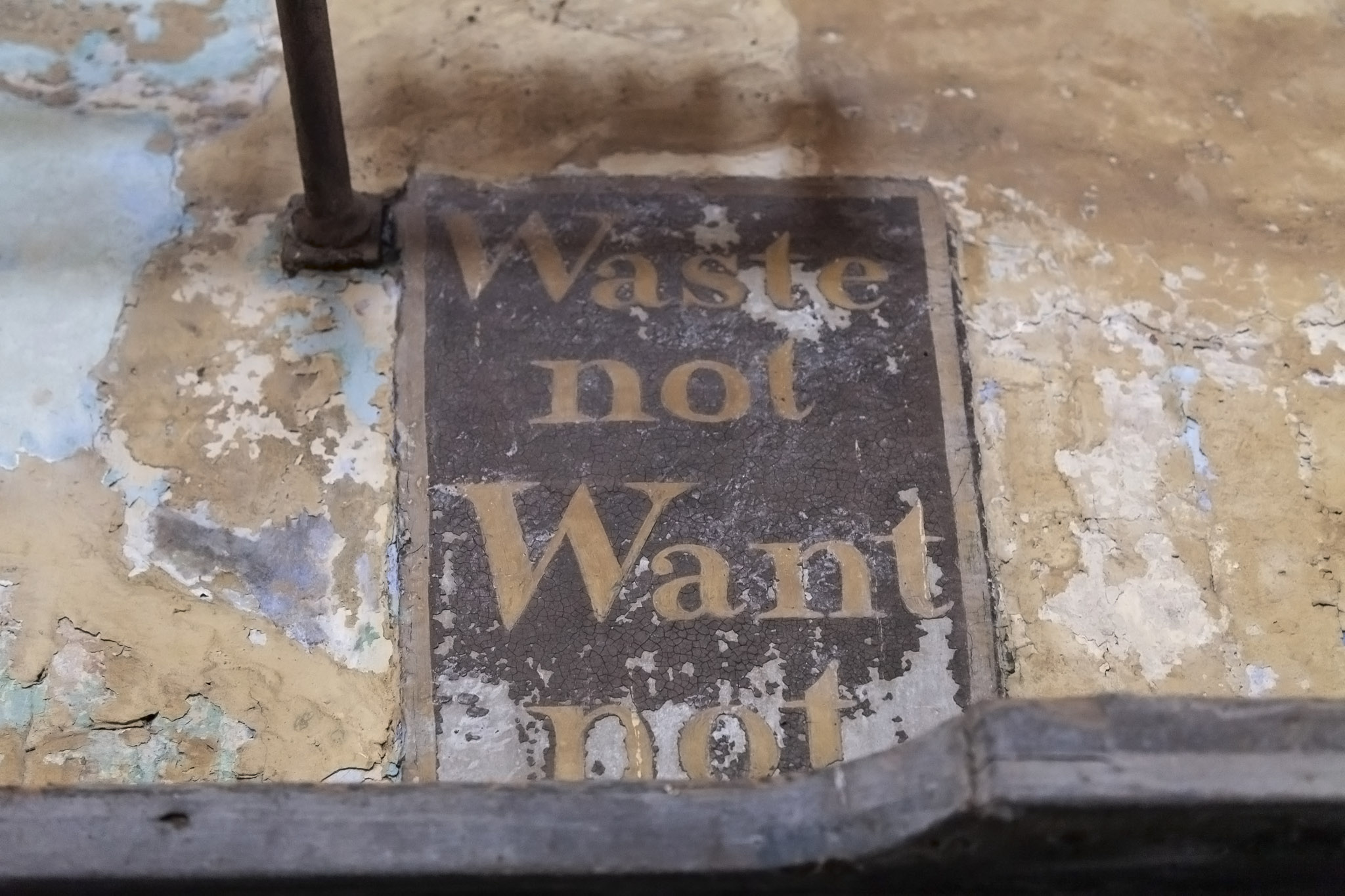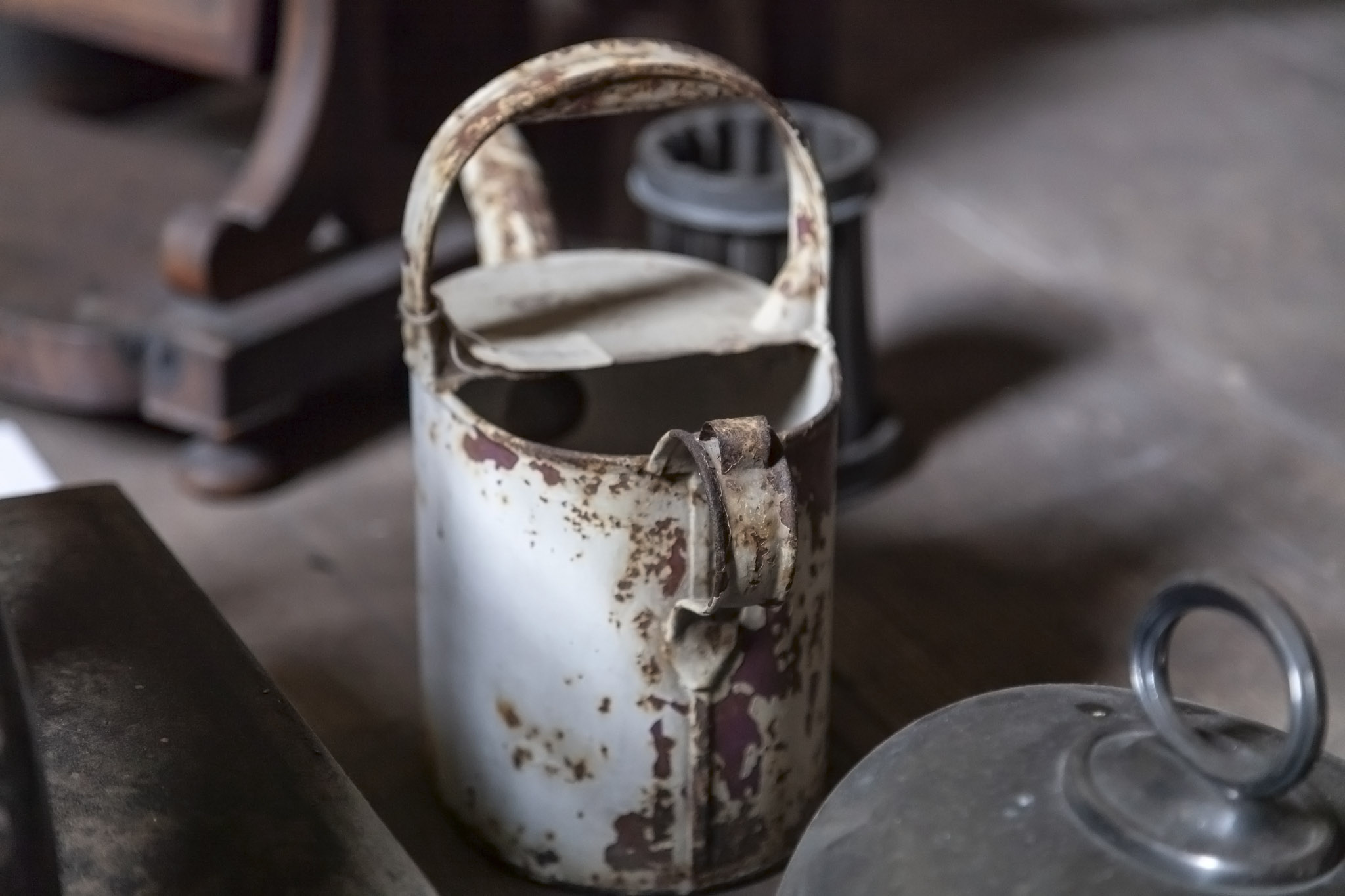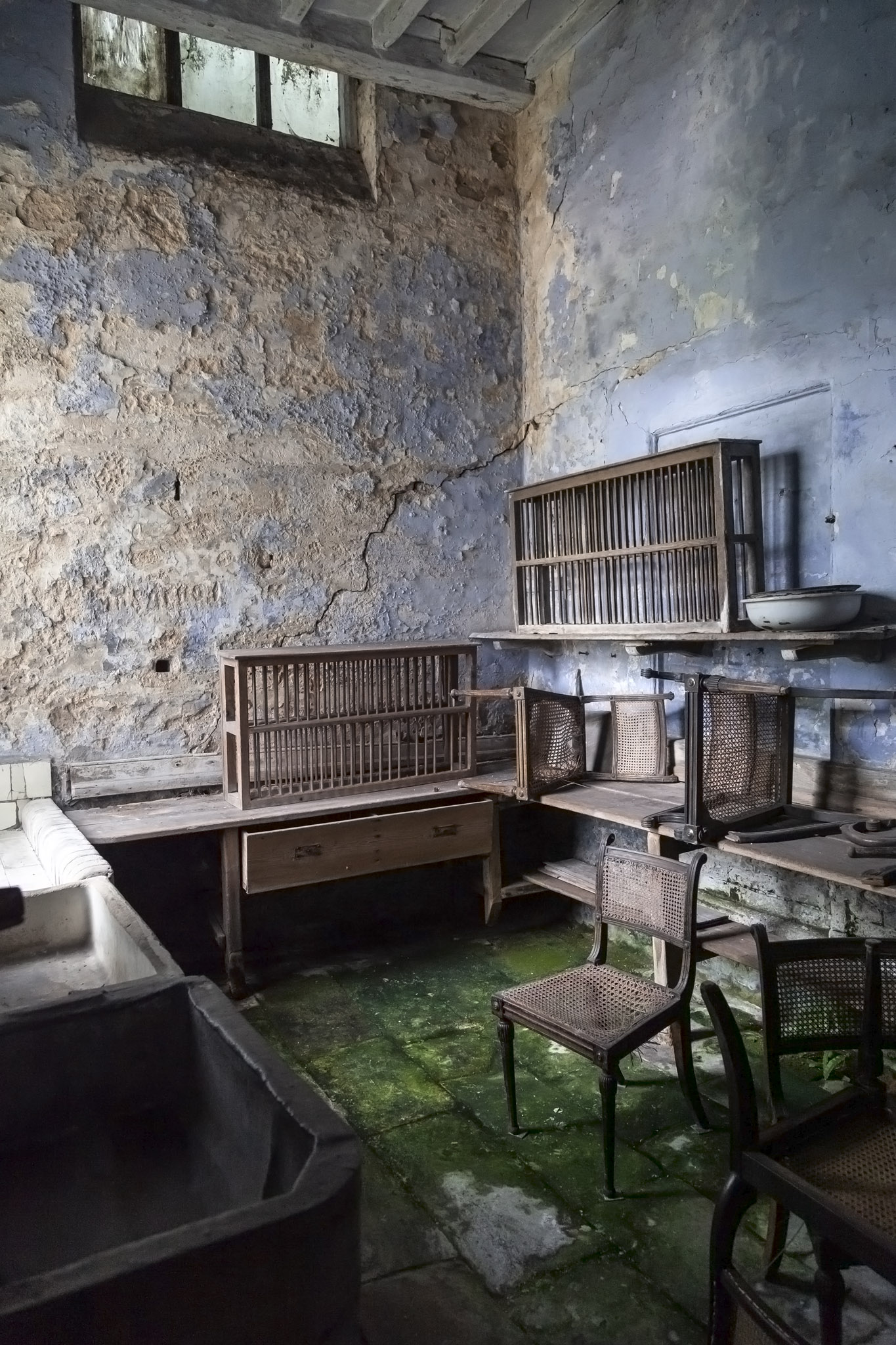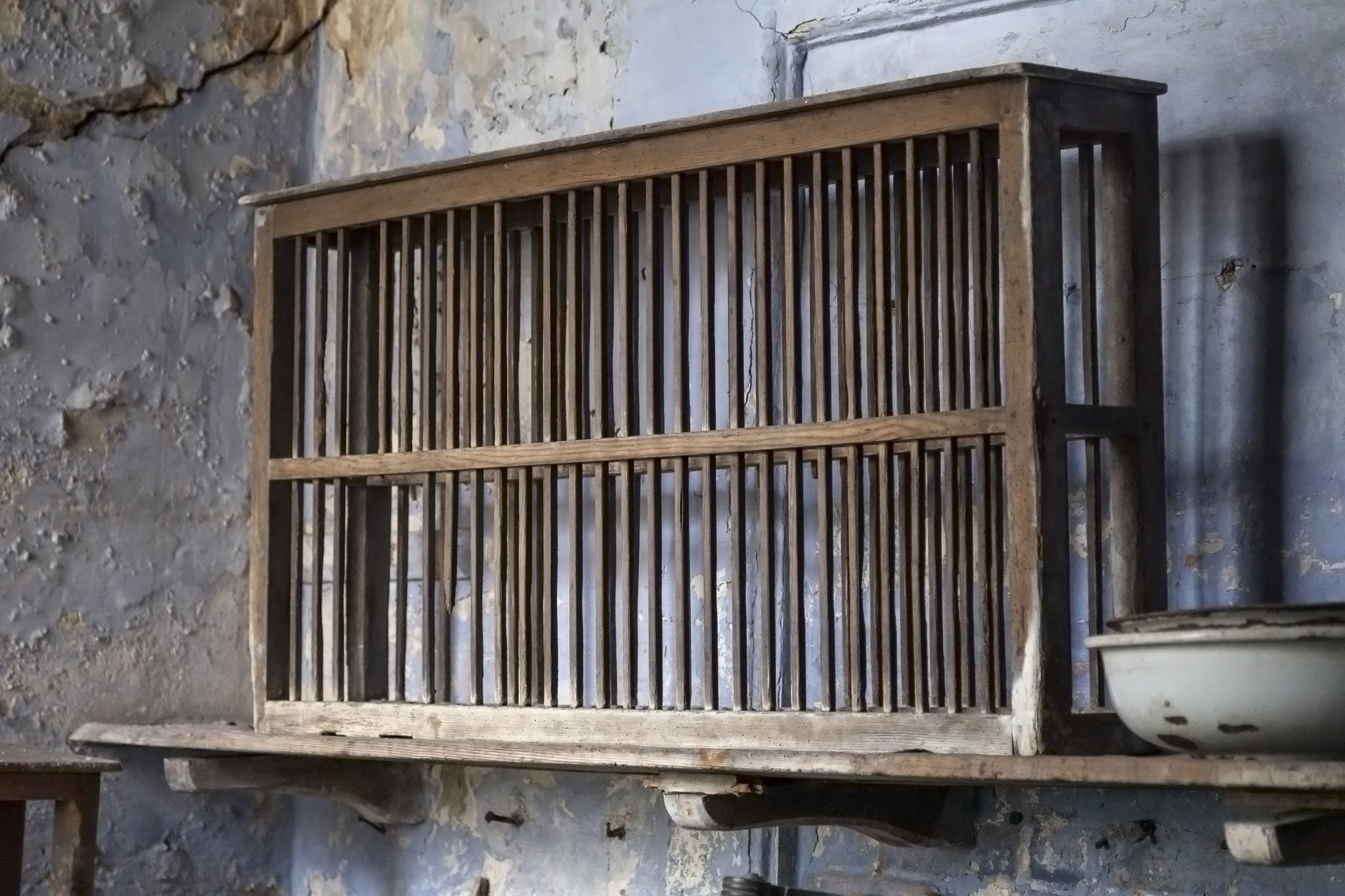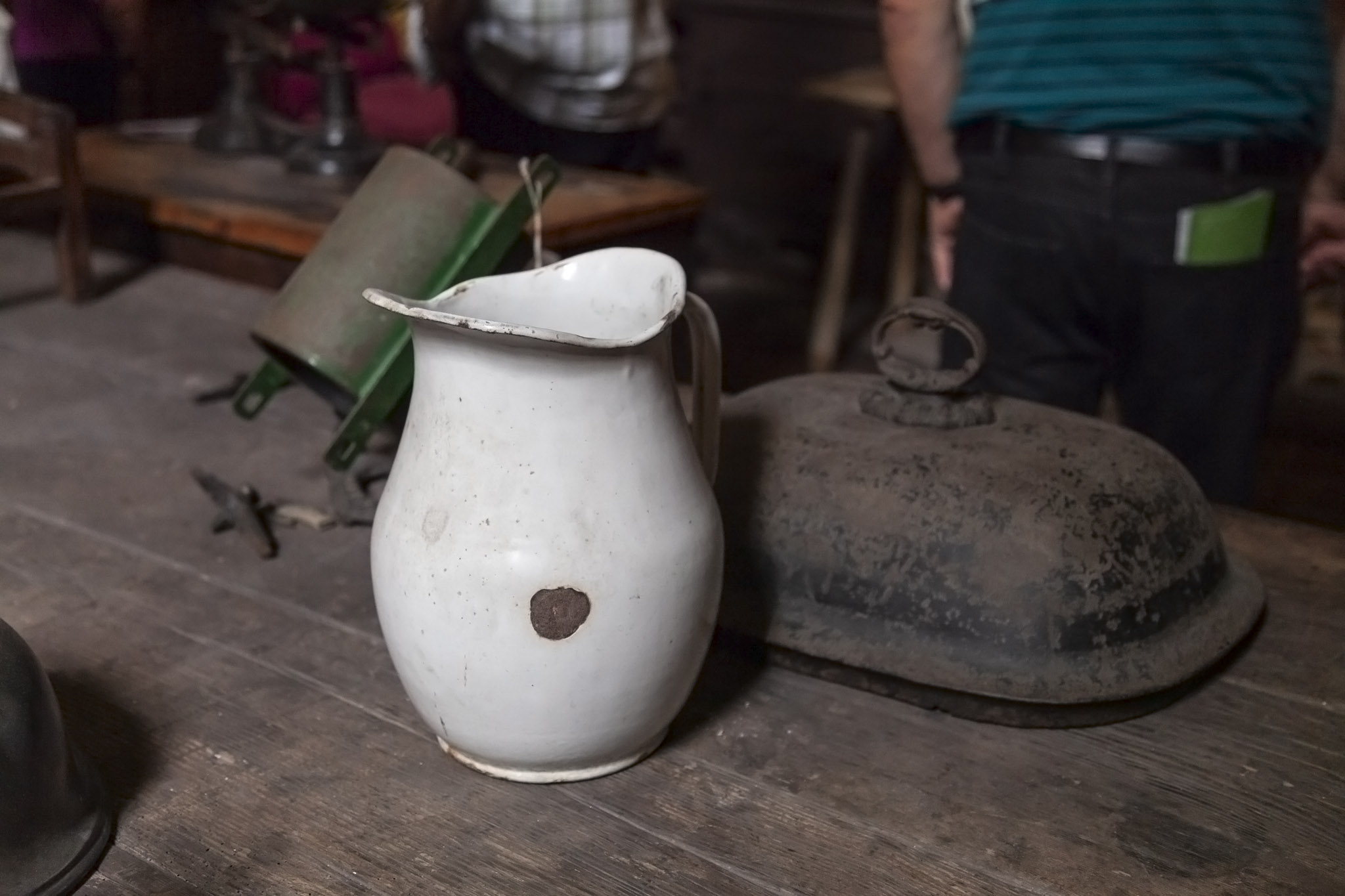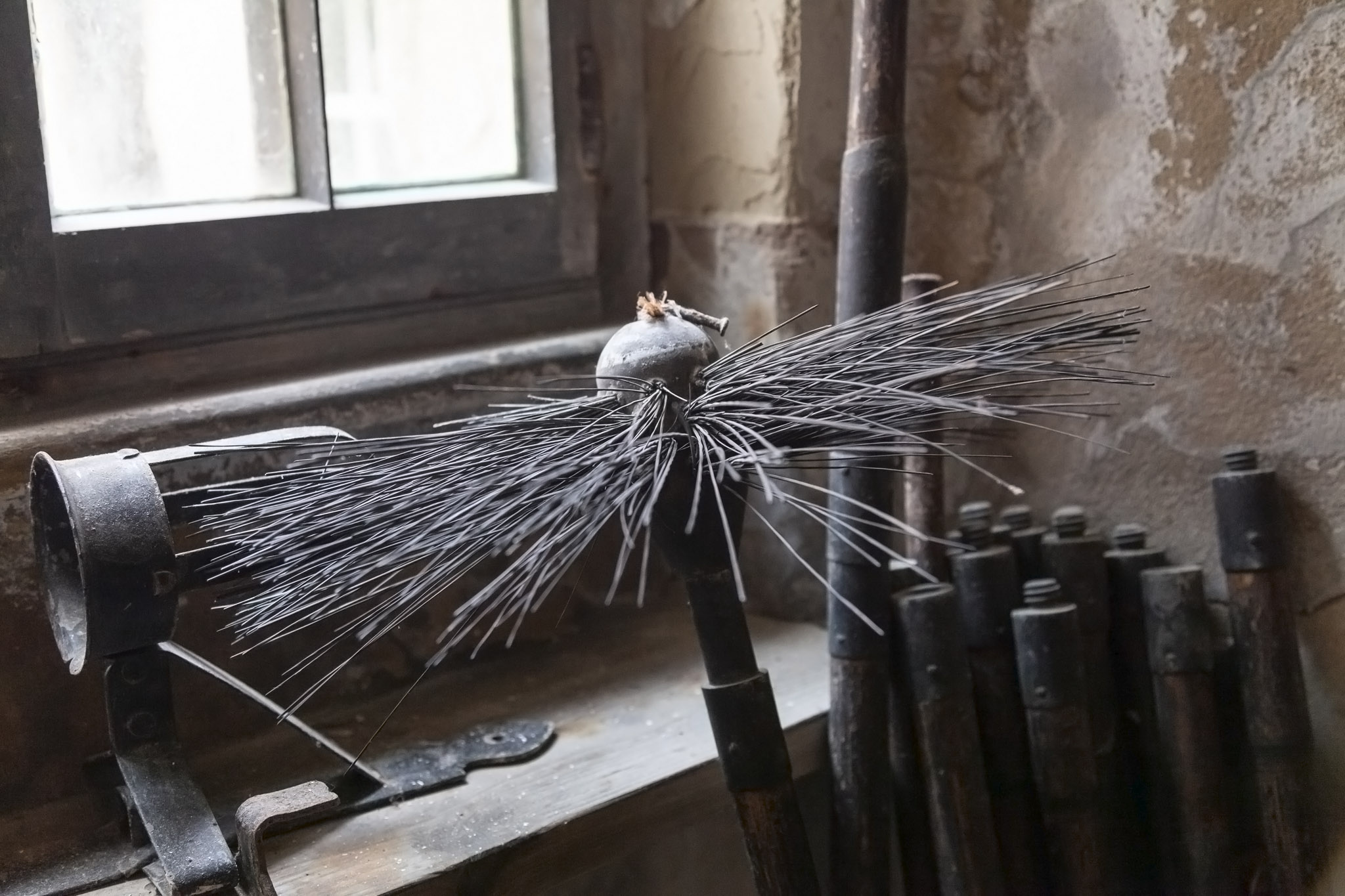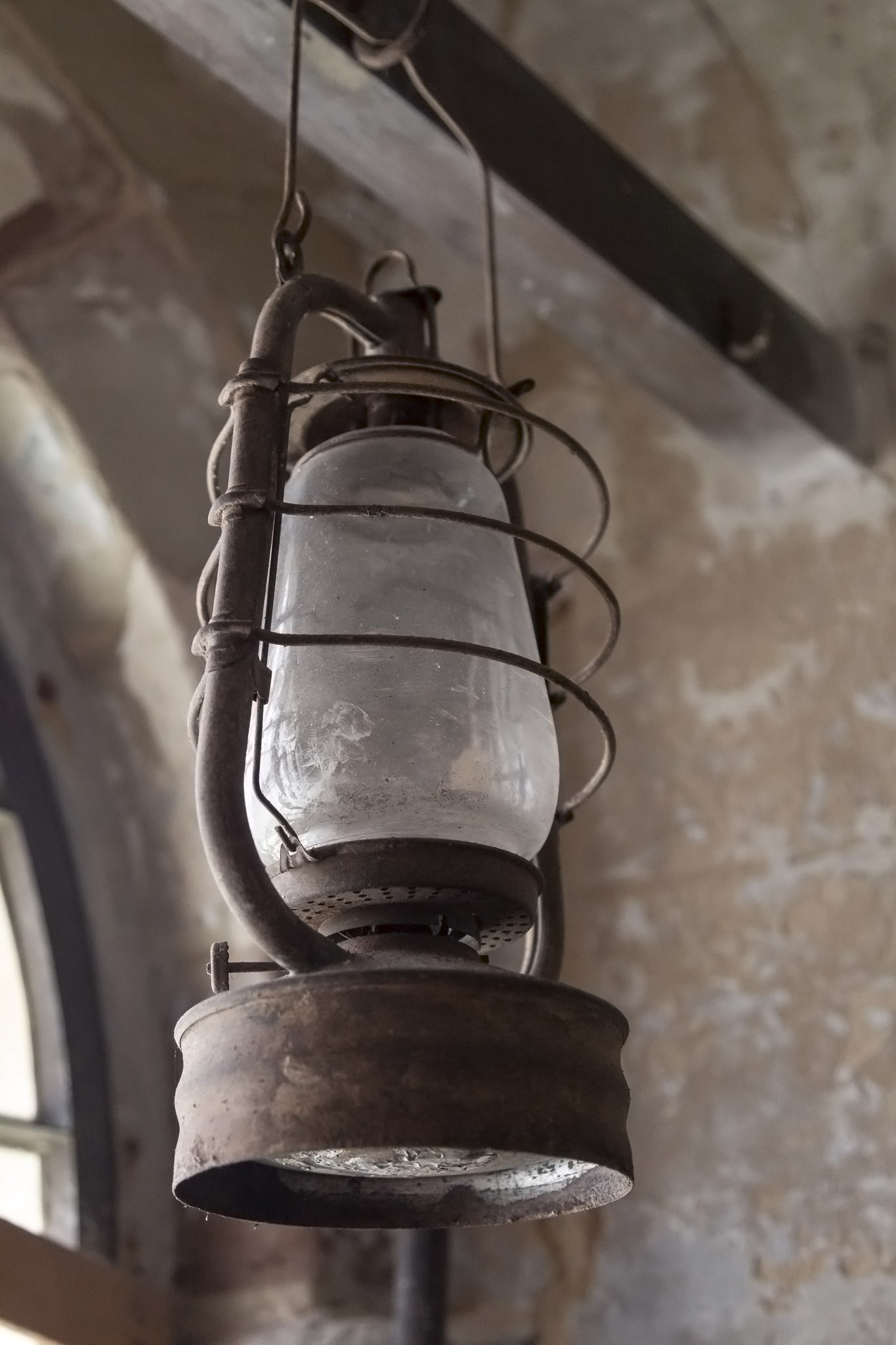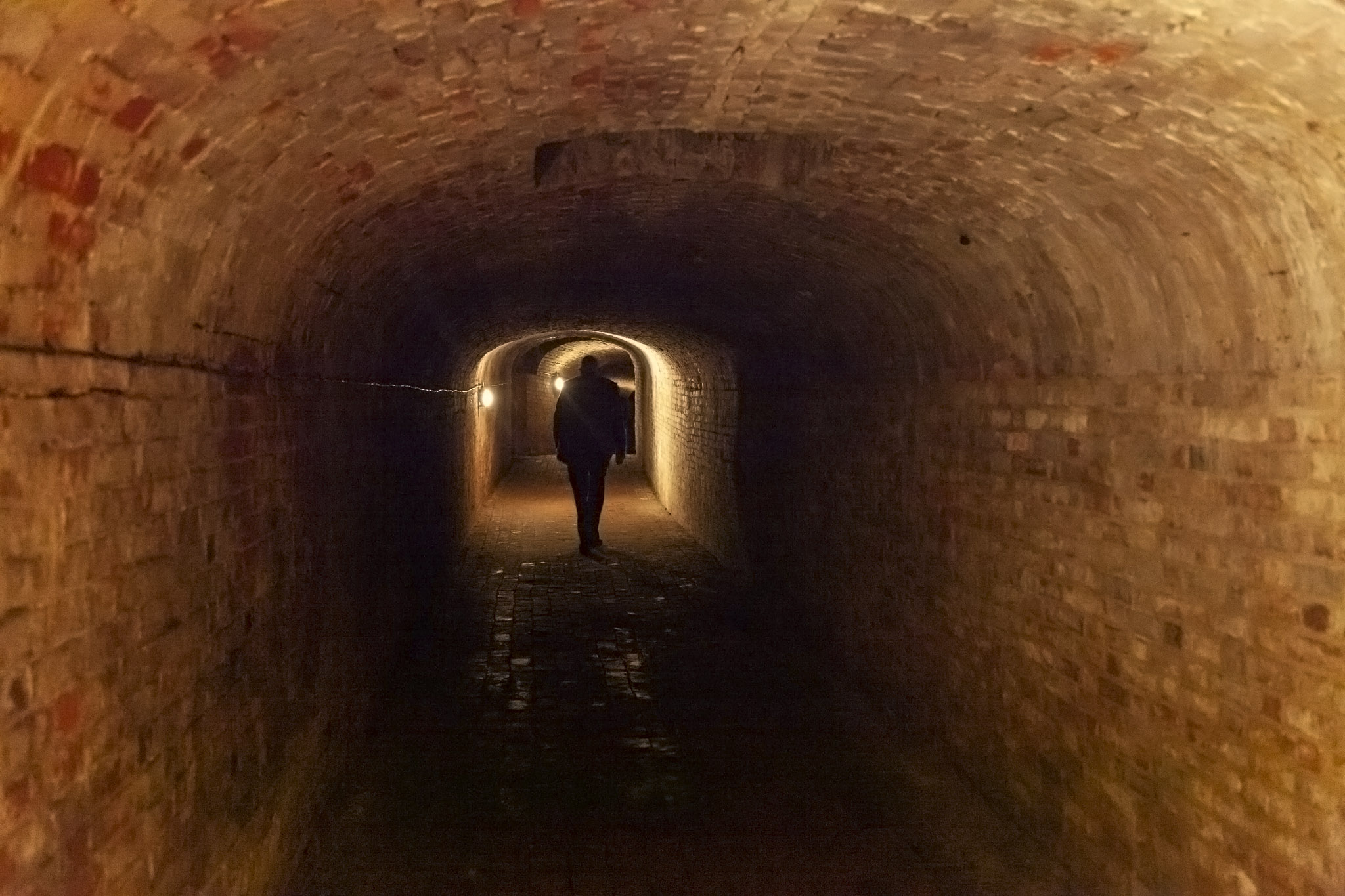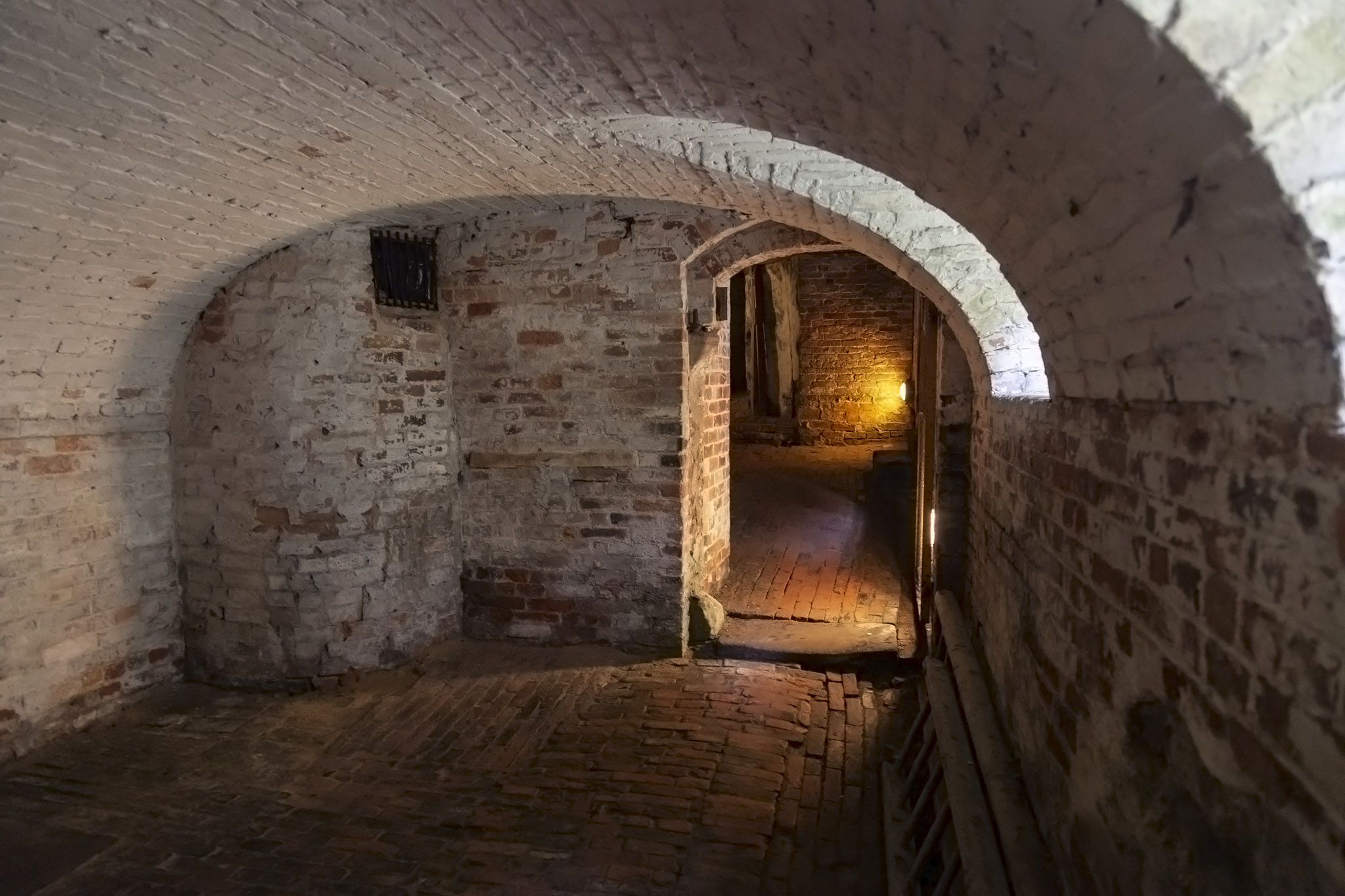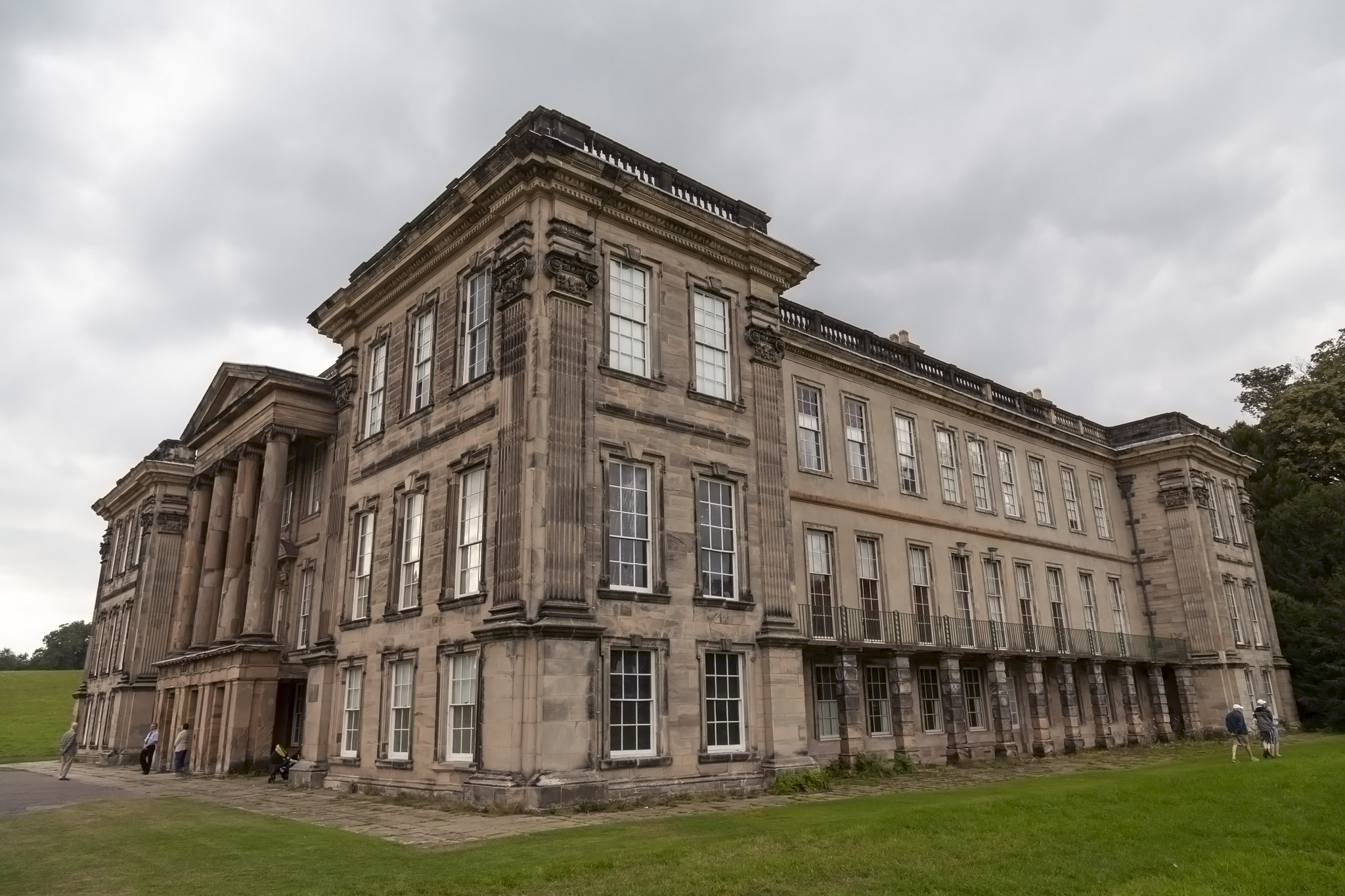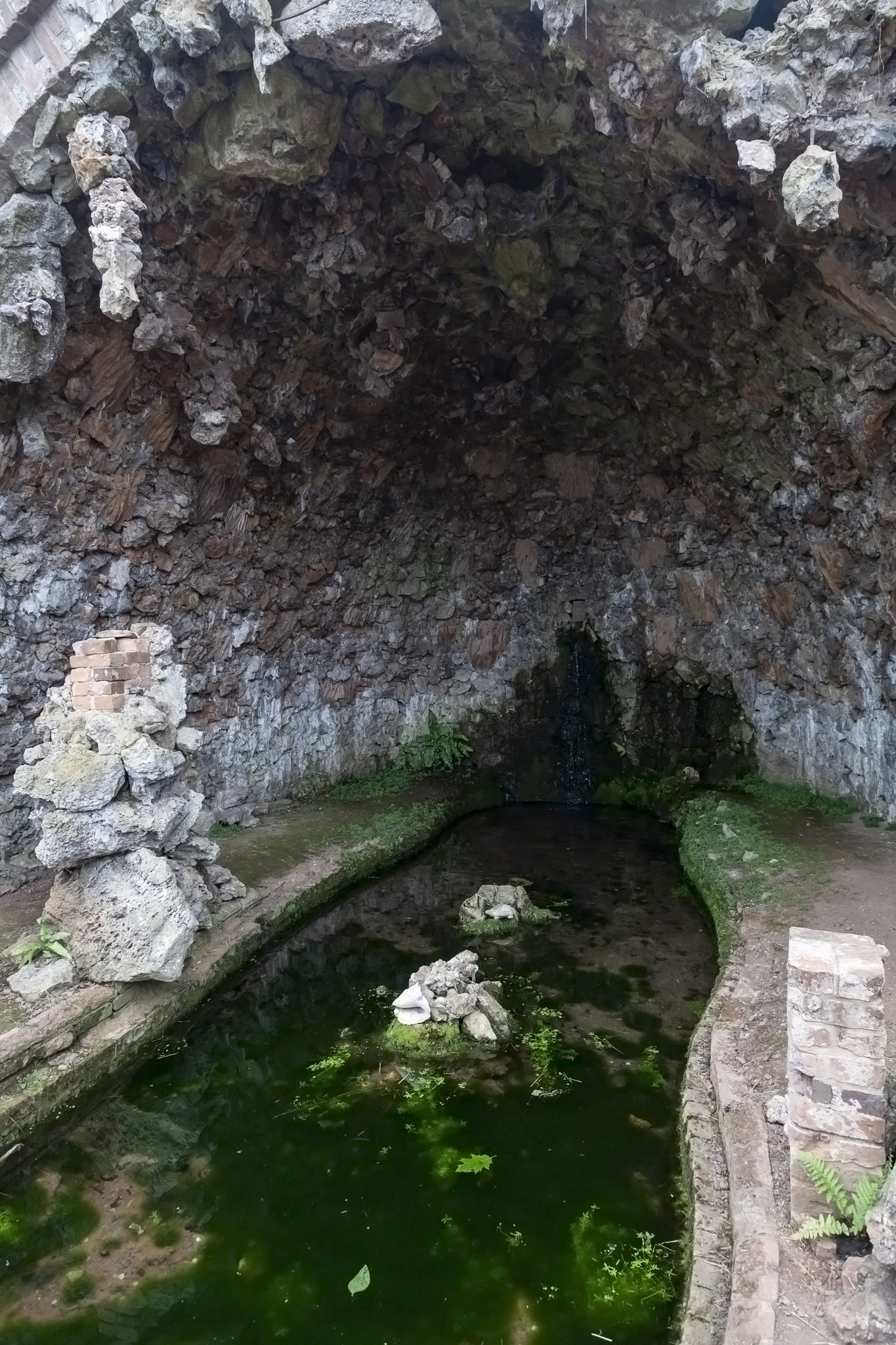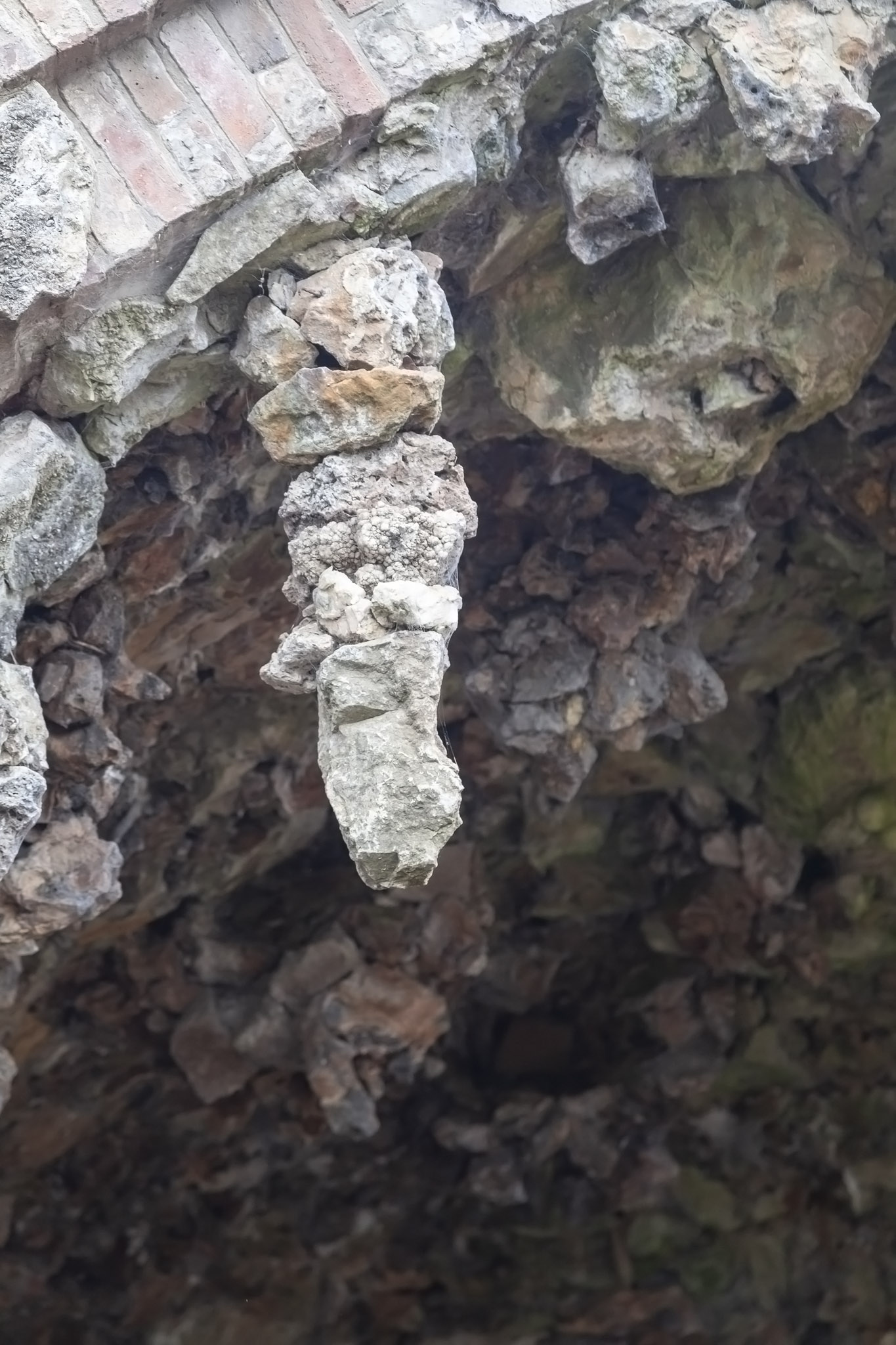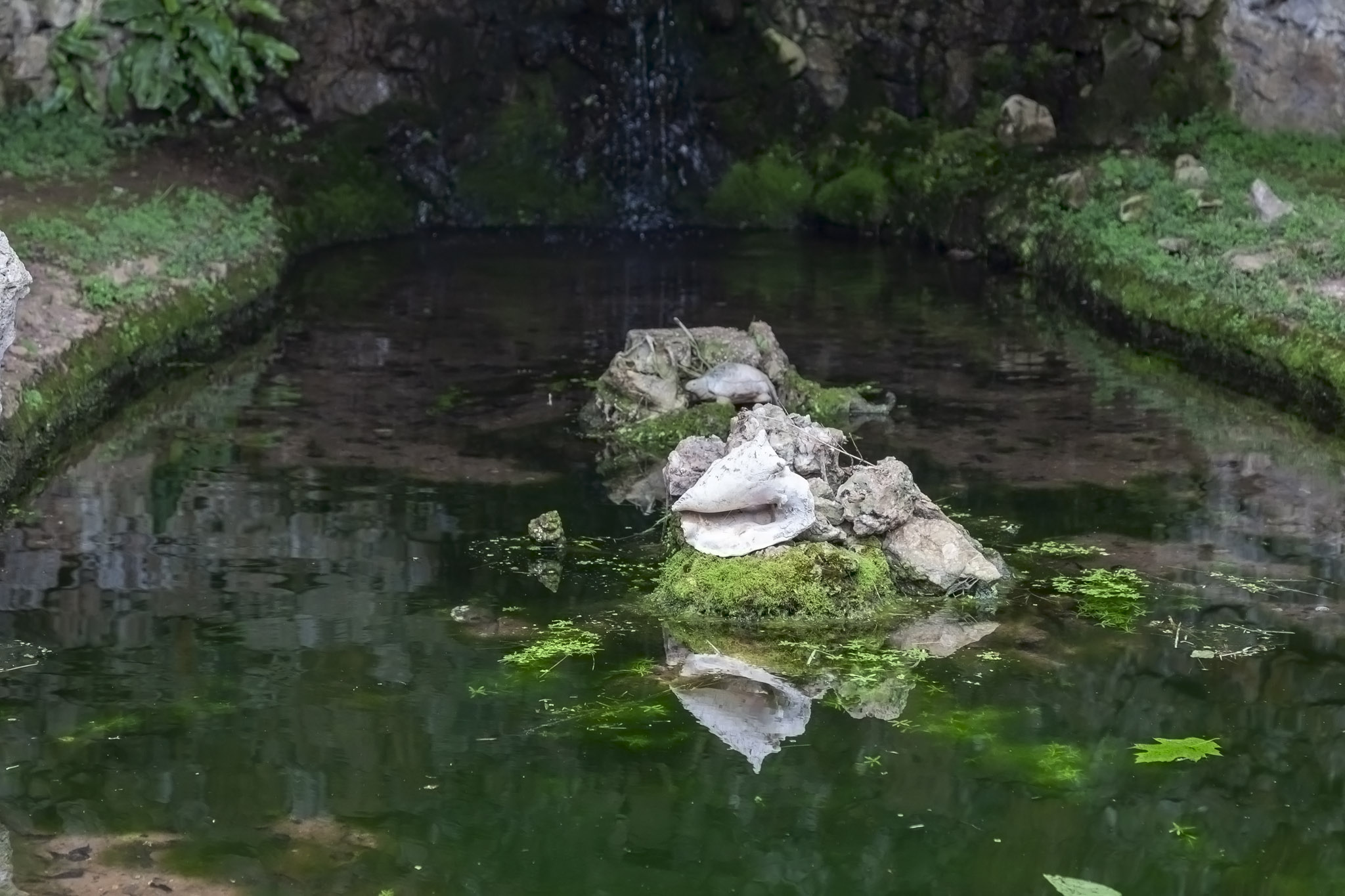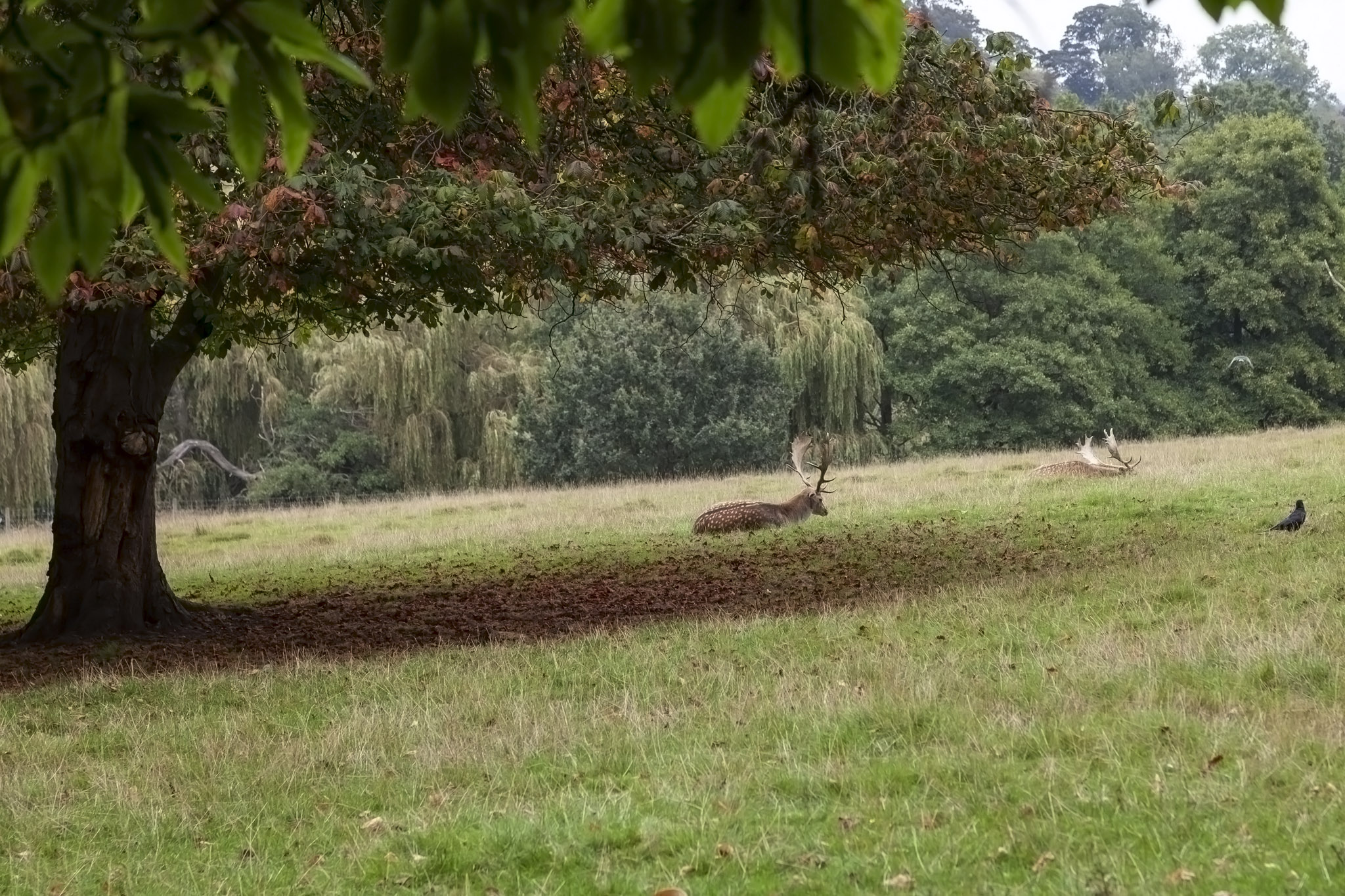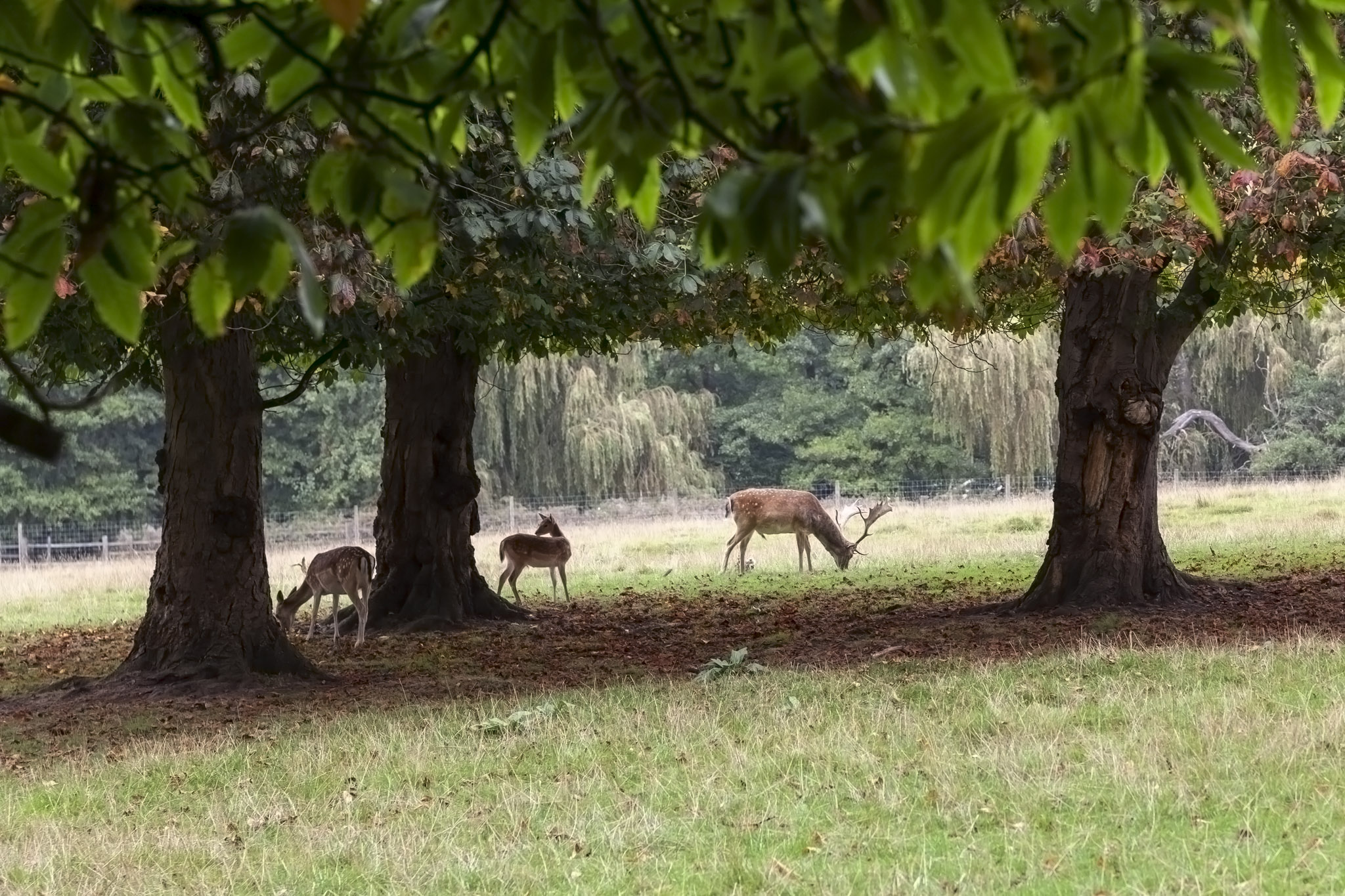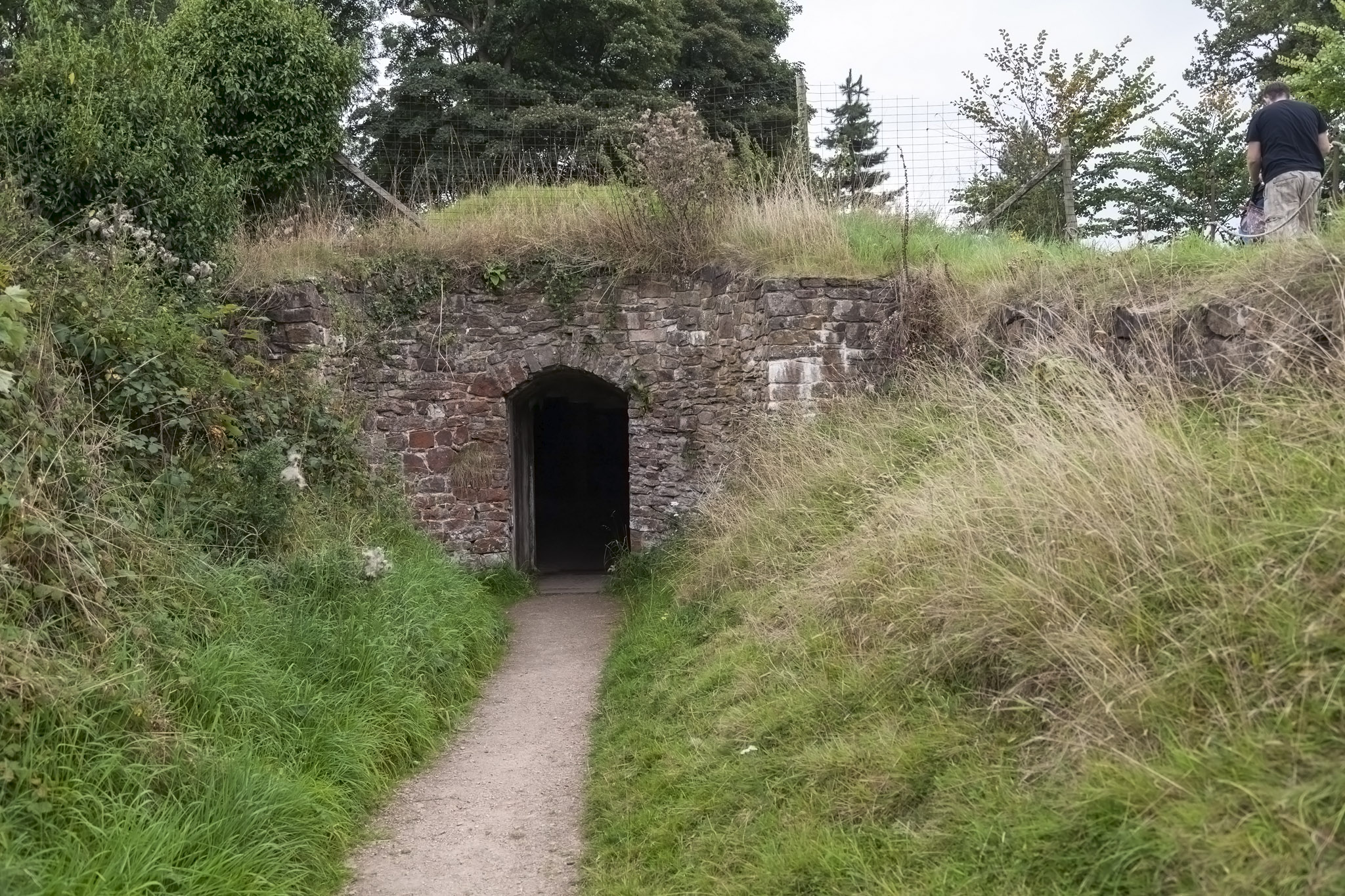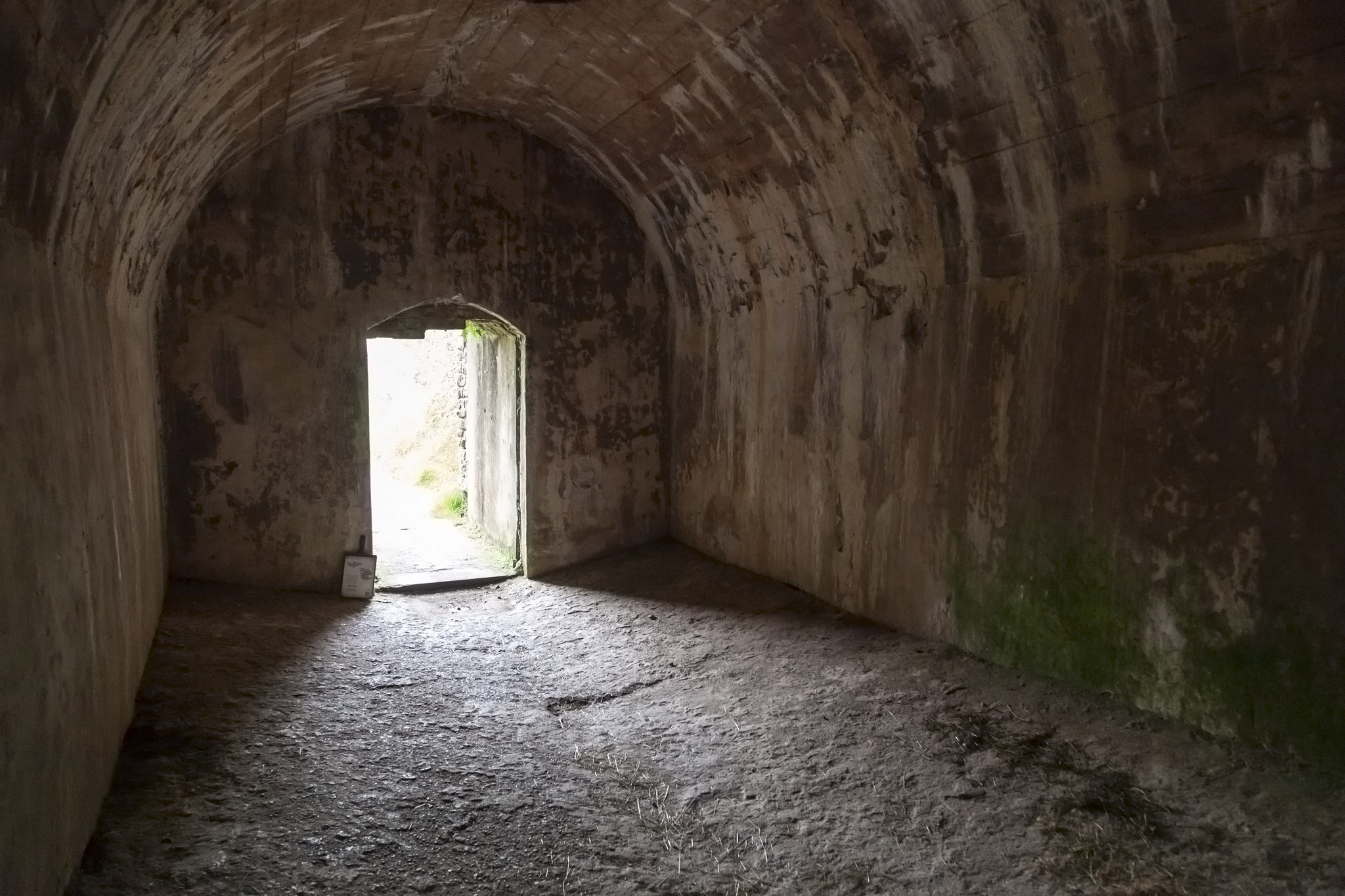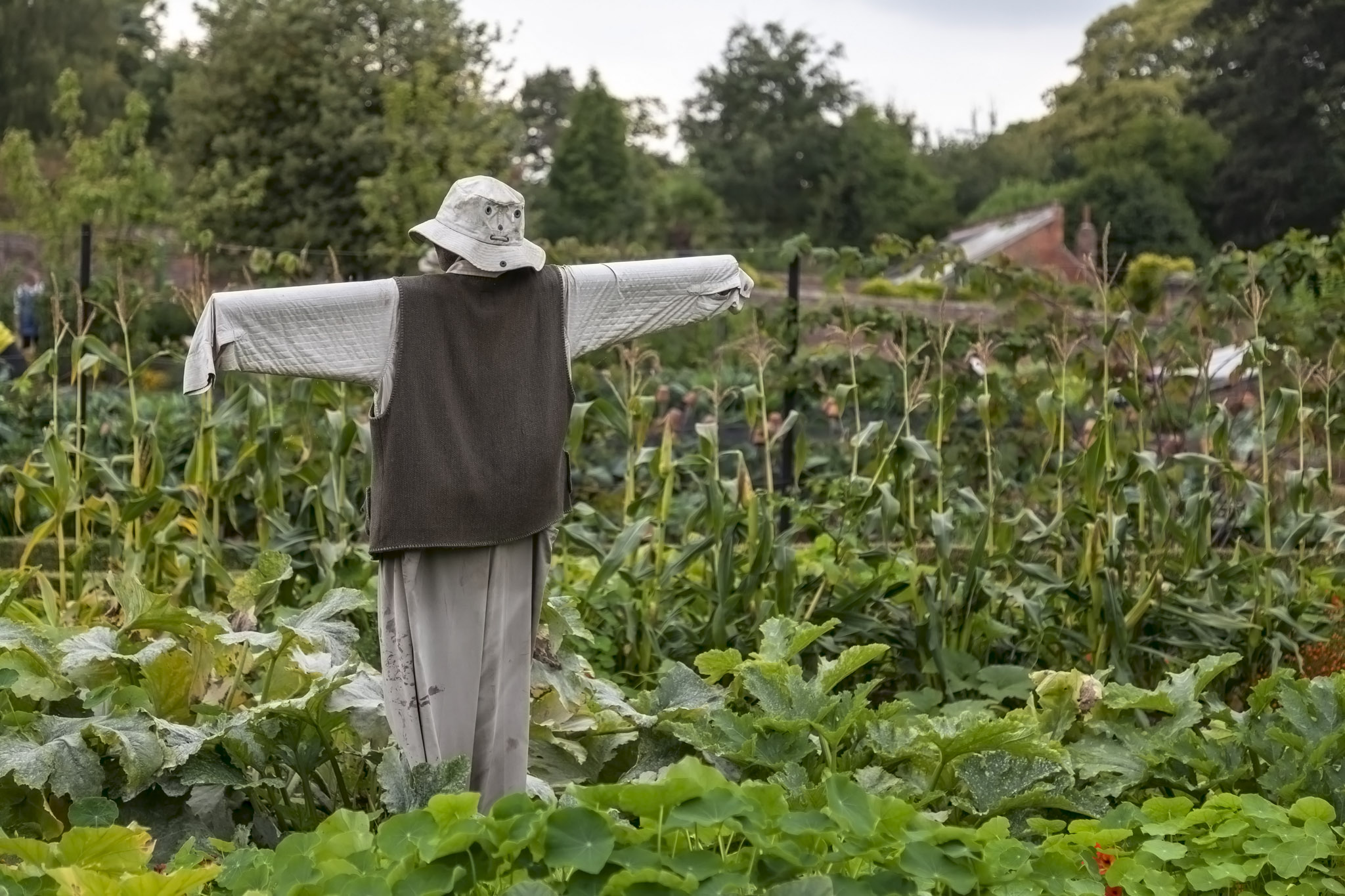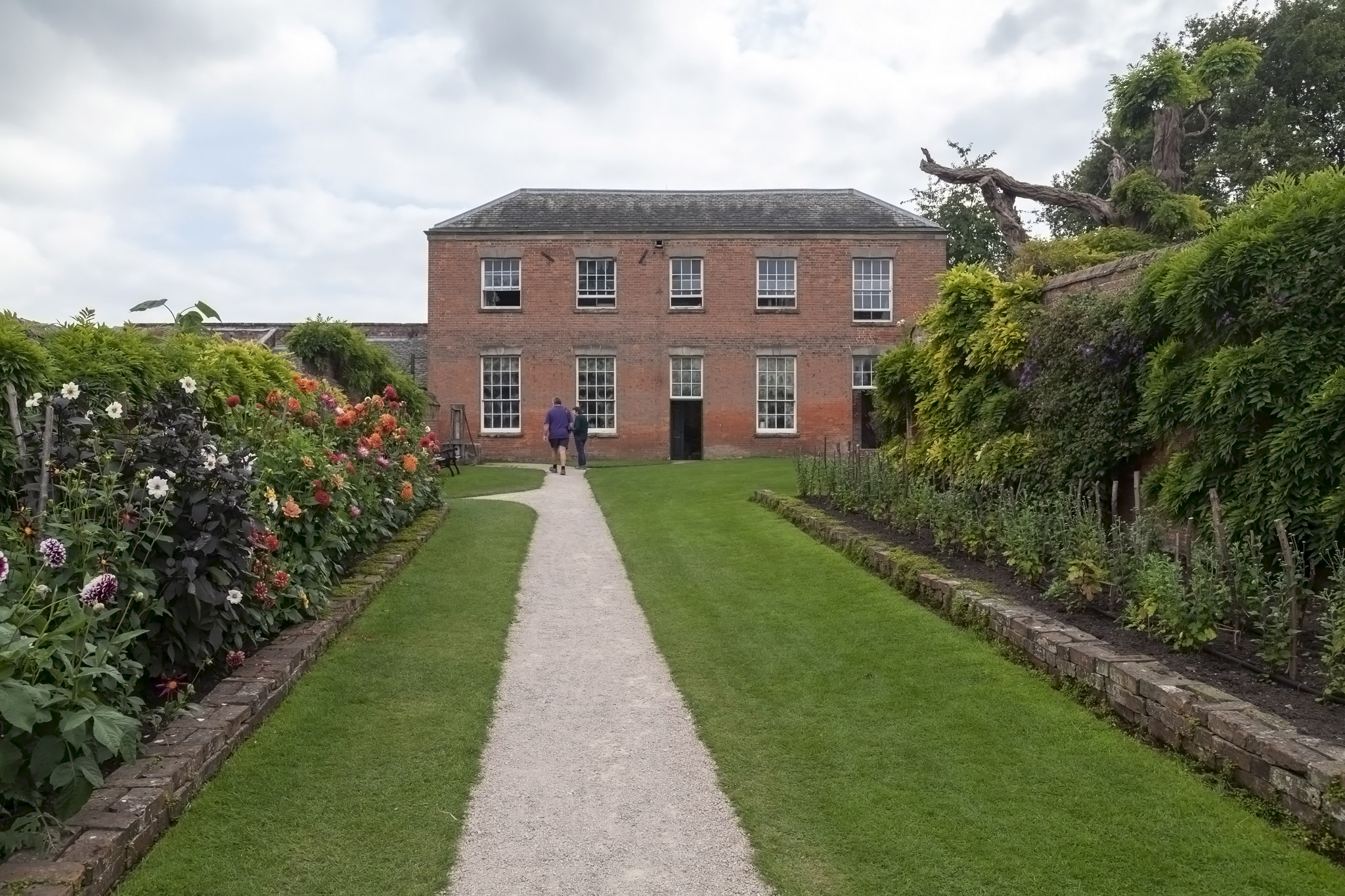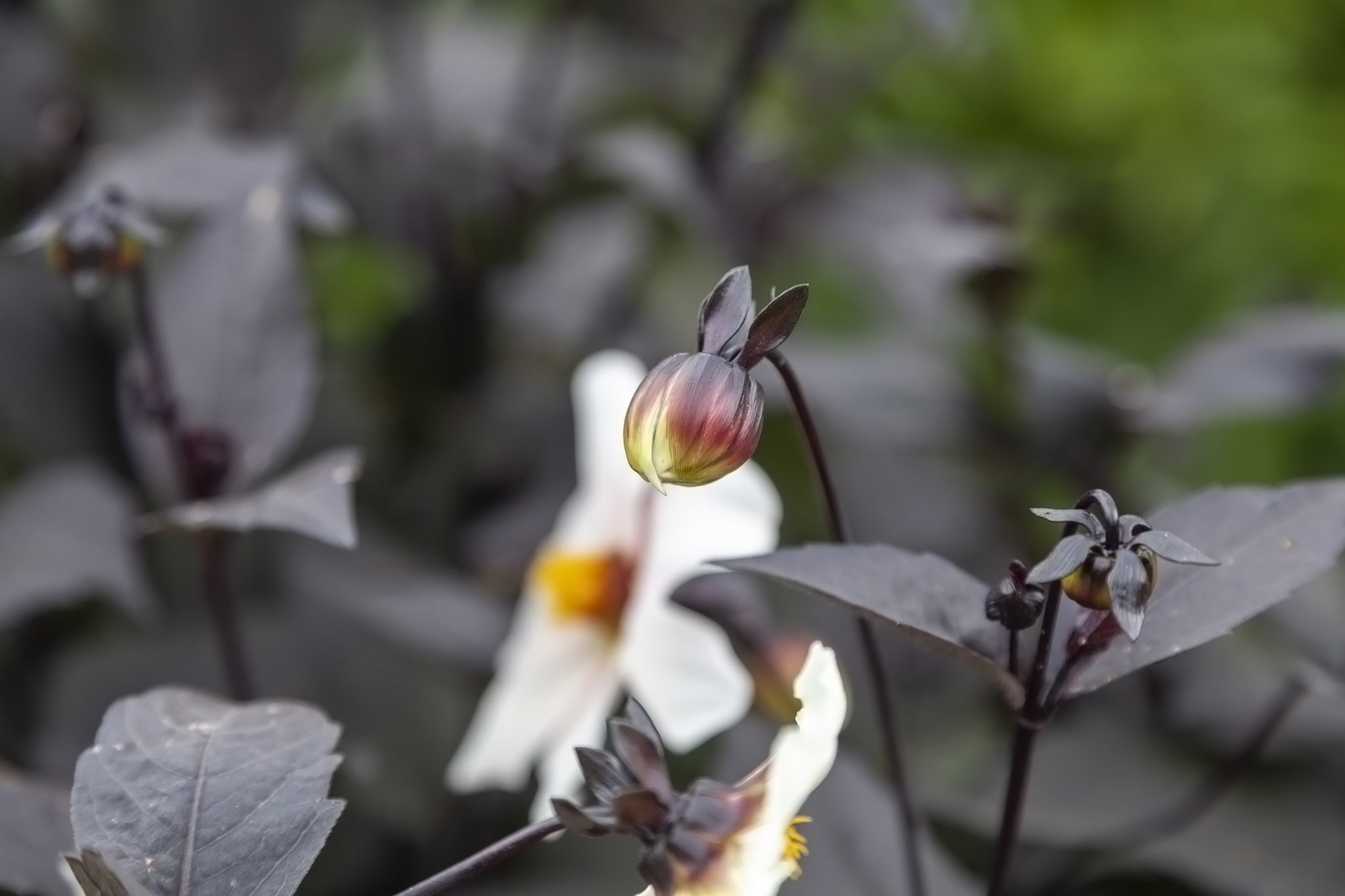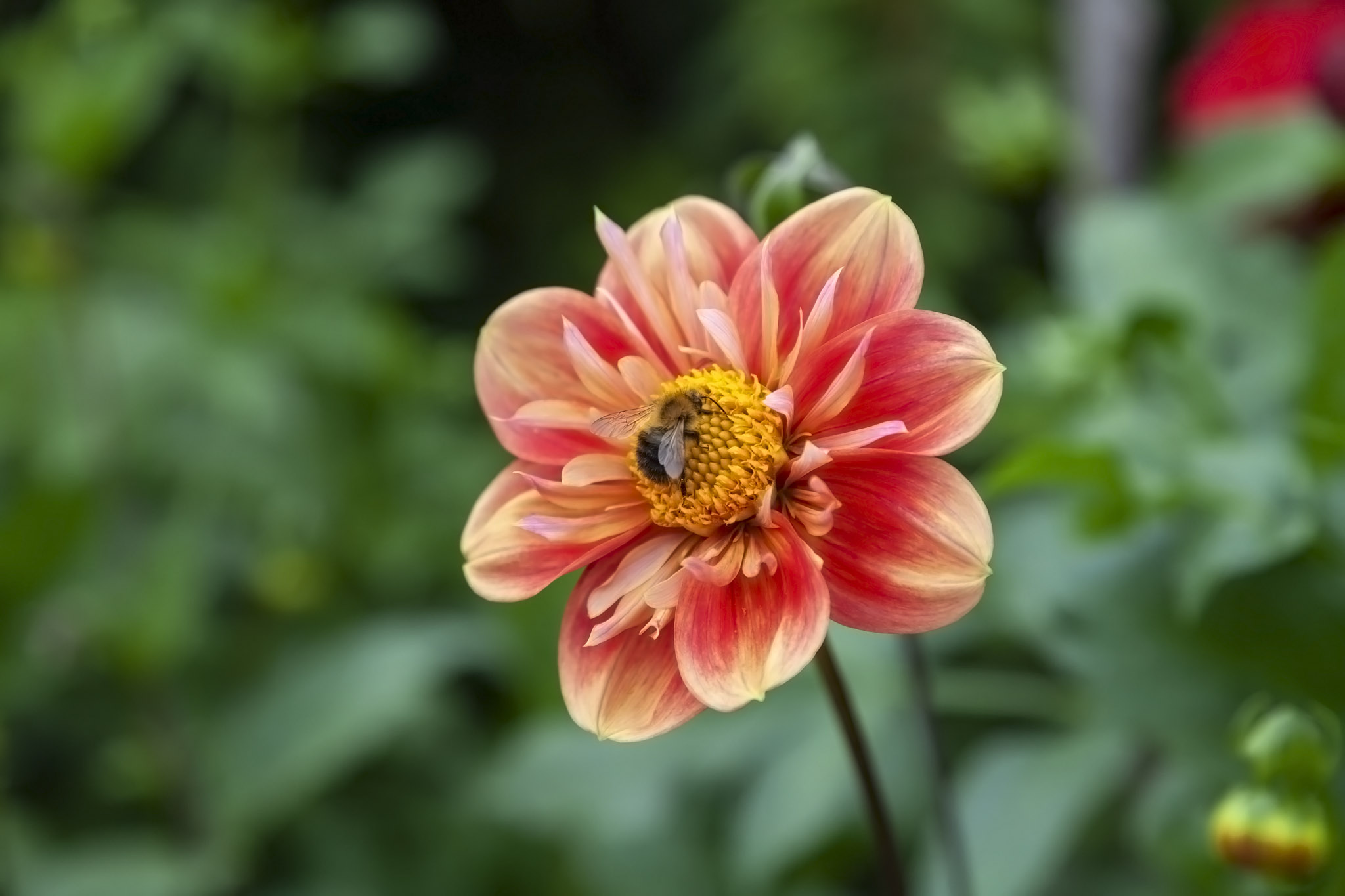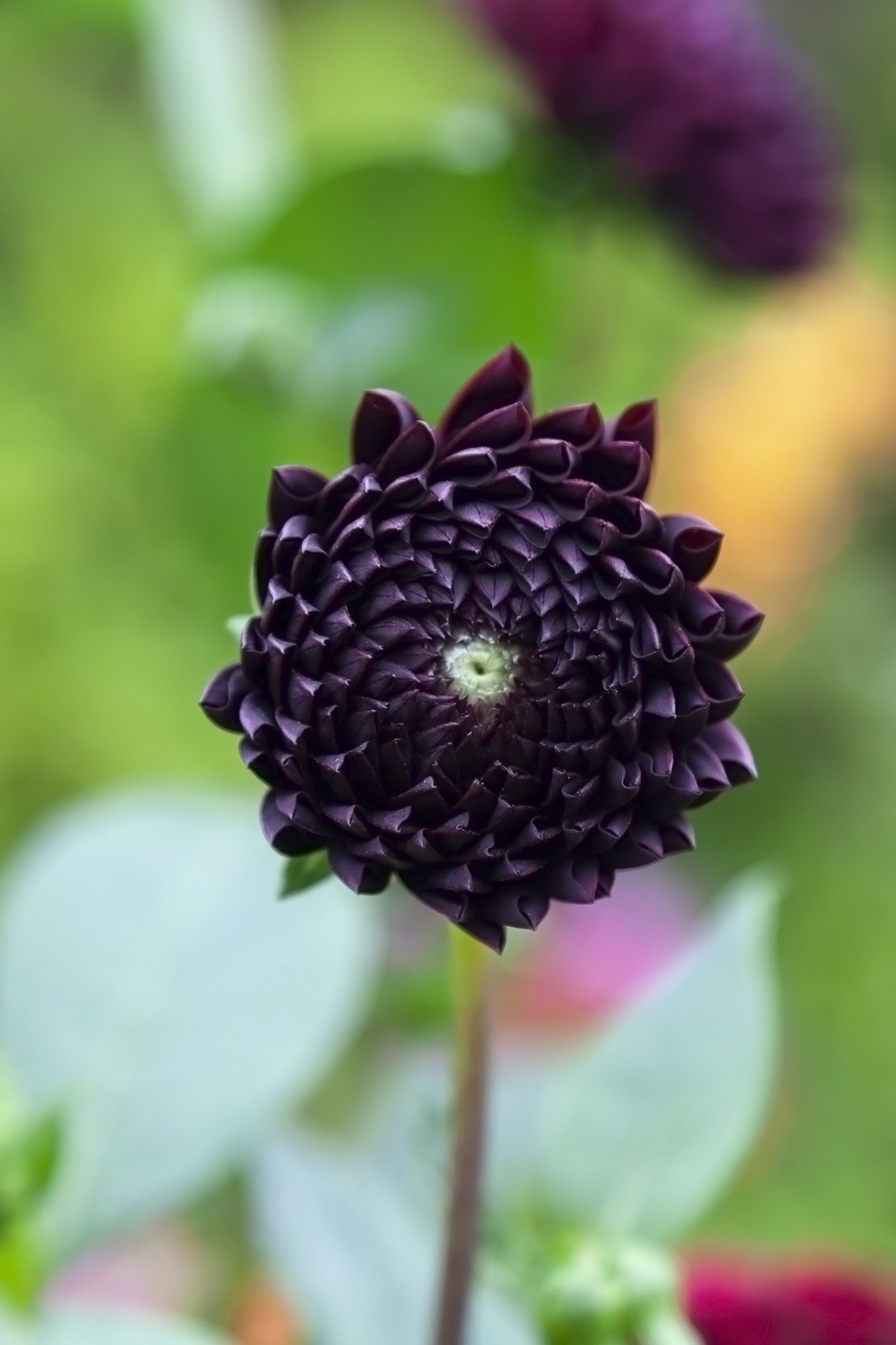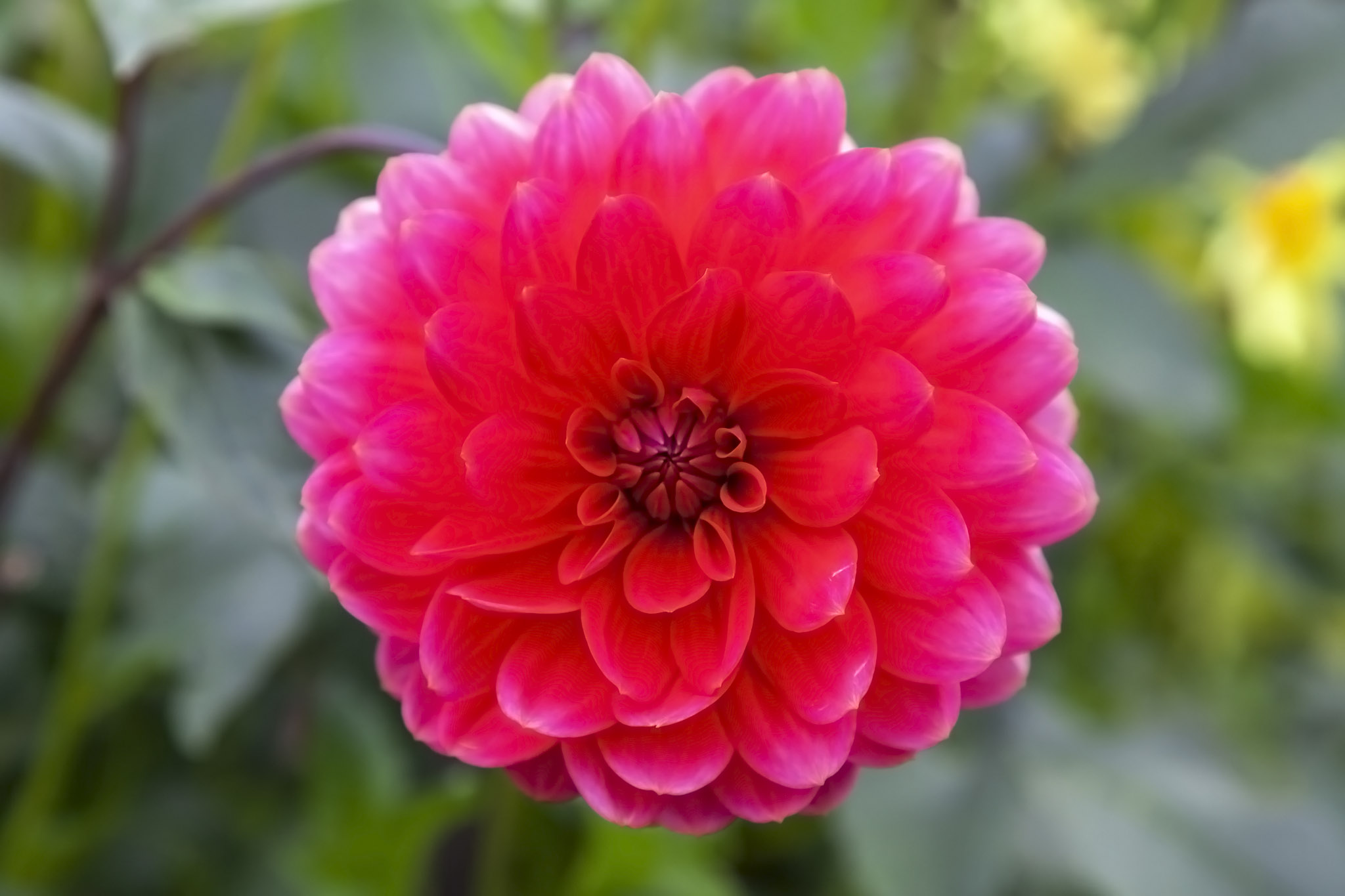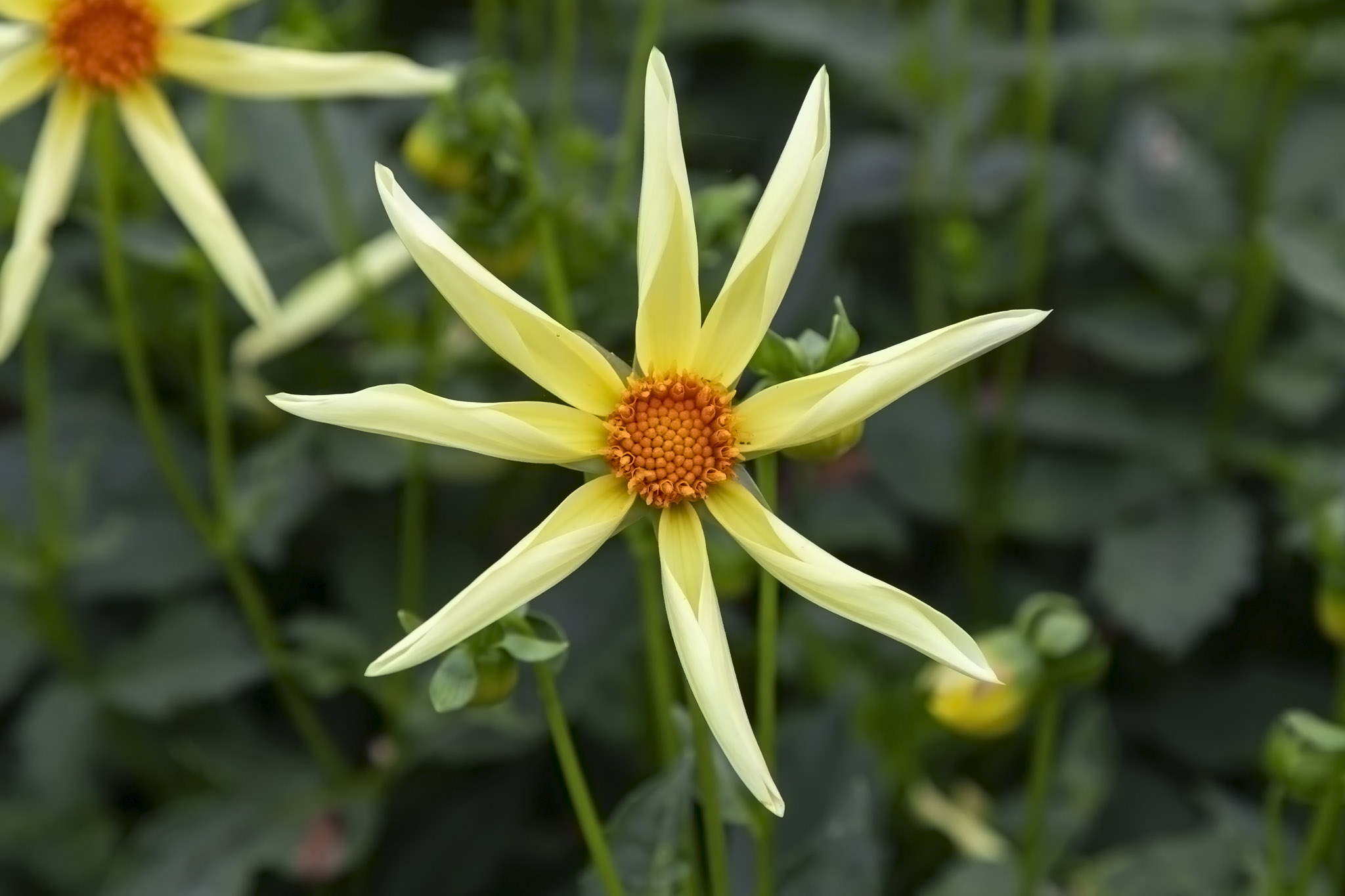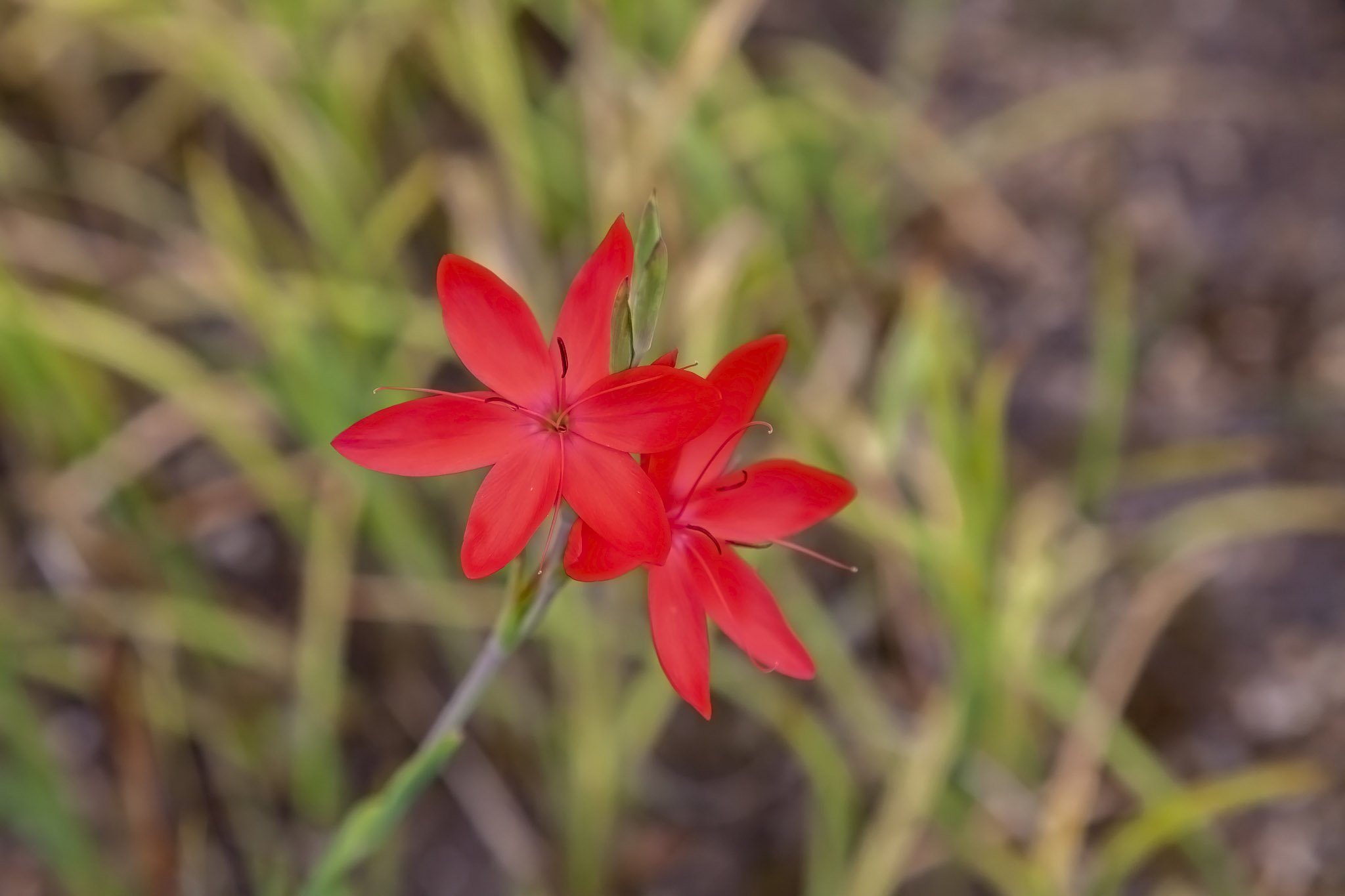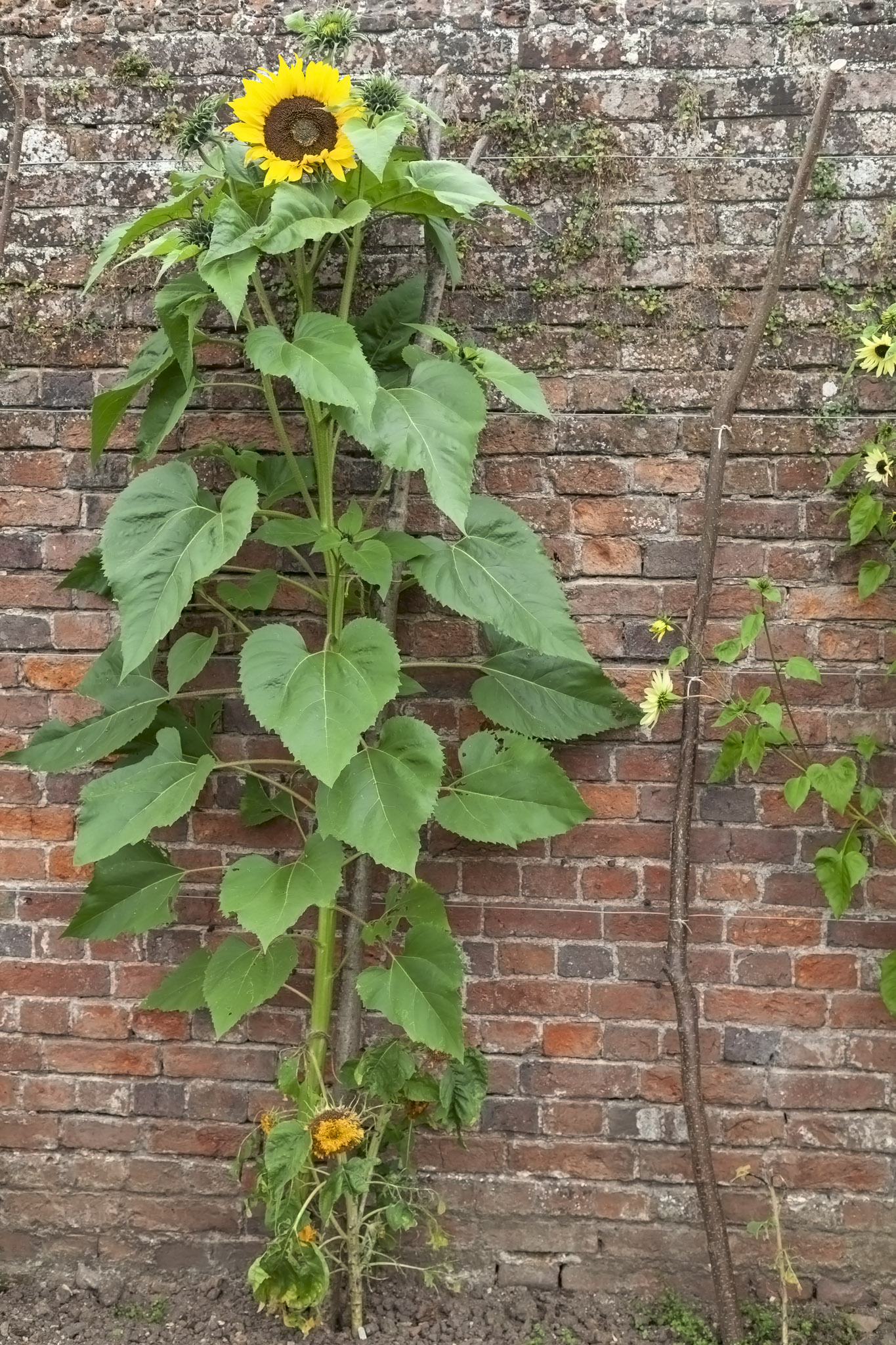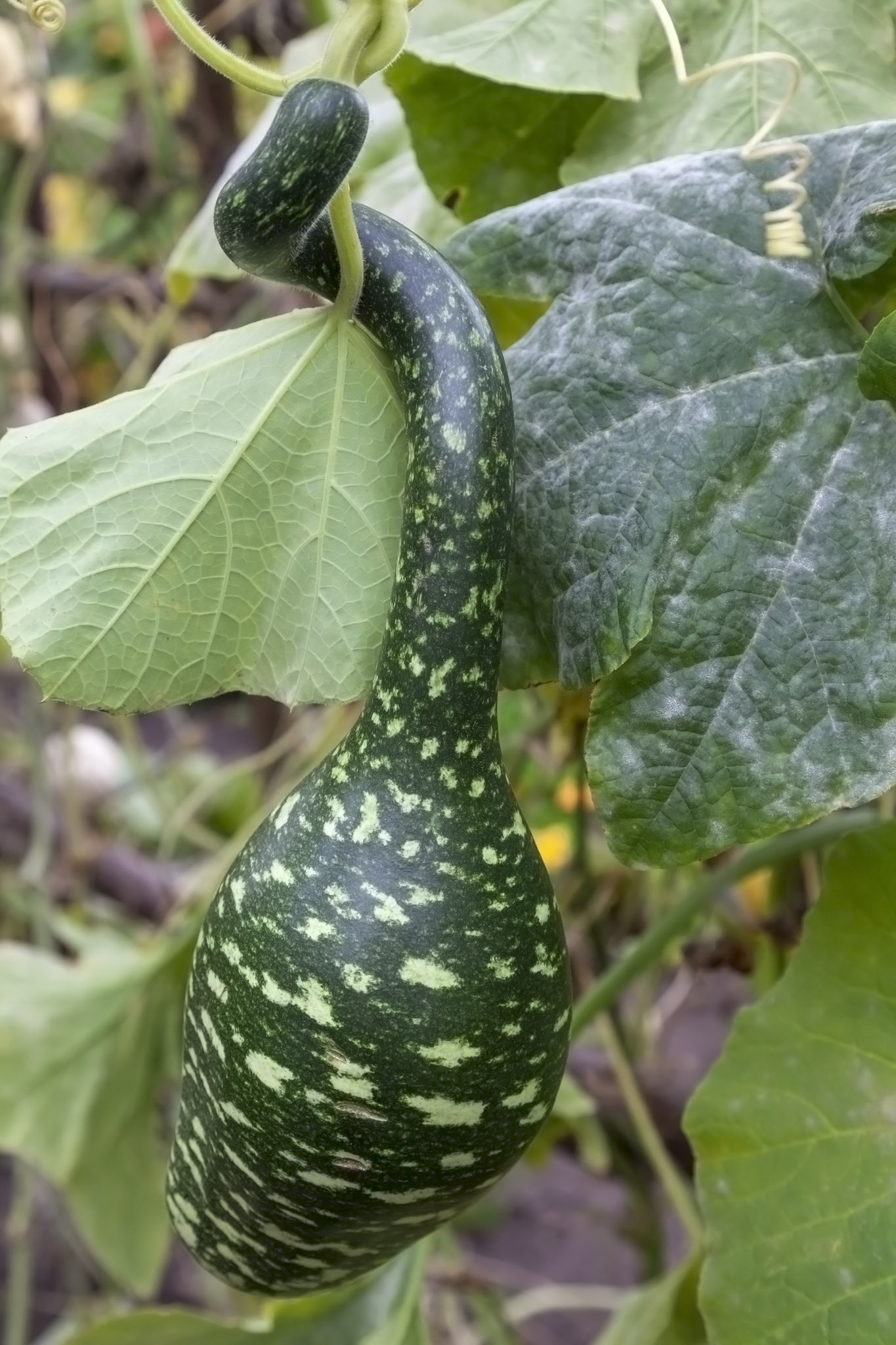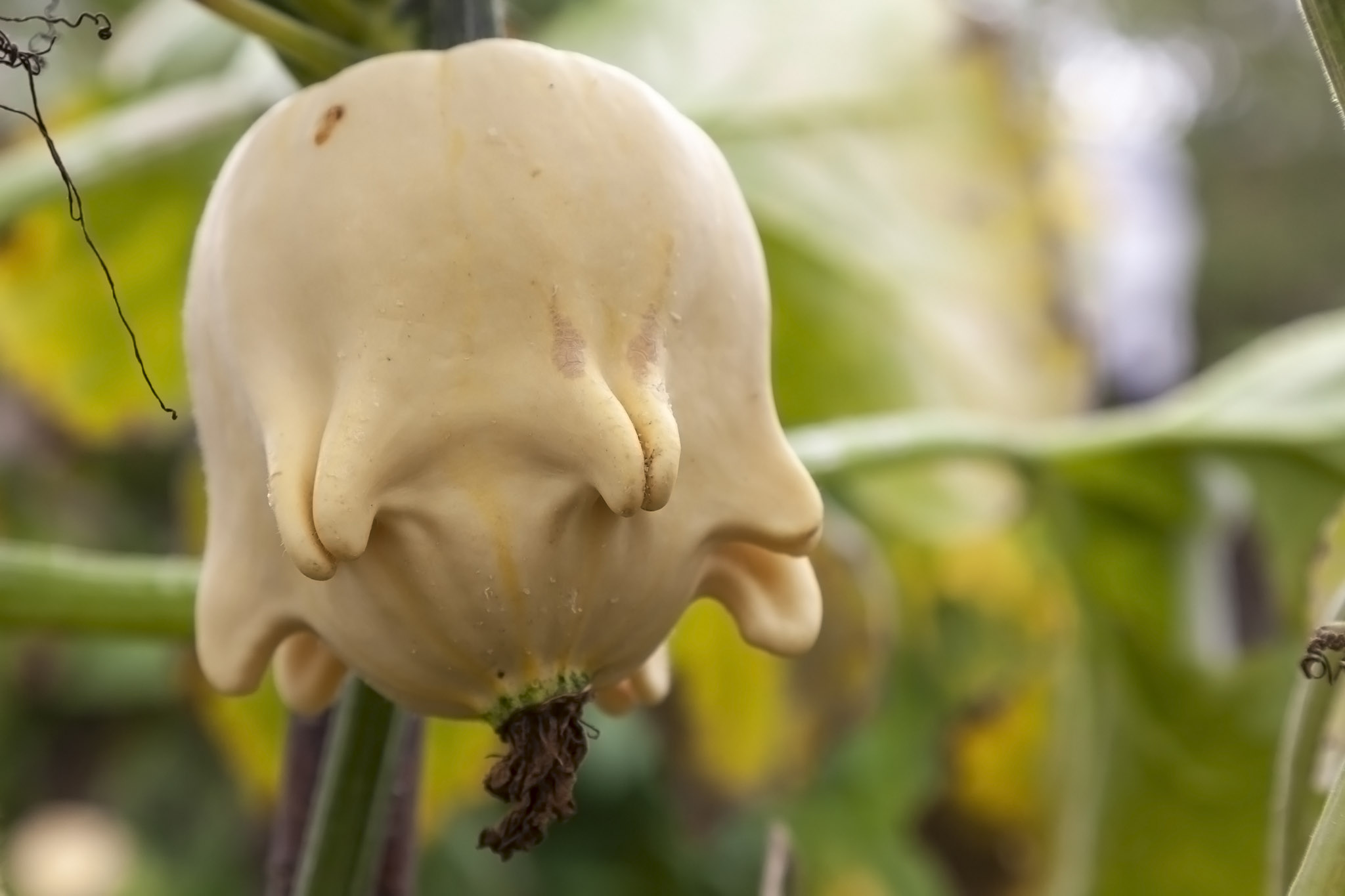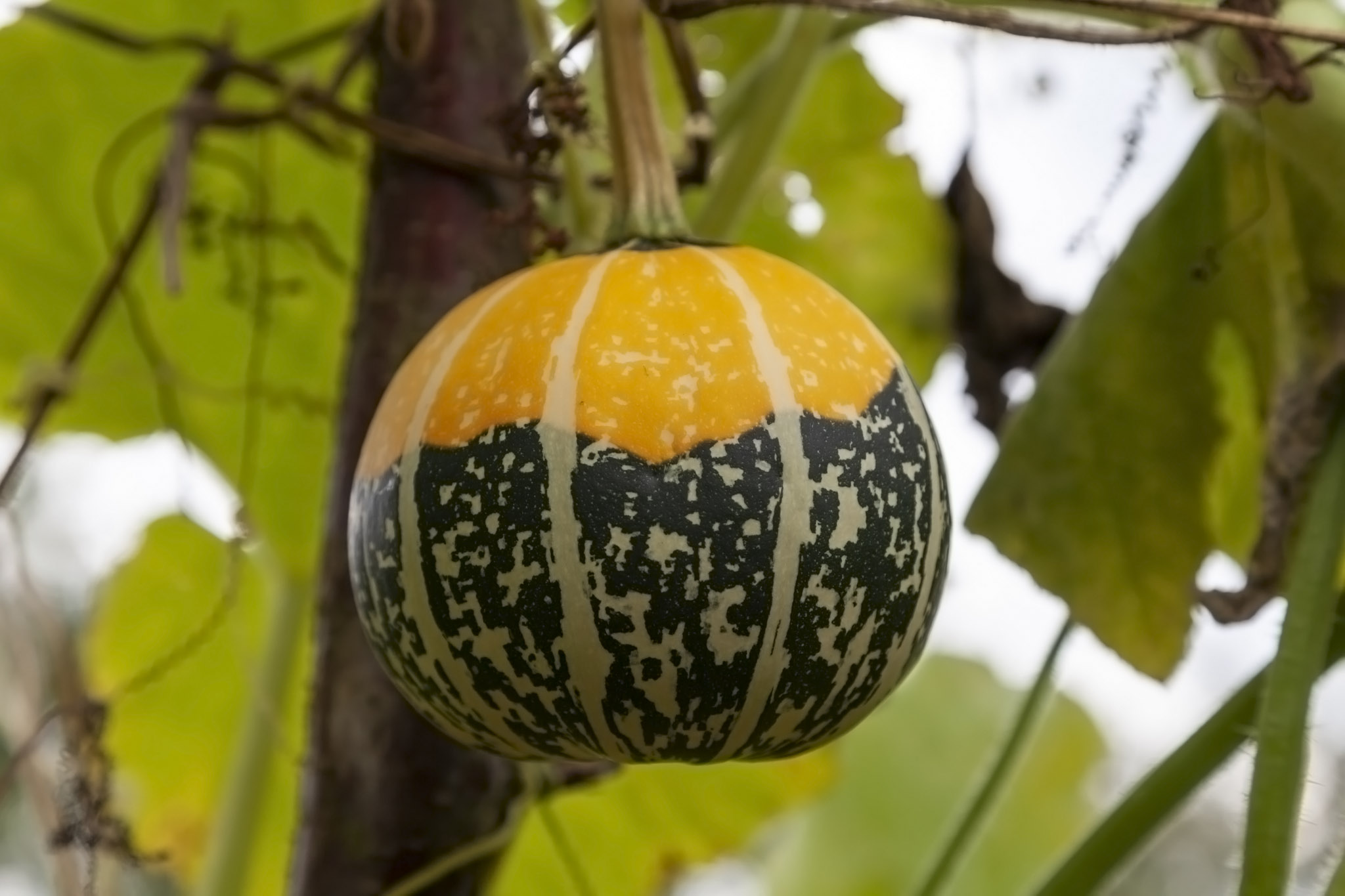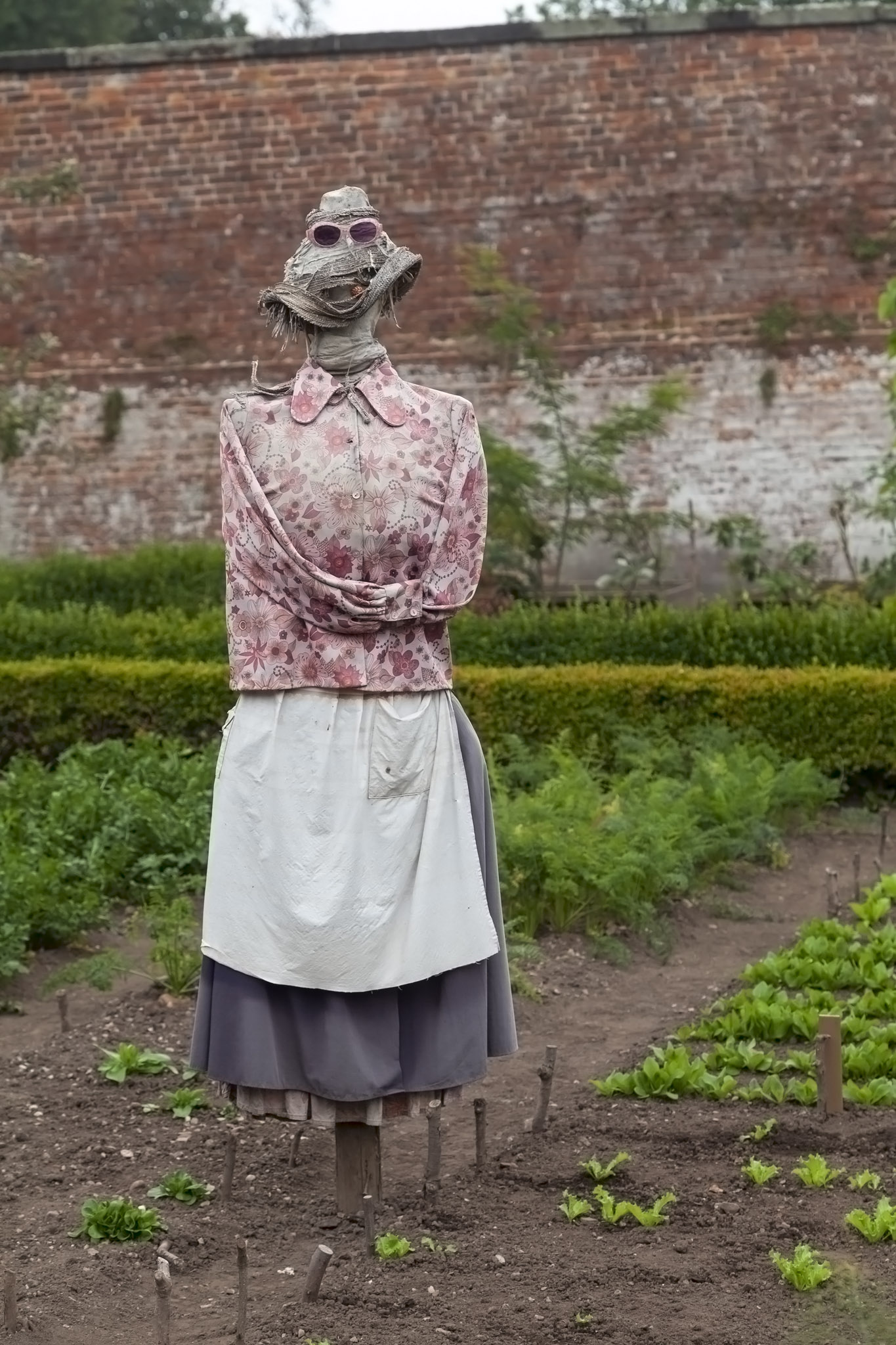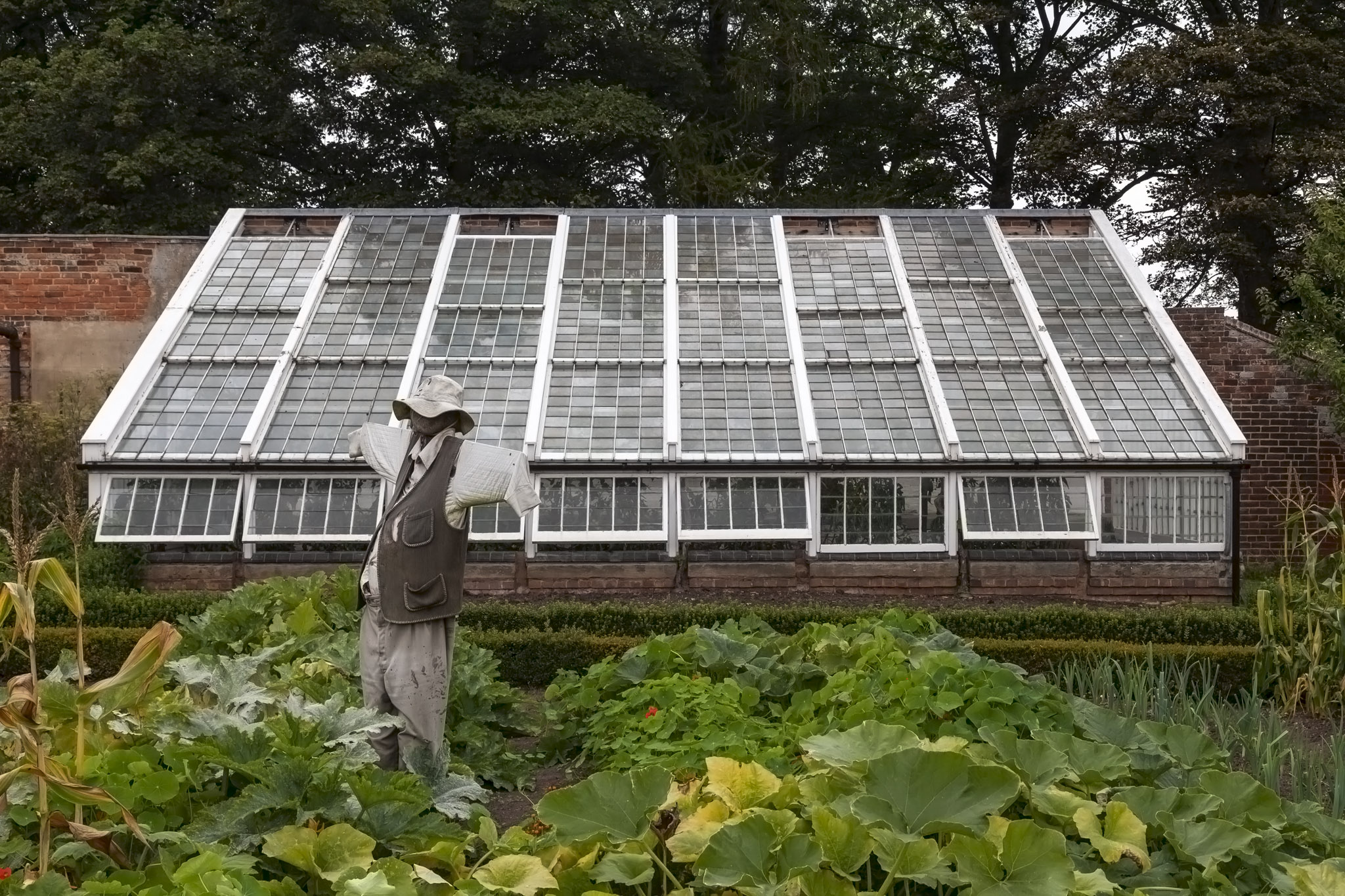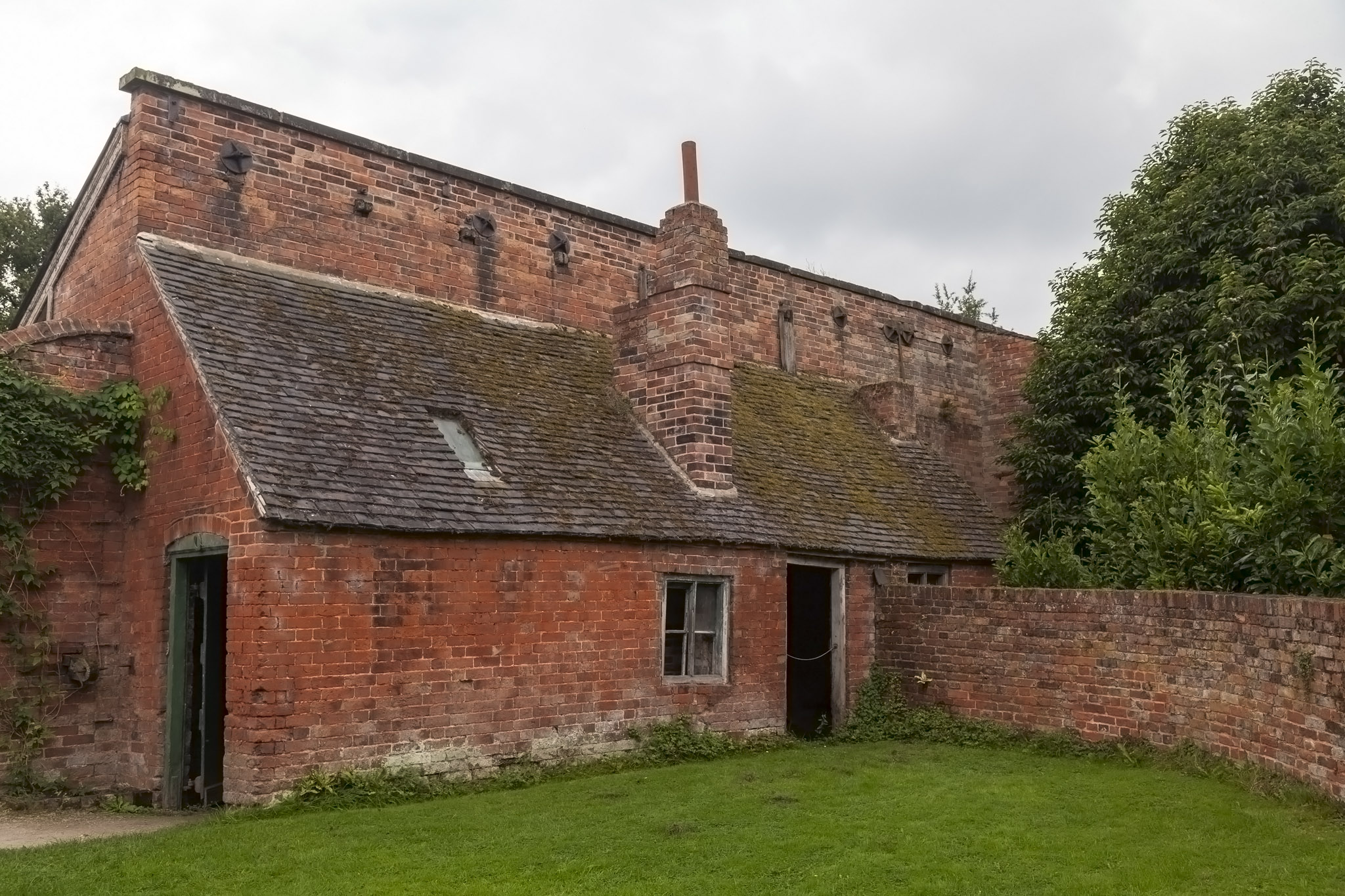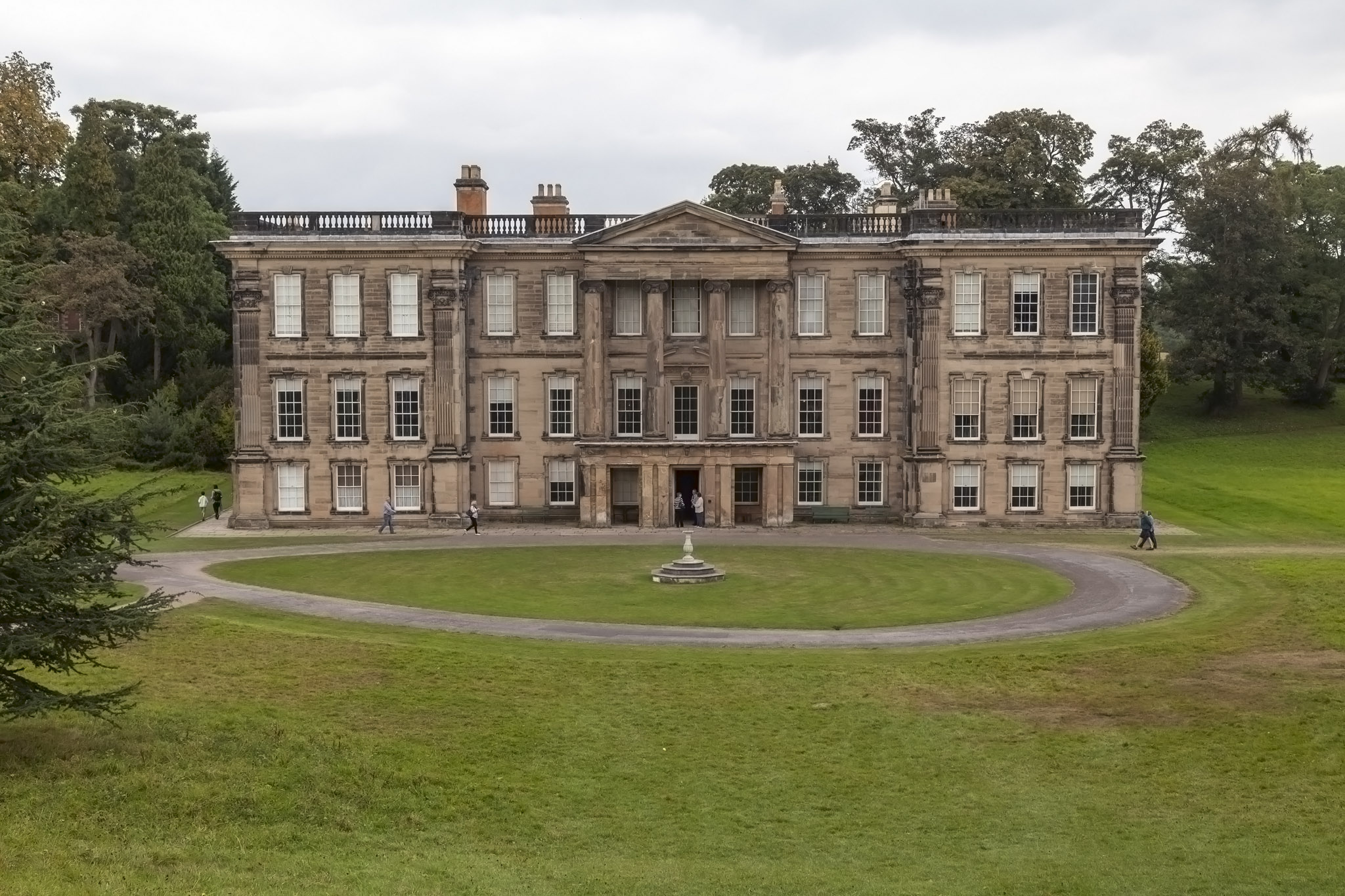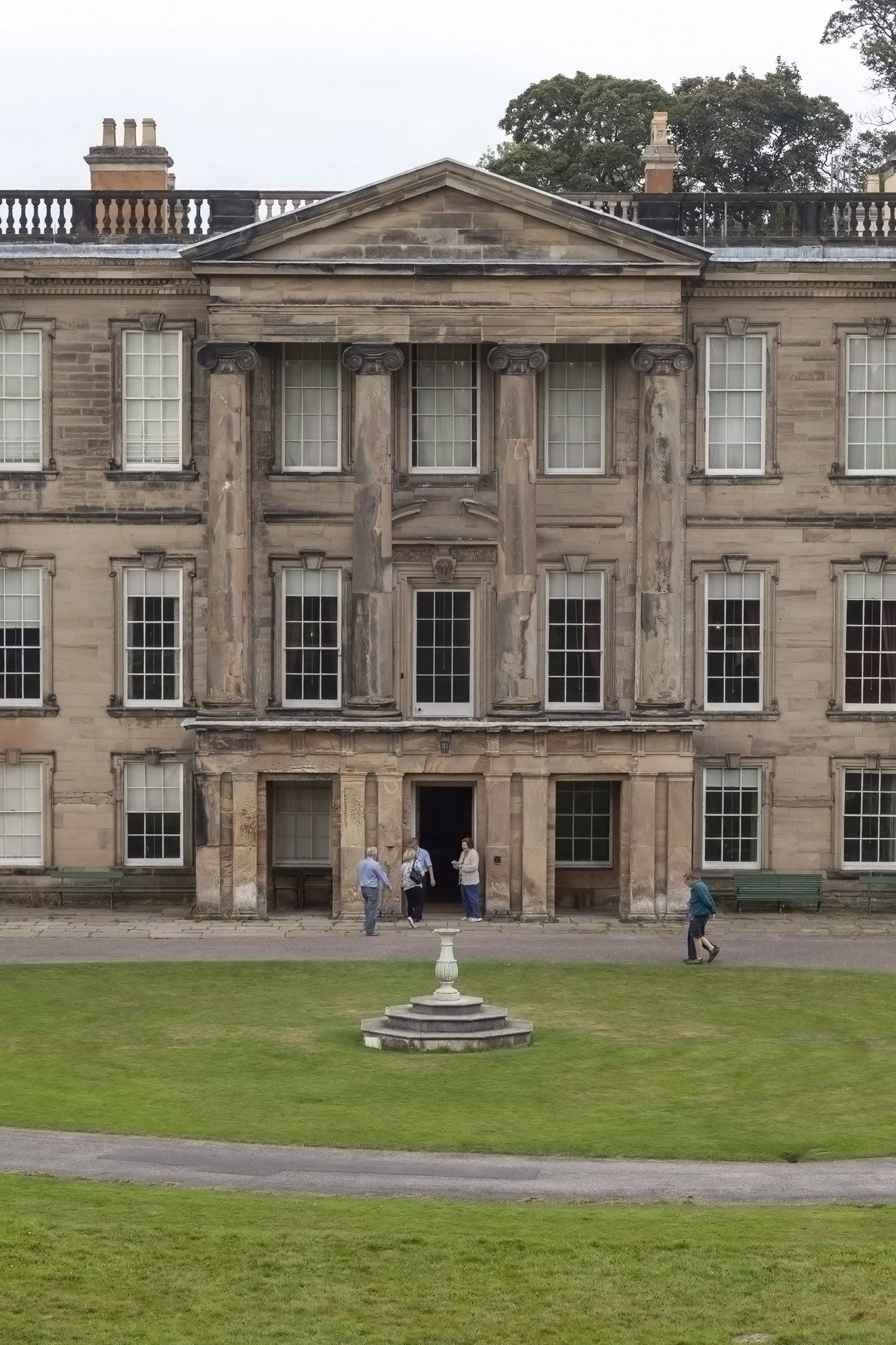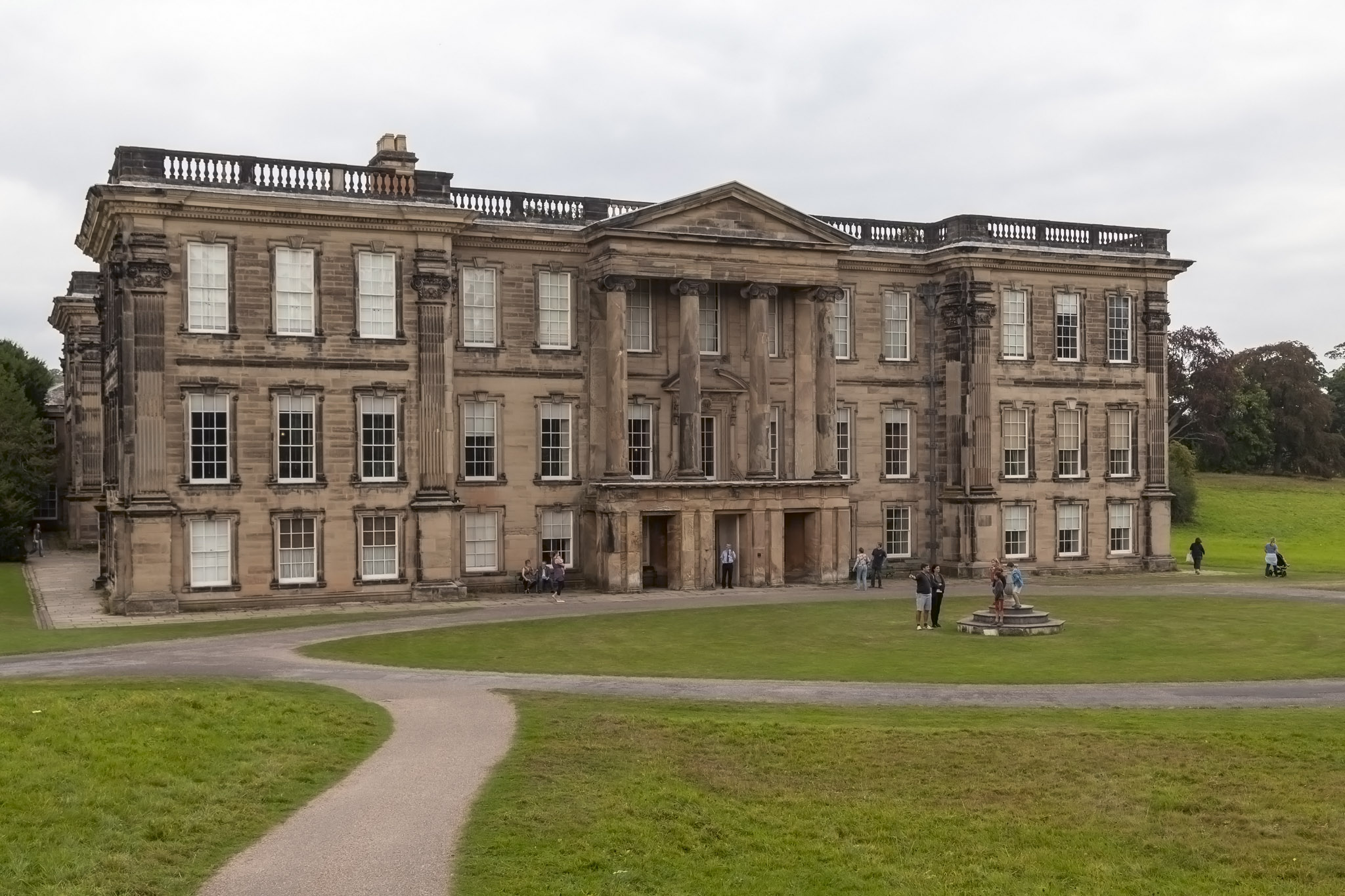Not quite an annual tradition, but if it’s possible then we try to make it to a rugby league game most years, and with rugby league being a mostly northern sport as far as England goes this means a five or more hour drive to Yorkshire or beyond. We always stay up north and if we can then we hunt down something along the route to break up both legs of the journey. In 2014, en route to Wakefield, we made a detour into Derbyshire to take advantage of our joint National Trust membership and pay a visit to Calke Abbey.
Calke Abbey is self-styled as “the un-stately home and country estate.” Despite its name the site never housed an abbey. Originally a twelfth century Augustinian priory, its fate followed that of many religious buildings in the wake of the mid-sixteenth century Dissolution of the Monasteries in that it passed through various hands as leaseholds until it was bought by the Harpur family in 1622.
The present day main building at Calke Abbey is a mansion in the Baroque style, built between 1701 and 1704. Death duties of heads of the Harpur family in the twentieth century saw the sale of much of the natural history specimens that had been collected by the tenth baronet, the fabulously-named and interesting character of Sir Vauncey Harper-Crewe (side-note: let’s bring Vauncey back as a popular boy’s name), and in 1985 the estate was transferred over to the National Trust. Calke Abbey’s decay has been halted by remedial work but no restoration has taken place in order to present the estate as one in decline with much of the interiors of the buildings as they were in 1985 and with some not having had any changes since the late nineteenth century. This makes Calke Abbey a very interesting place to visit and sharp contrast to other stately homes managed by the National Trust.
Our arrival at Calke Abbey initially brought us to the stables, a quadrangle of buildings housing old carriages and estate equipment.
The stables had some lovely arched designs to them but they appeared to be quite small to my inexpert eyes. In addition there was what we first took to be a painting of the stables in the stables (which I had to take a photo of so that I could take a photo of a painting of a place in that place for all the meta wonder that would bestow). This turned out to be a lenticular image which caused a well-dressed person – one of the Harpur family, no doubt – and some workers to appear depending on the angle at which it was viewed. With the age of everything else in Calke Abbey there was something a little anachronistic about this object but it was interesting to see the people appear as if ghosts.
The northeast corner of the estate is given over to a deer park where herds of red and fallow deer roam free. Just before entering the main building we spotted some of the animals in the fields and seeking shade near trees.
And so to Calke Abbey itself. Many, many years ago it used to be almost impossible to take photos inside stately homes under the pretence of preservation when it was really just to give Big Postcard a monopoly on sales of imagery. Fortunately, these days it’s a lot more relaxed (so long as you don’t use flash photography) and when it comes to Calke Abbey in particular any claim that a shot might damage the heritage of the place wouldn’t stand up to a side-eye of scrutiny so you’re free to photograph whatever you like. From a personal perspective, I find decay is always an interesting subject, and there is far more an appealing sense of the passage of time in something abandoned than something still lived-in. All of which is my way of saying that I took a lot of pictures of this particular National Trust location.
Not all of Vauncey’s collection of taxidermy and specimens of natural history that he’d acquired were sold to settle tax bills, and those that remained could be found in numerous rooms around the un-stately home. His love of birds is obvious to see and it was this love that led to a lot of neglect around the estate as he wanted a more wild environment and more natural habitat for them to live in. And then to be shot and stuffed in. We can understand the first part of that sentiment as that’s the excuse we’ve given for not sorting out our garden for the last two decades too.
I particularly liked the look of a bamboo-framed shower unit in a bathroom in the abbey. There’s a fabulous amount of inventiveness into how you think it must work, although there does appear to be a width limit on anyone who needs washing.
The bedroom was one of the most distressed-looking rooms and yet it still contained a fairly impressive four-poster bed. The shelves with neatly-folded clothing seemed particularly jarring in this room and almost gave the impression of a hurried abandonment of the property as opposed to a slow decline and general lack of attention.
With its bare stone walls and floors, and with the empty wooden plate racks resembling bars, there was a feel of a prison to Calke Abbey’s kitchen.
We finished our time in and around the main structure with a short wander down some tunnels. The estate has several of these serving different purposes and has opened more since the time we visited in 2014.
Our visit to Calke Abbey was rounded off with a brief exploration of the nearby estate grounds. We started with a grotto with artificial stalactites and an oddly out-of-place conch shell.
On our way to the garden on the estate we encountered some more deer and some kind of storage location.
The walled garden had the usual array of flowers that we’ve come to expect from these places but also plenty of vegetables, both familiar-looking and decidedly less so, all protected by scarecrows. This area along with the land surrounding the head gardener’s house was well looked-after, in complete contrast to the interior of the other buildings we’d seen.
Some parting shots of Calke Abbey concluded our stop at this Derbyshire house and grounds. While this visit took place during a period when I was less diligent about taking notes regarding what we’d seen and we were under some time constraints on account of needing to continue our drive up north, there was clearly a lot that caught my interest in the main building in particular and it’s certainly a property worthy of a visit. There was more to see in the nearby area, including a church, and it’s entirely possible we’ll make another stop here one day to see what else we can find in the since-opened underground locations, as well as get some more details about some of those rooms and buildings we passed through first time around.
